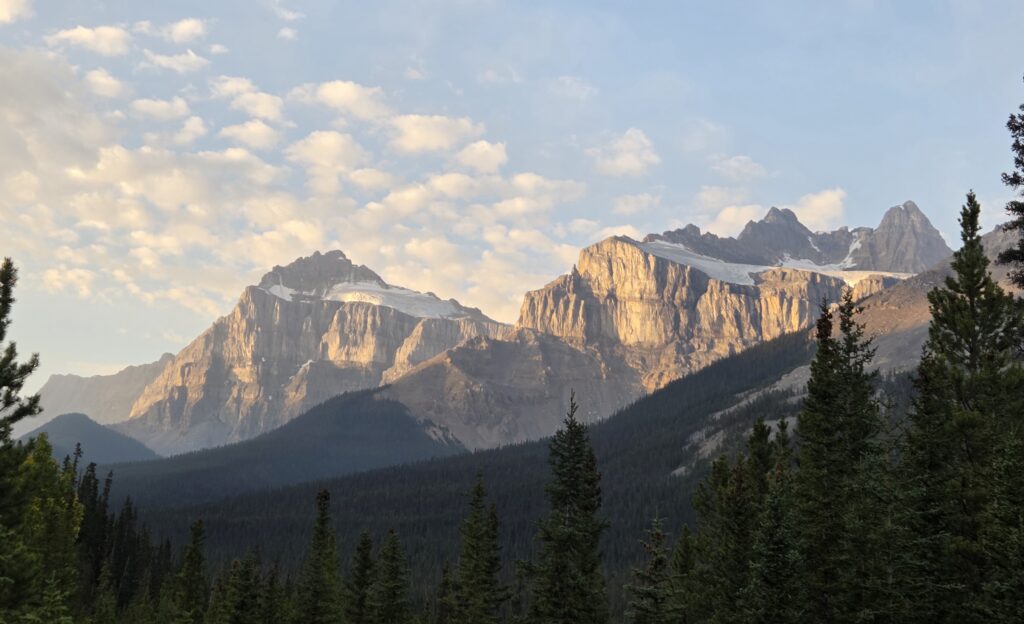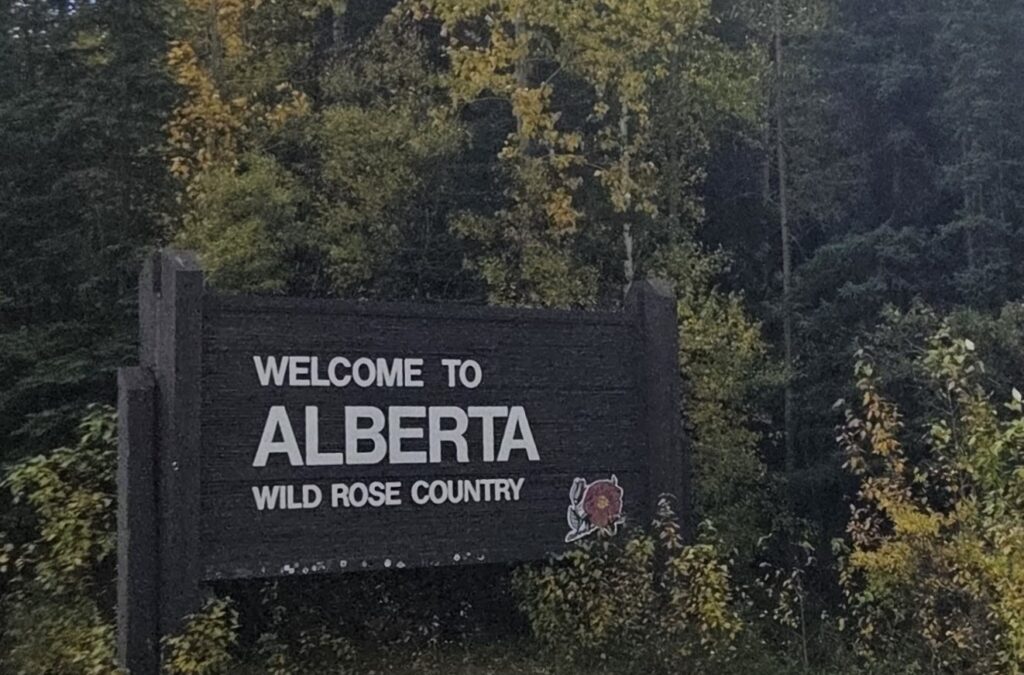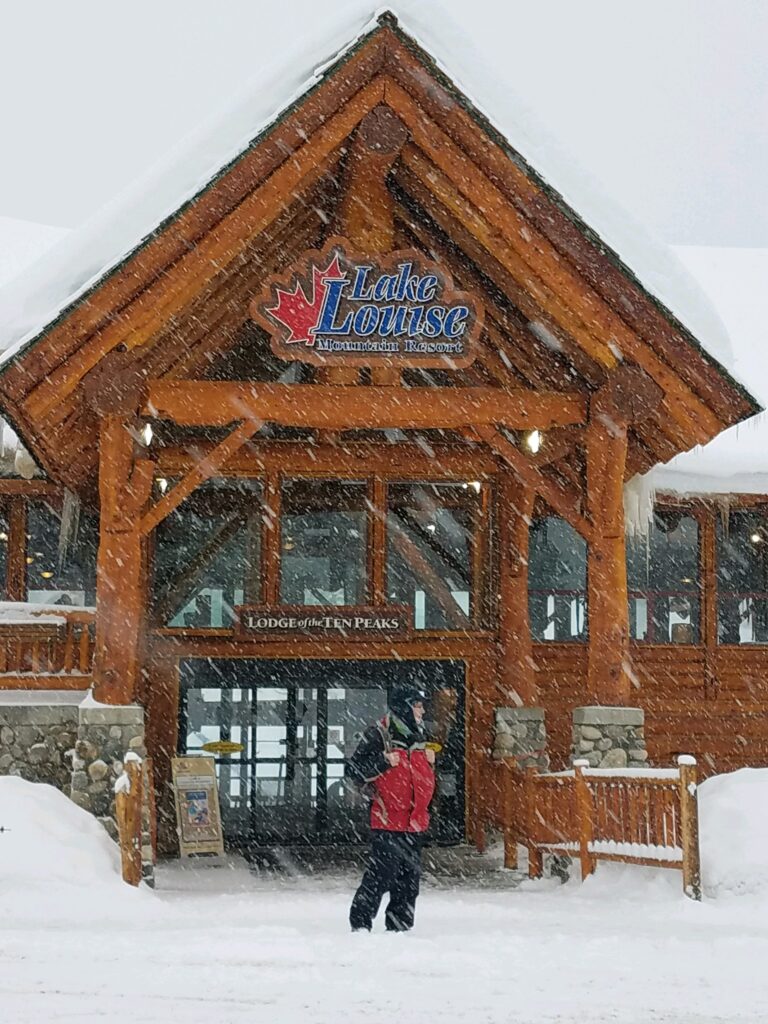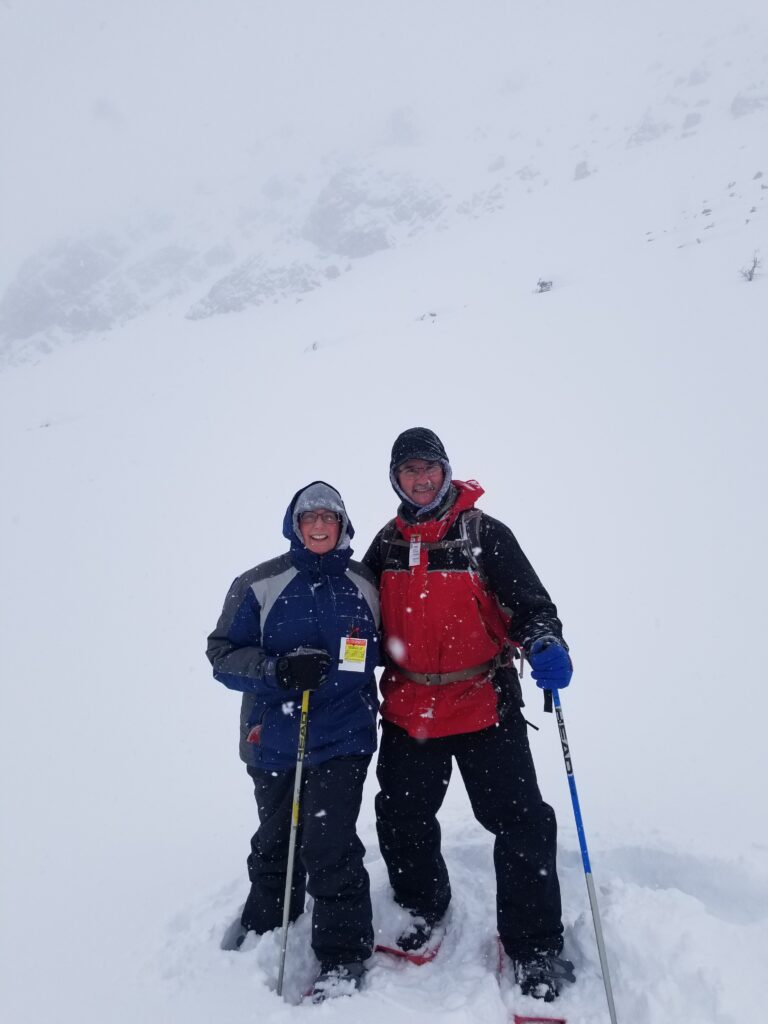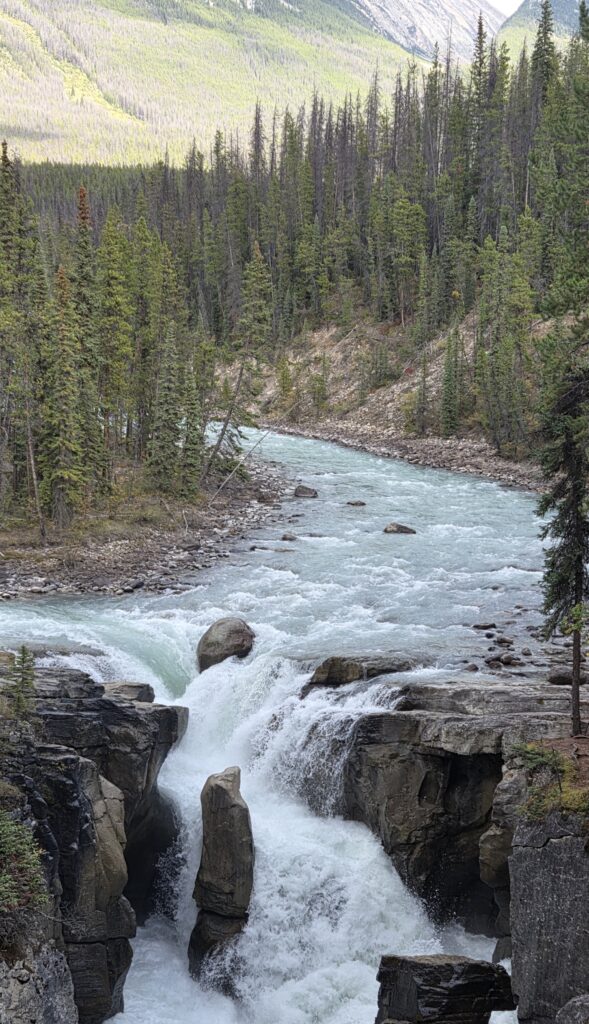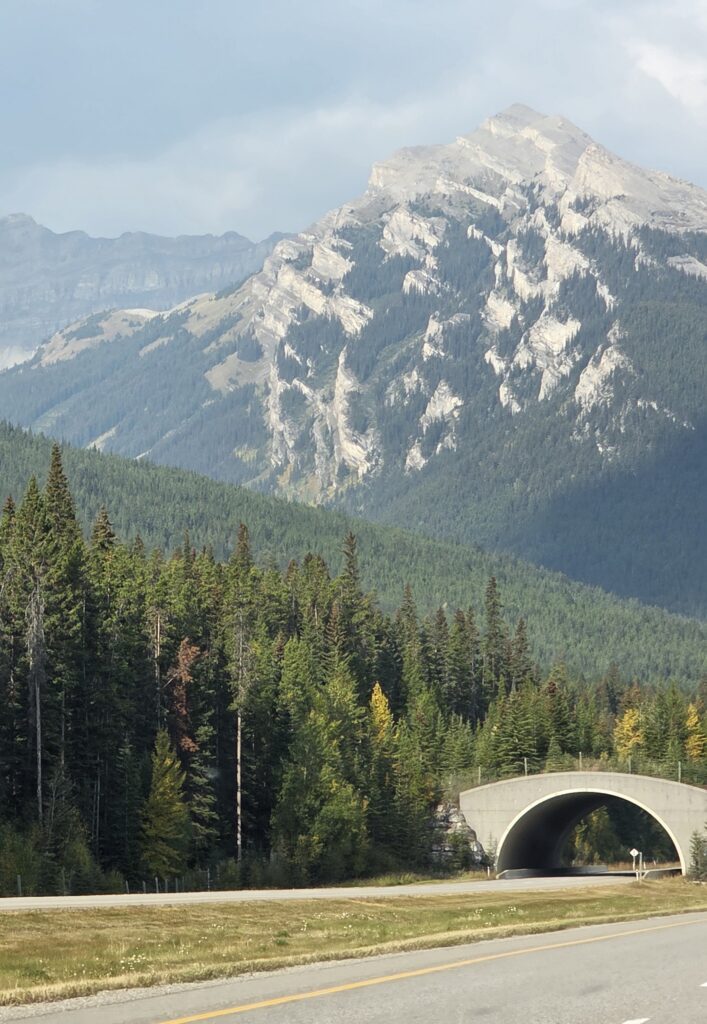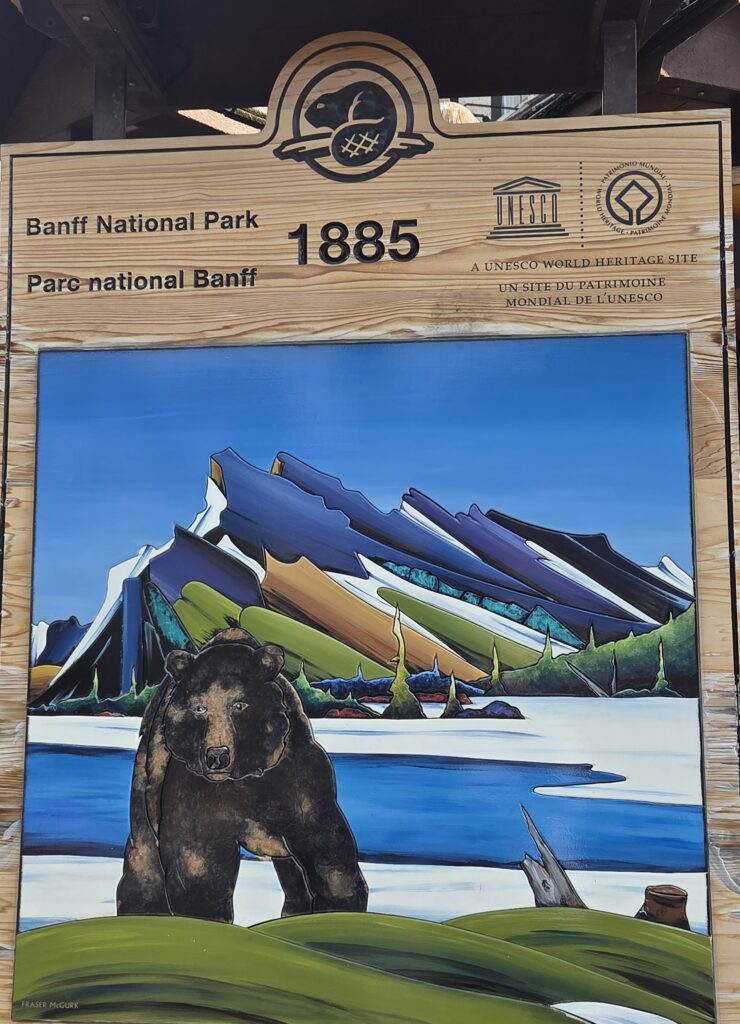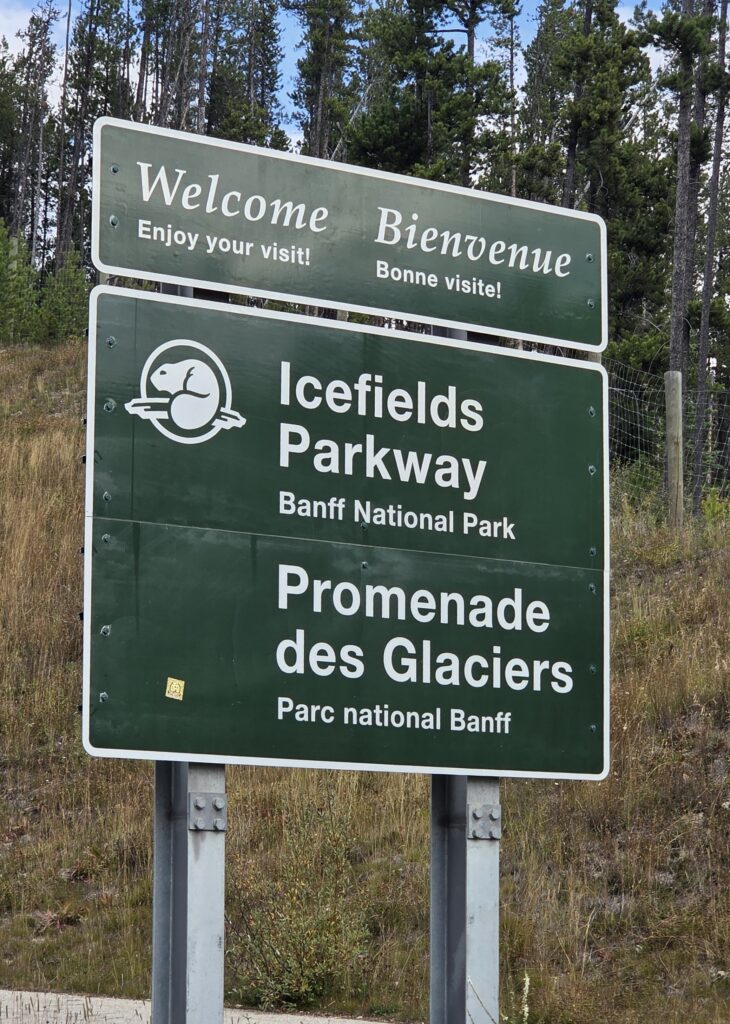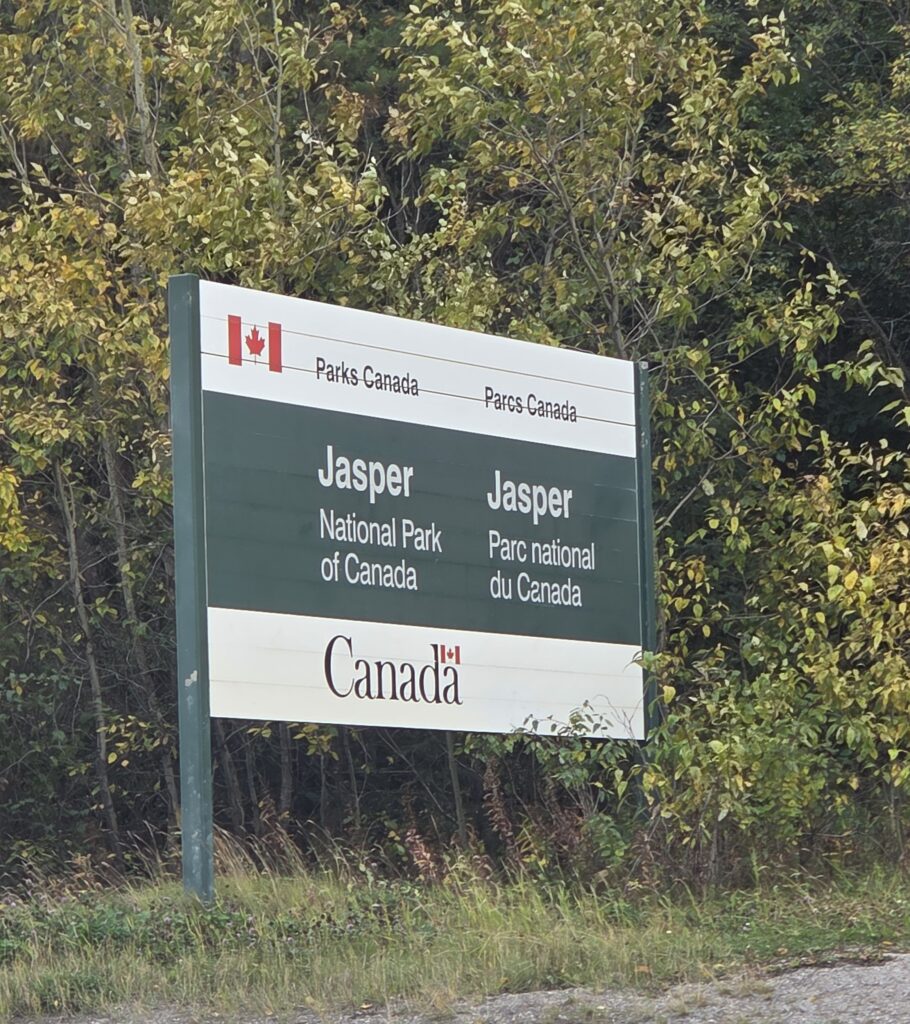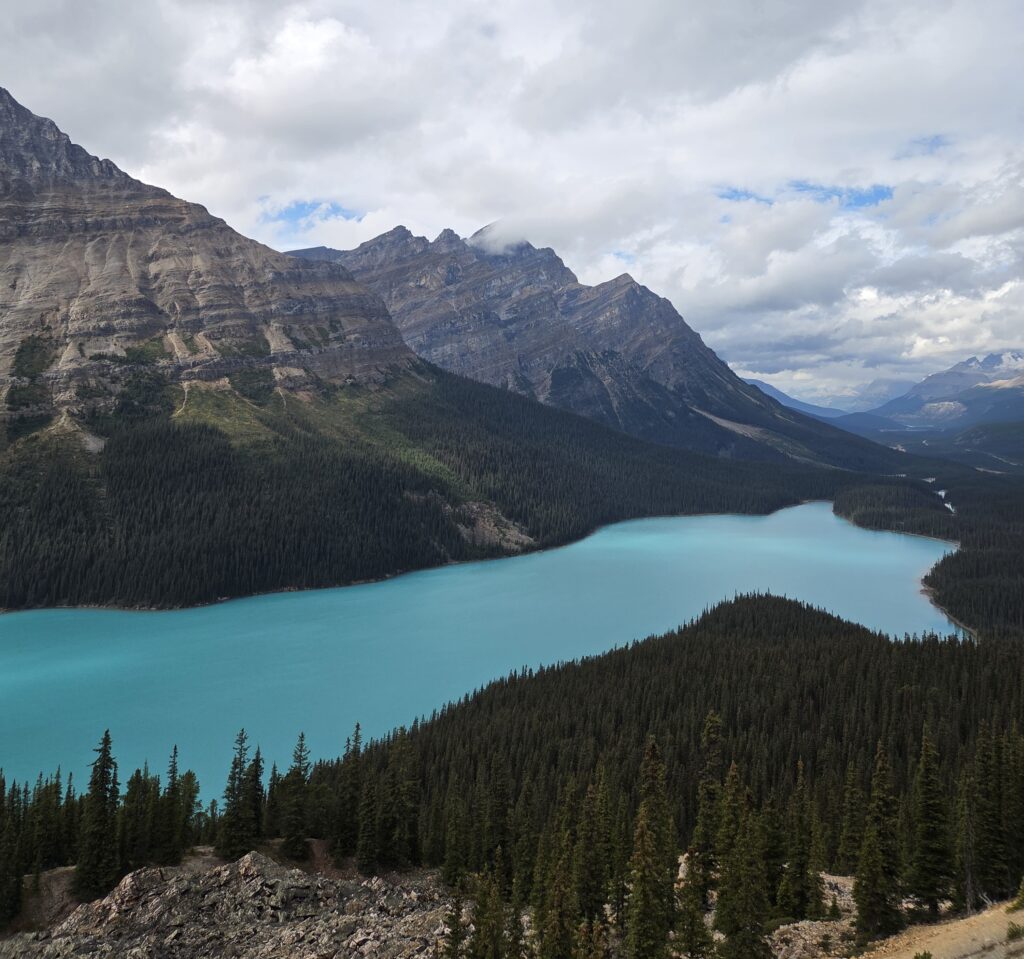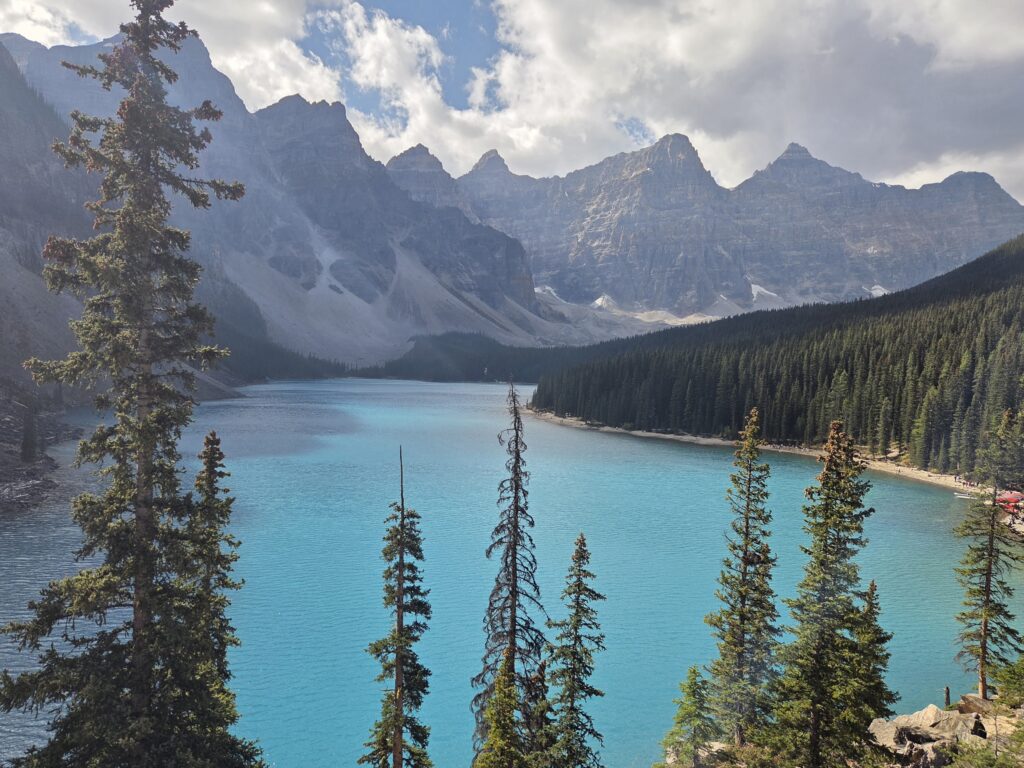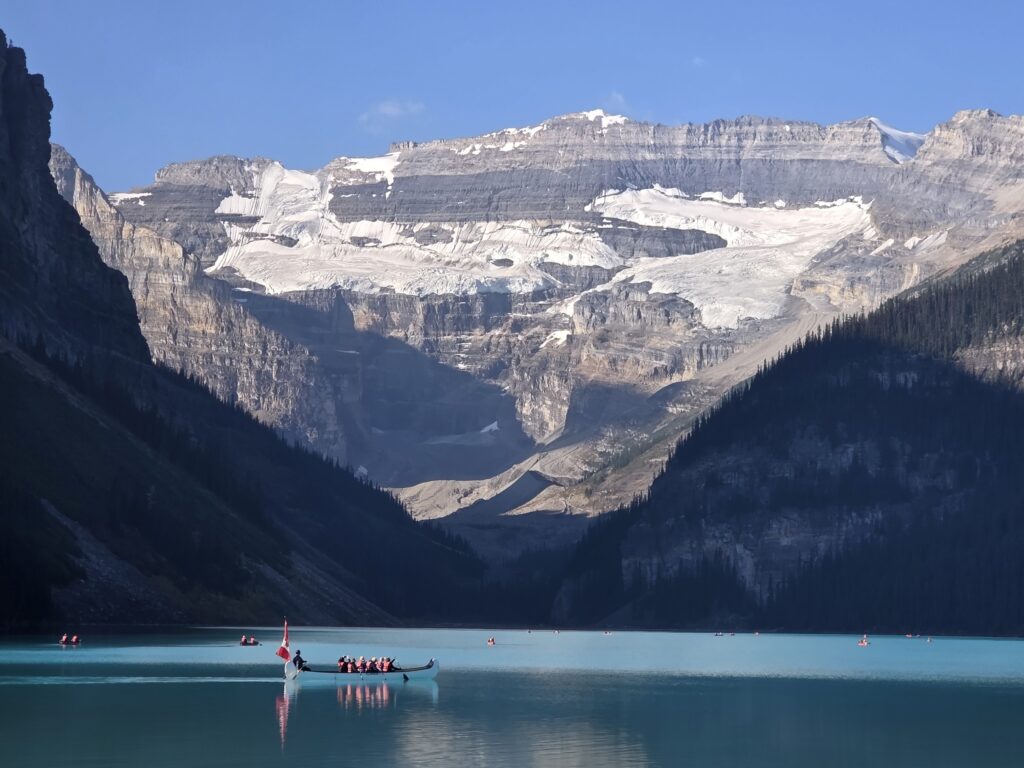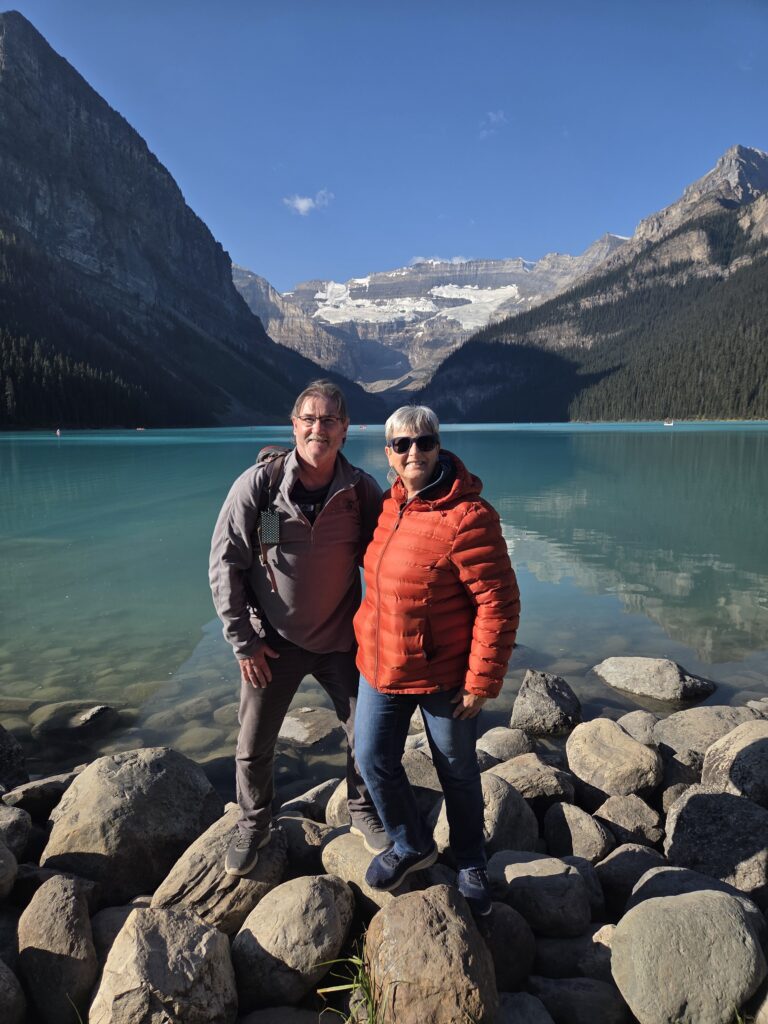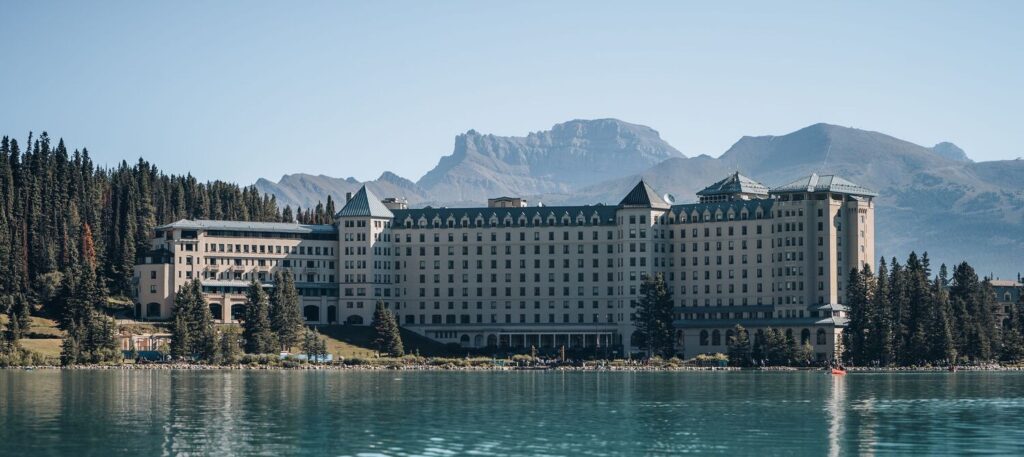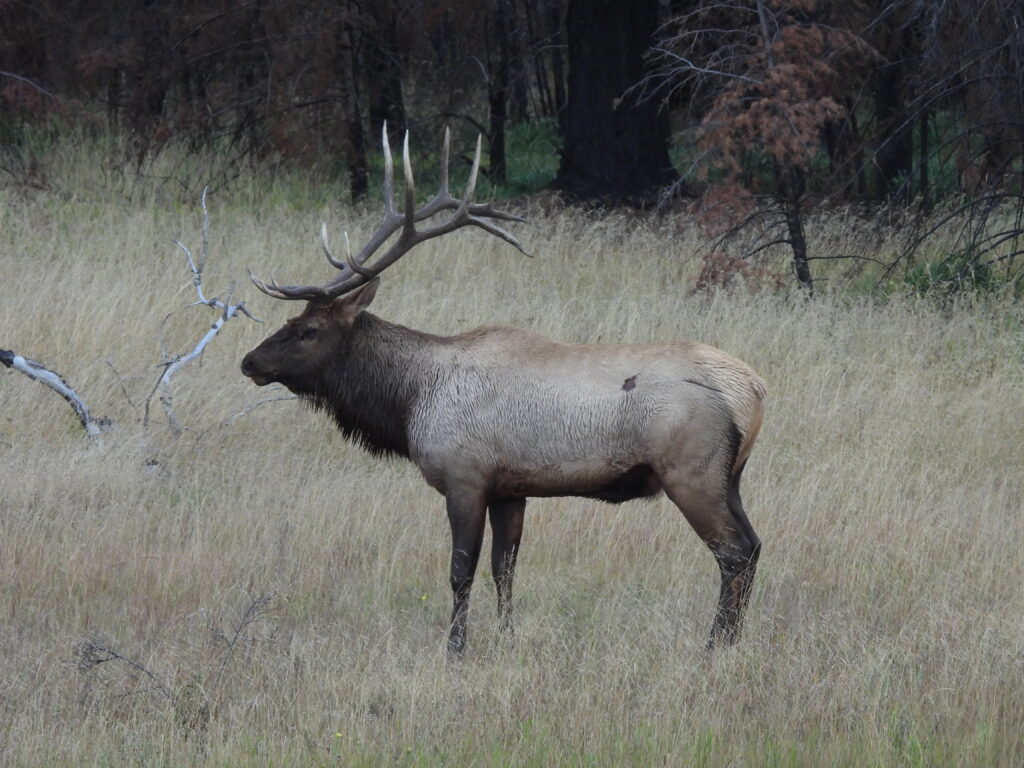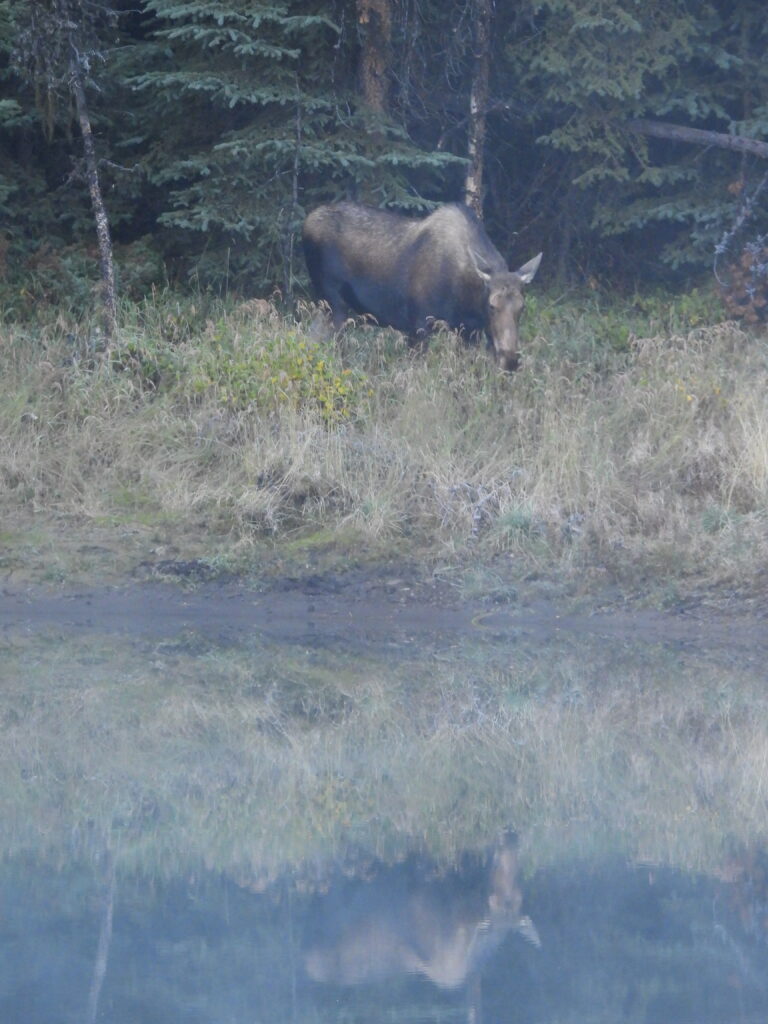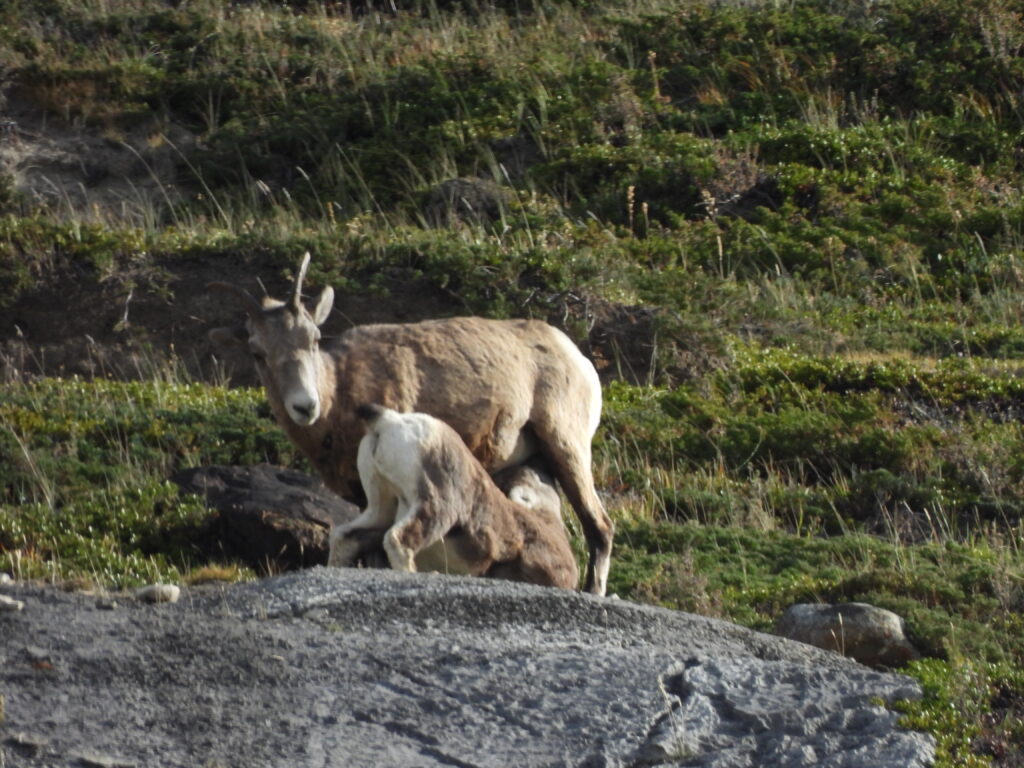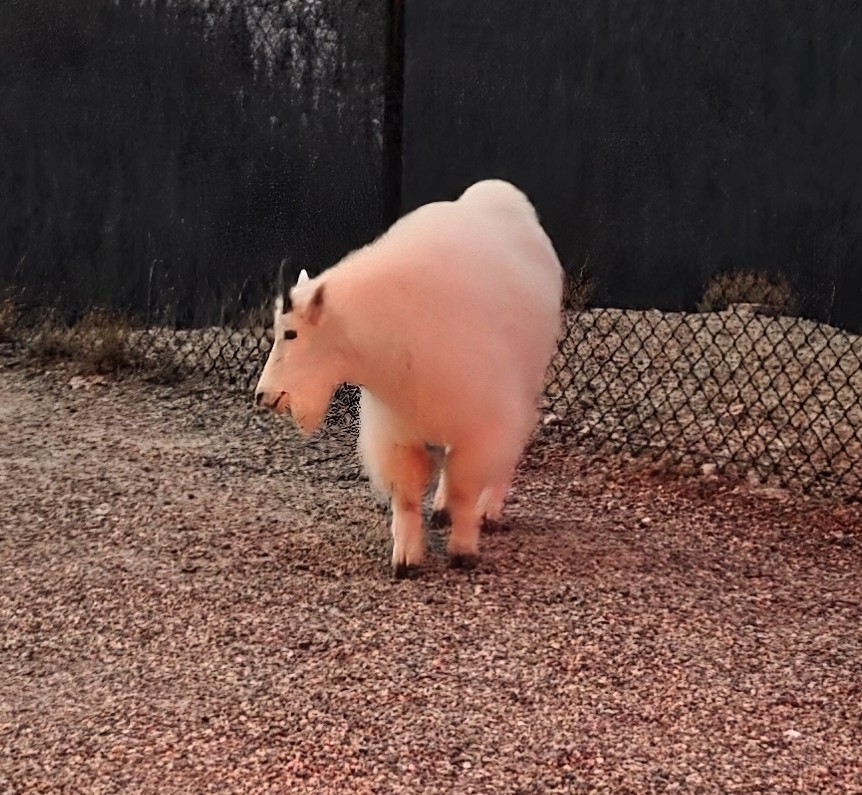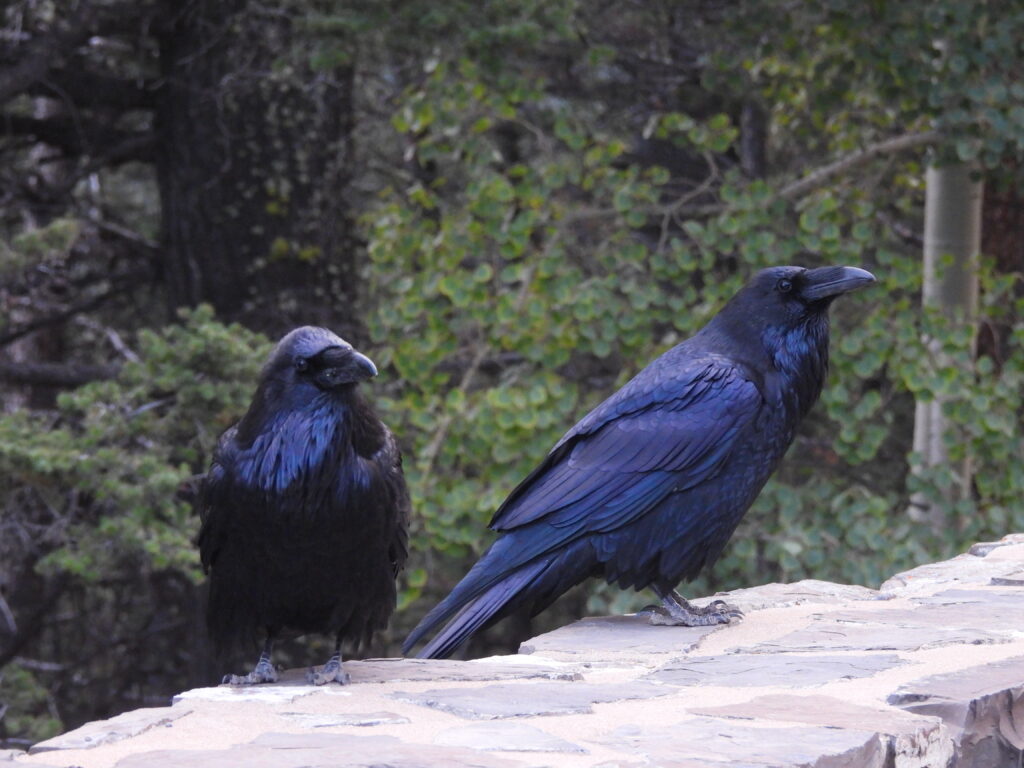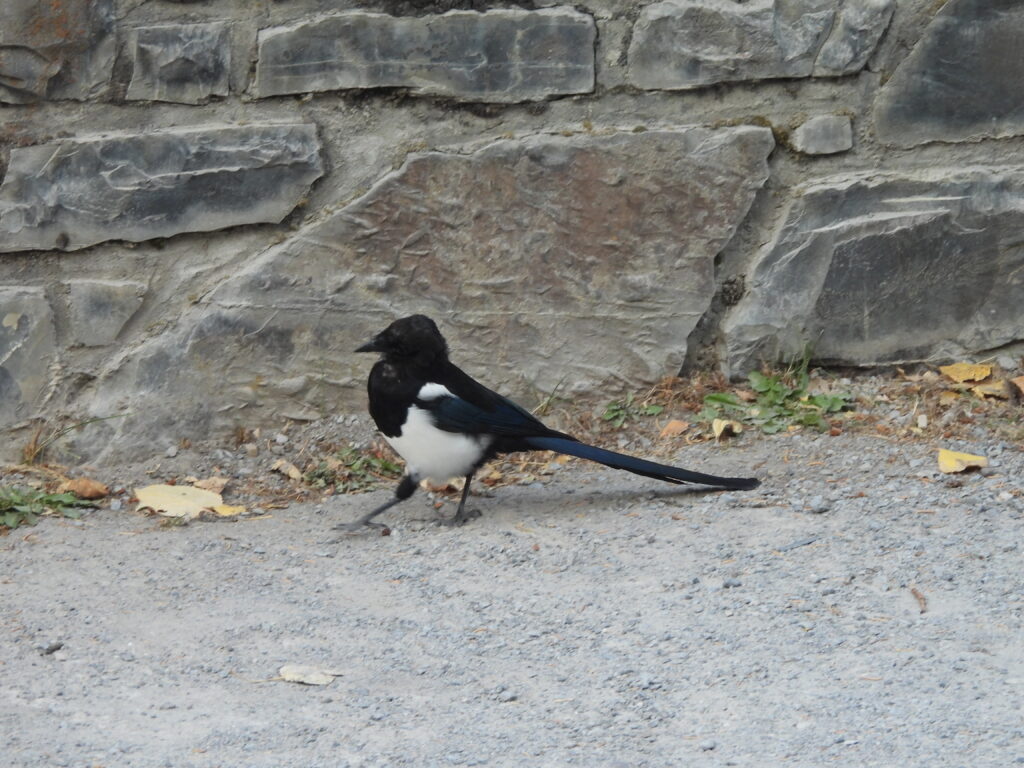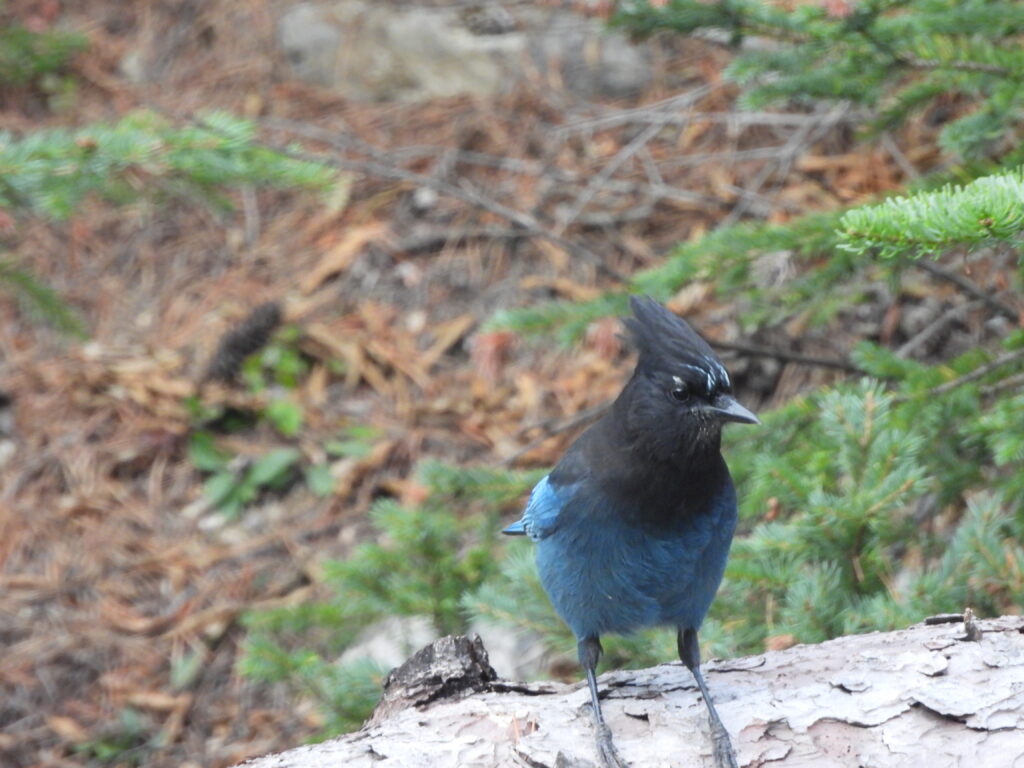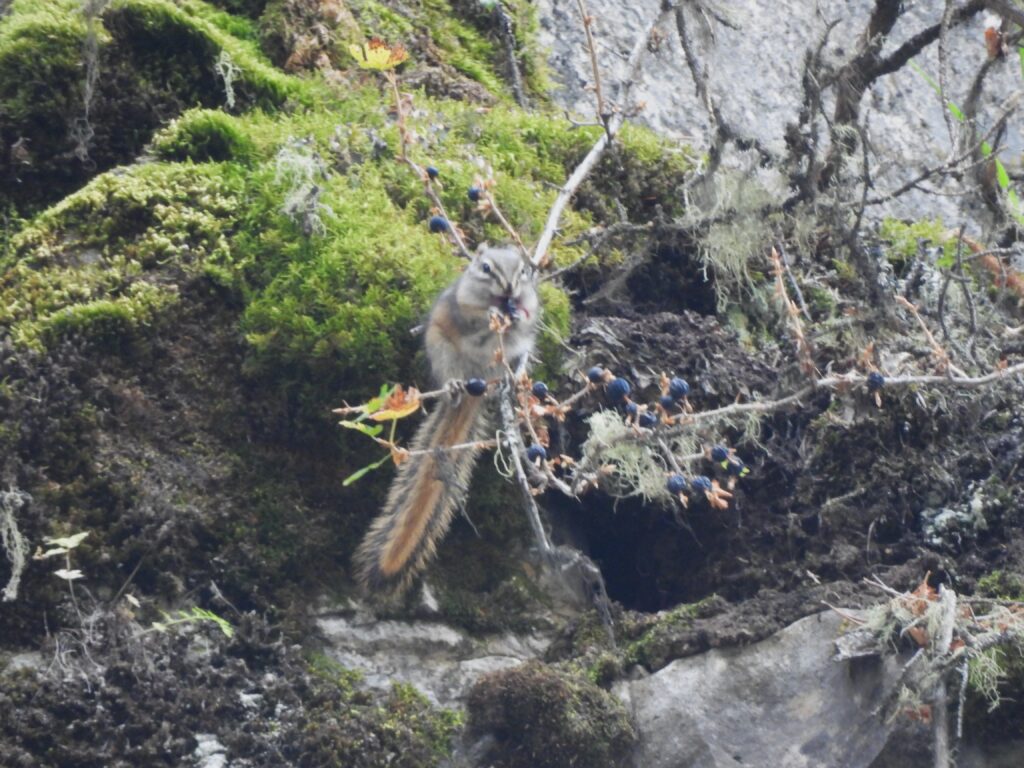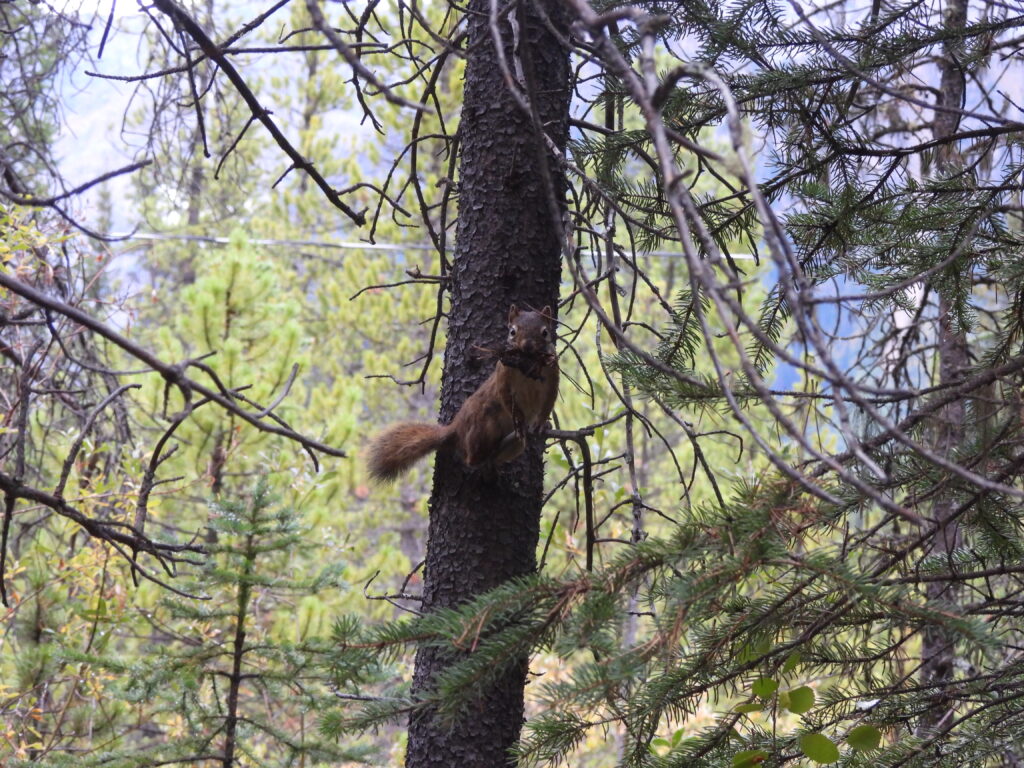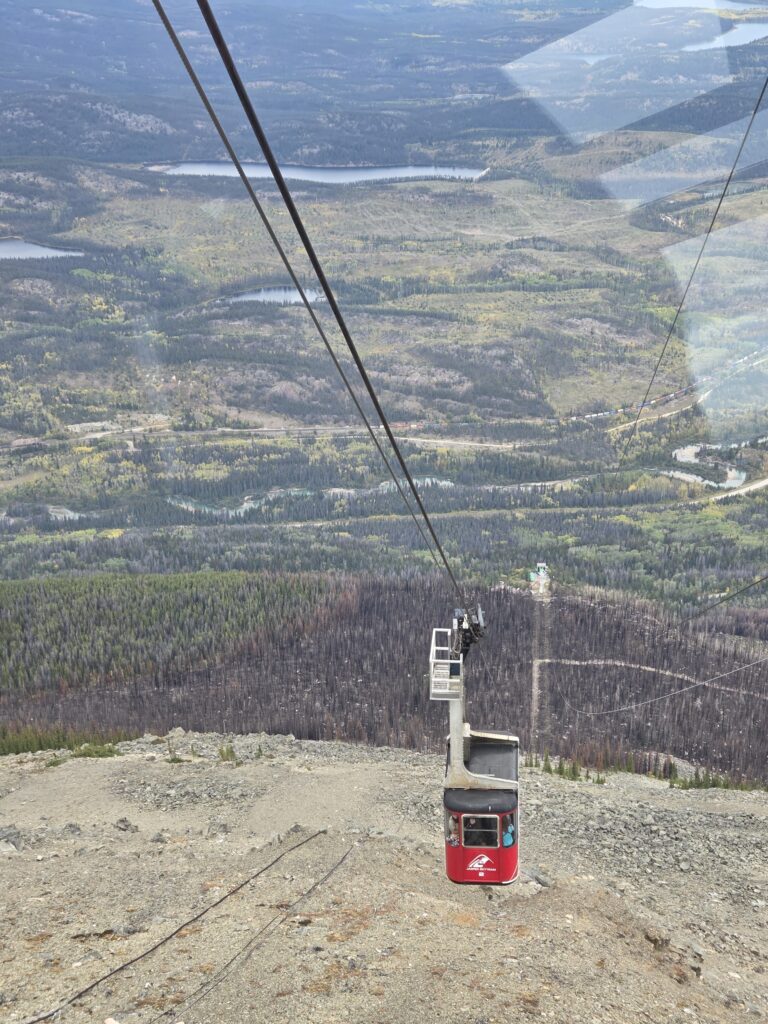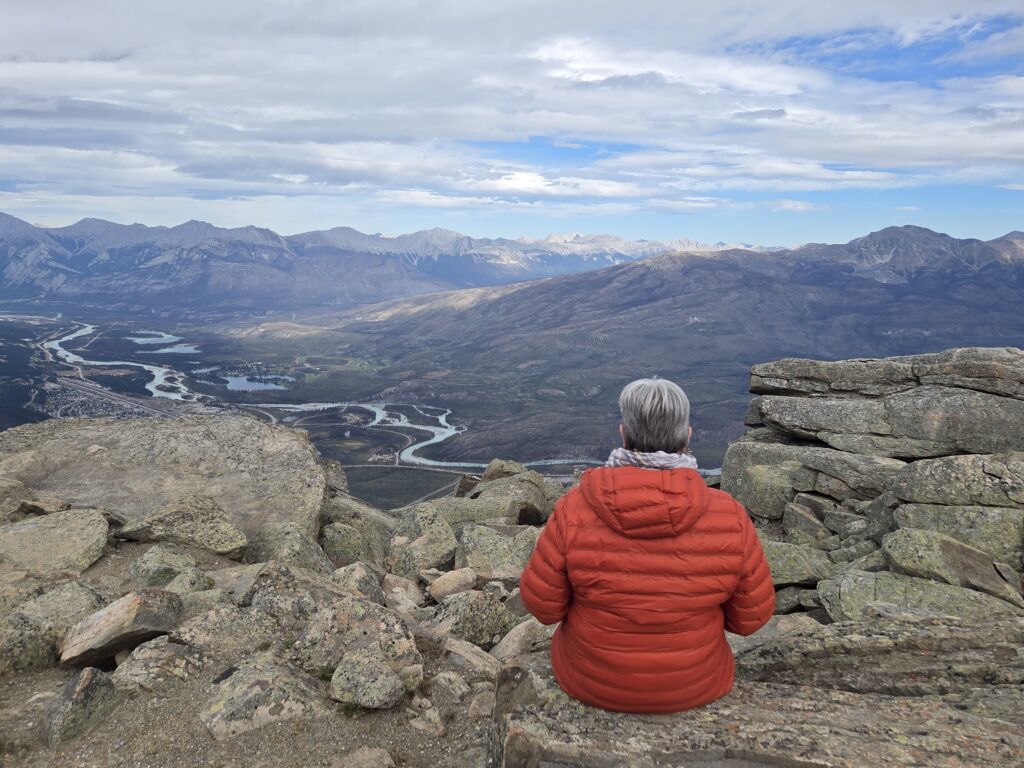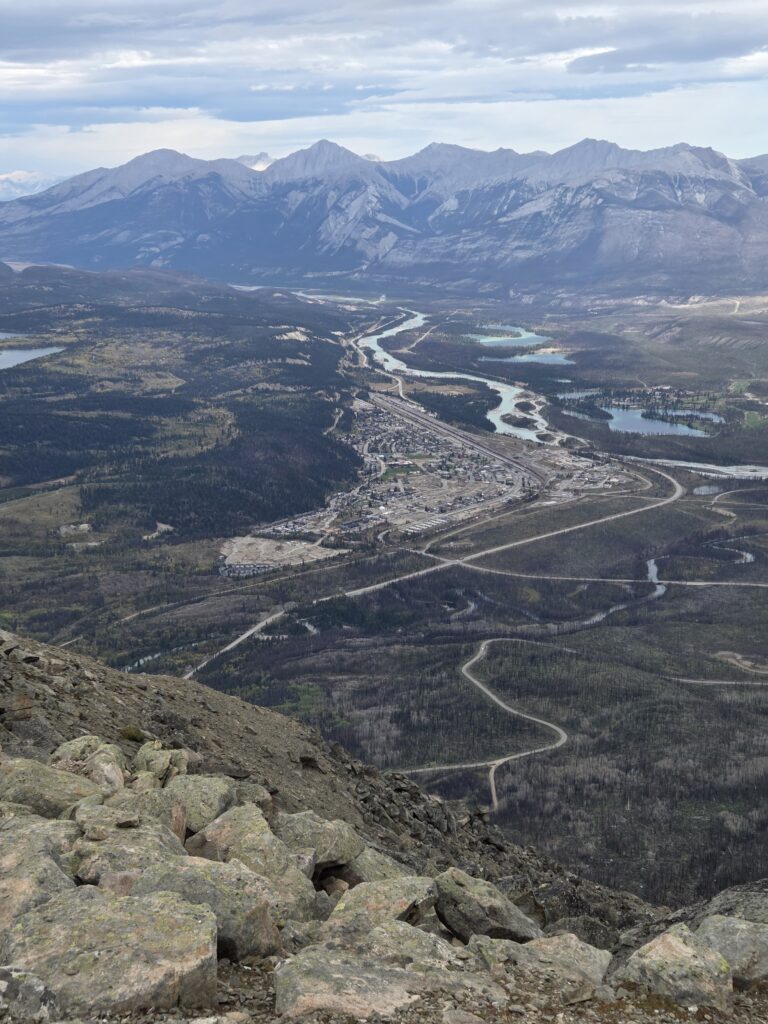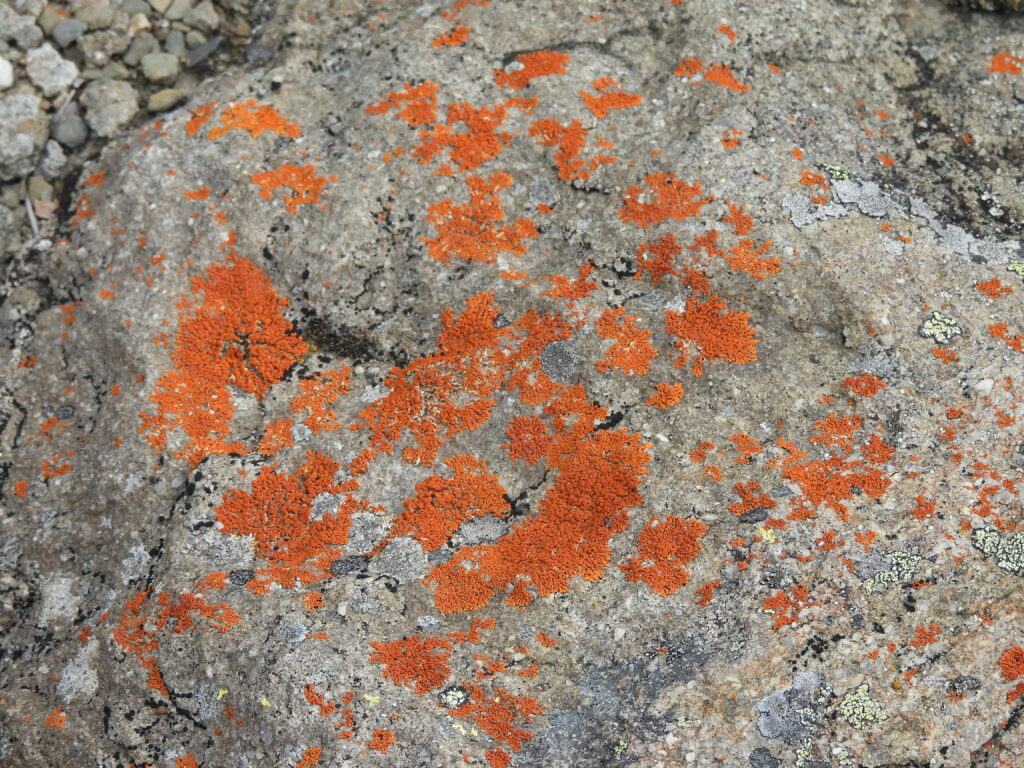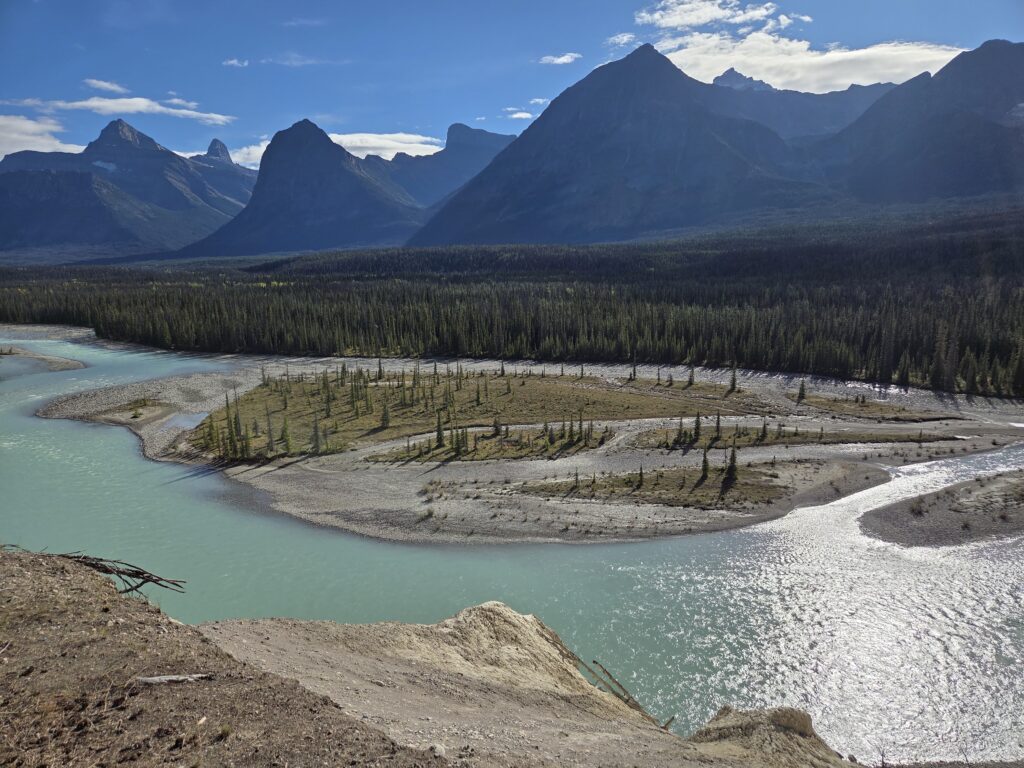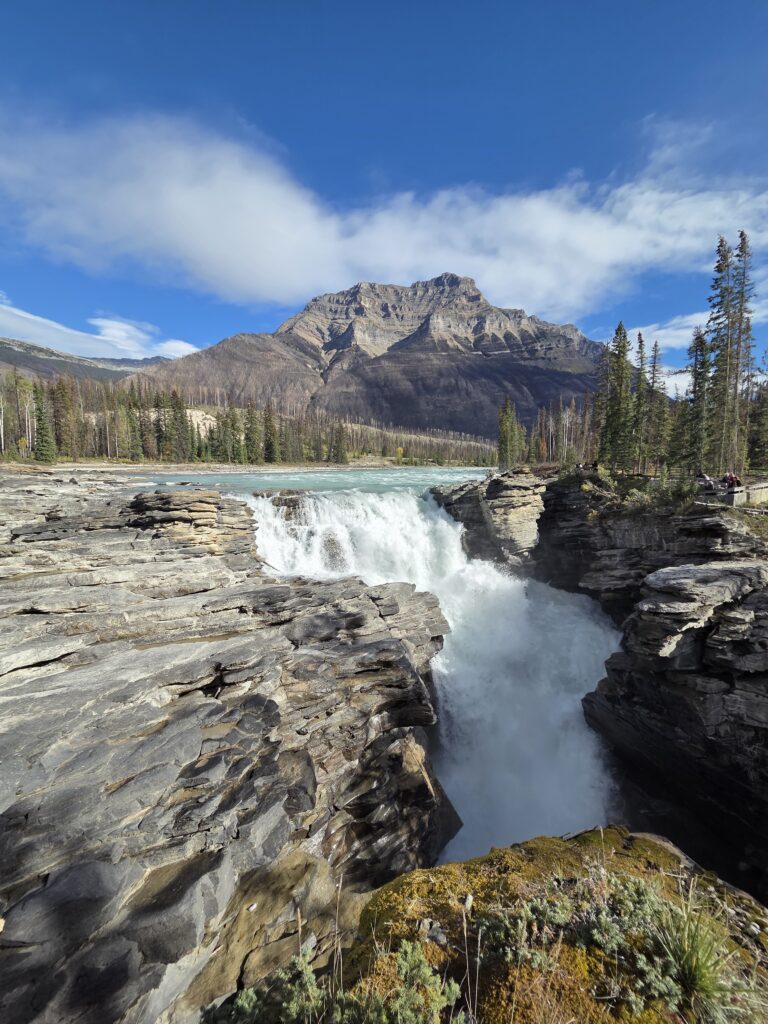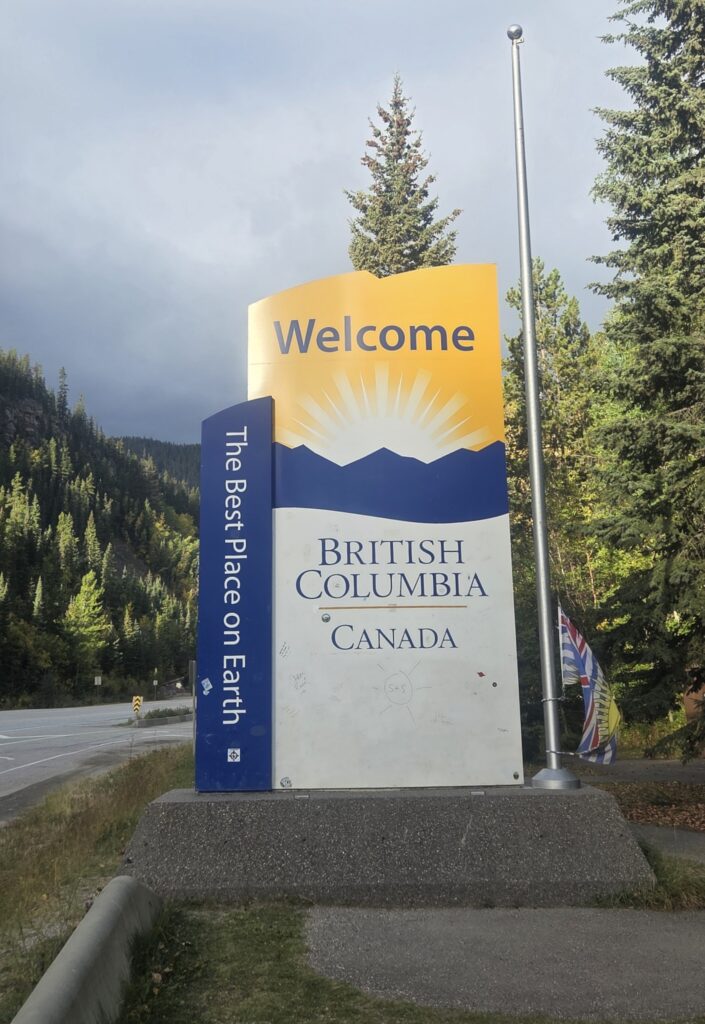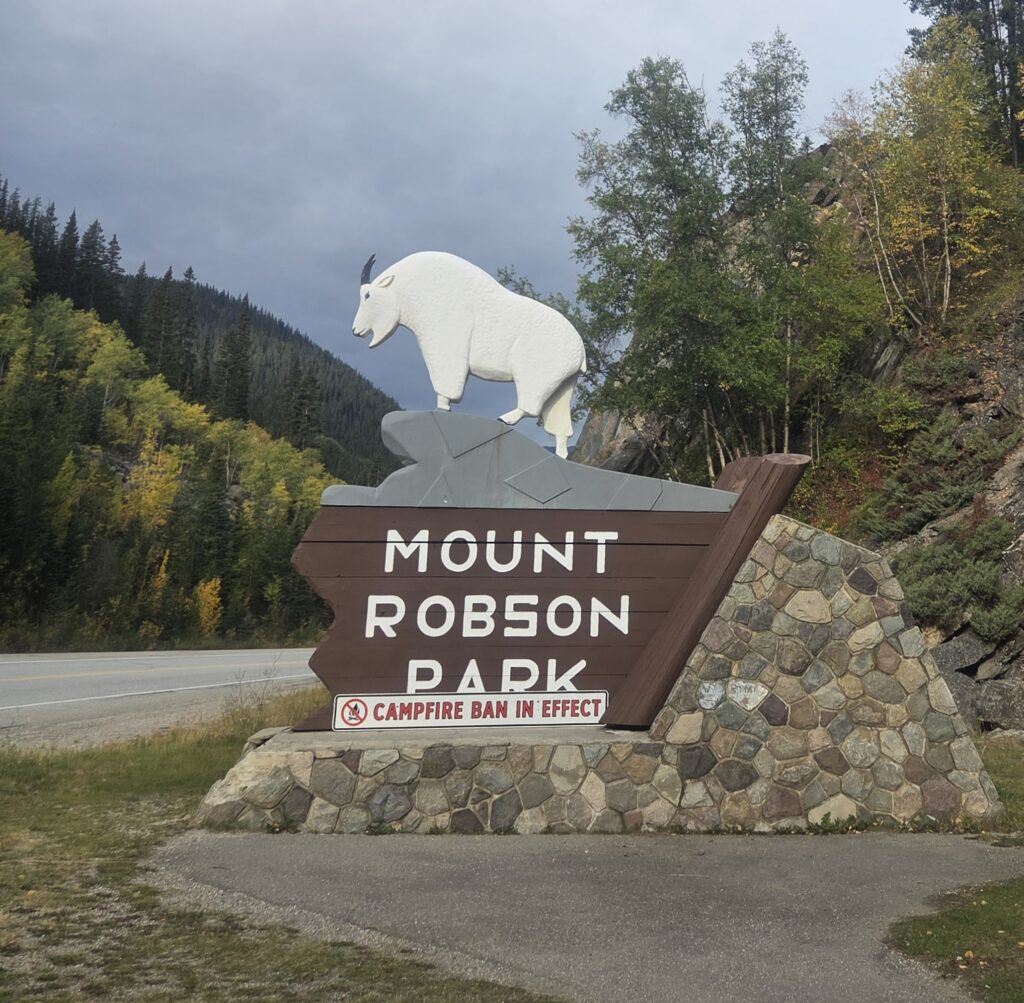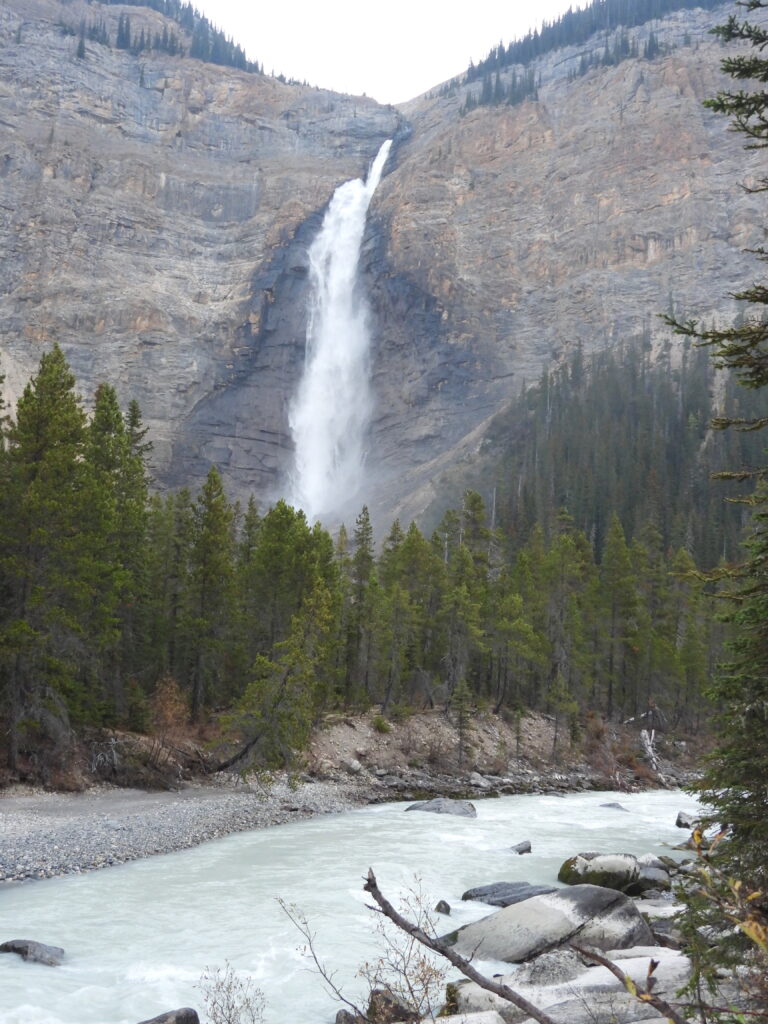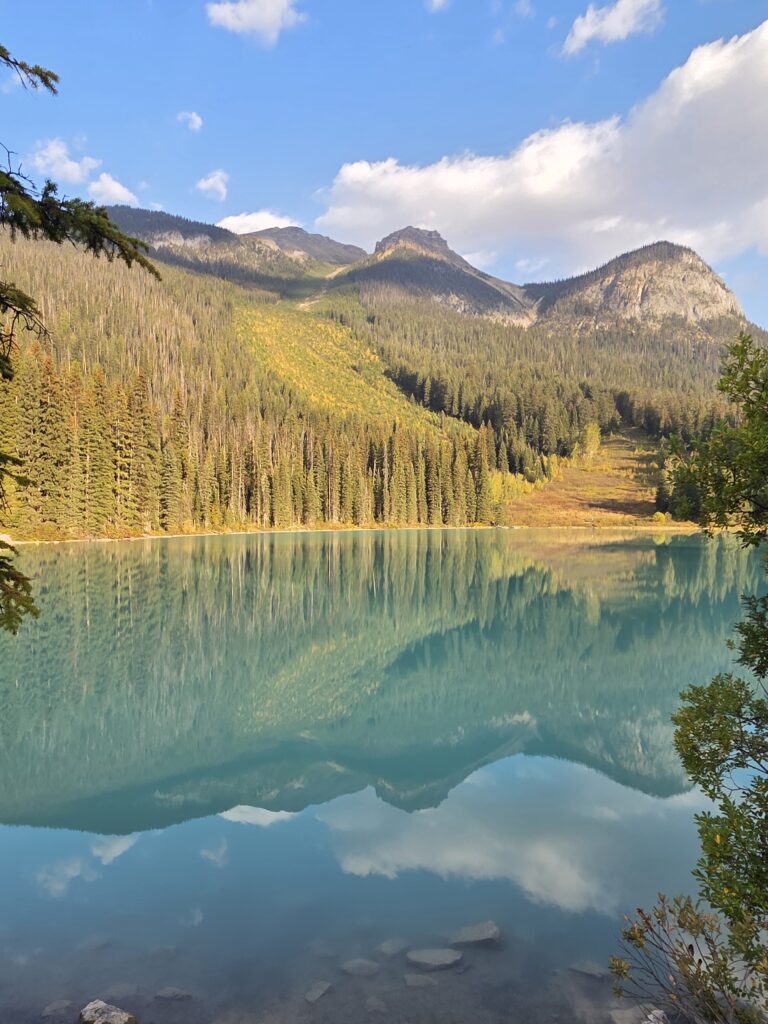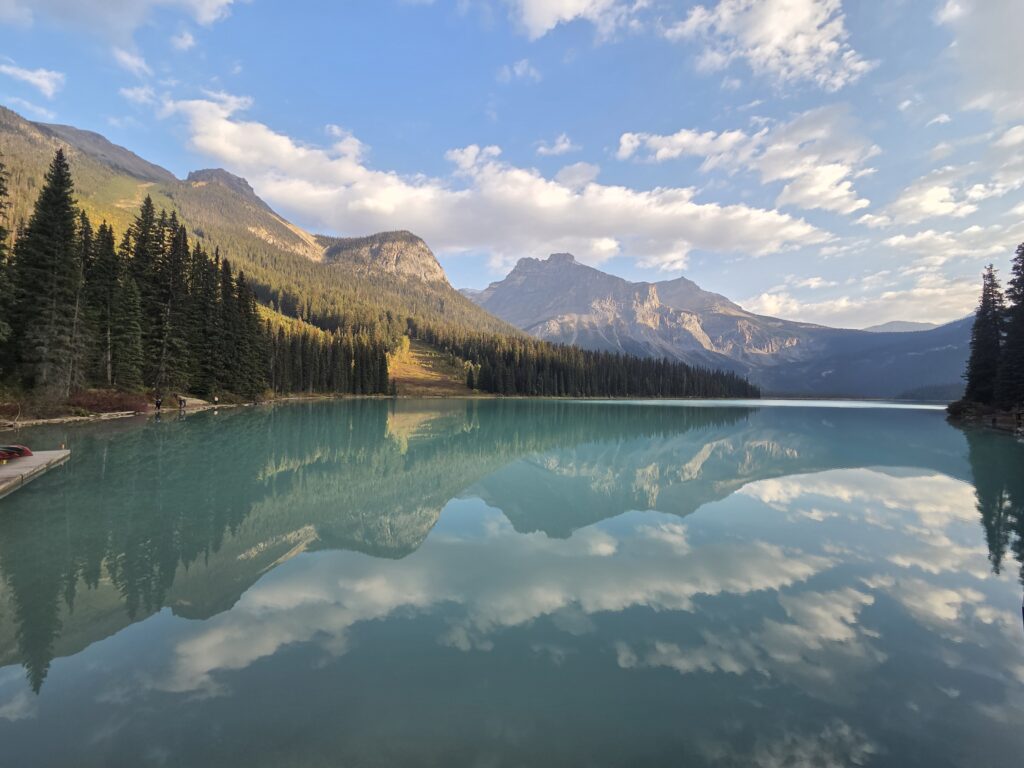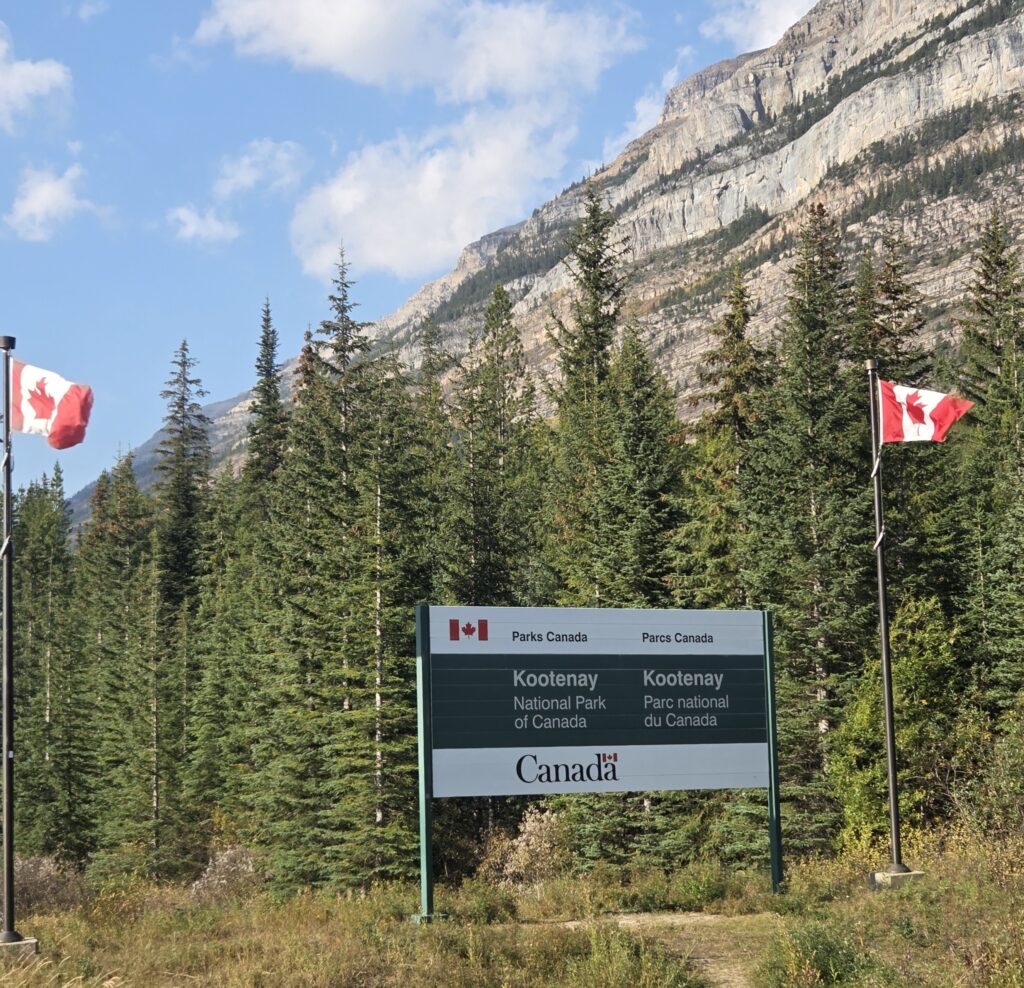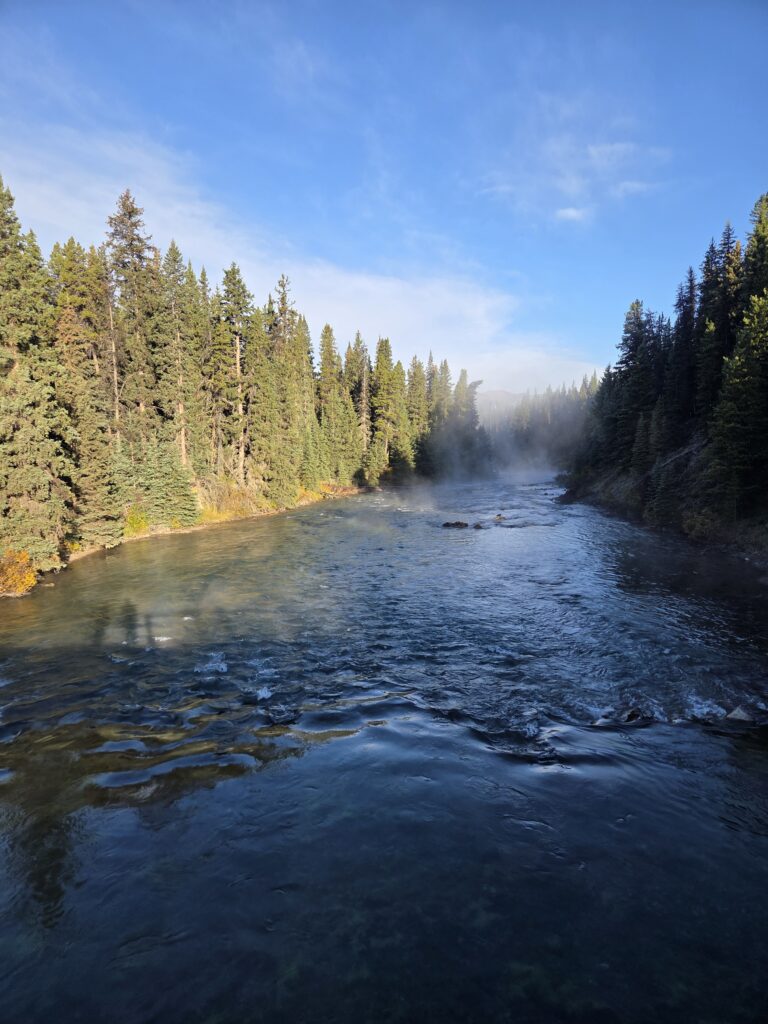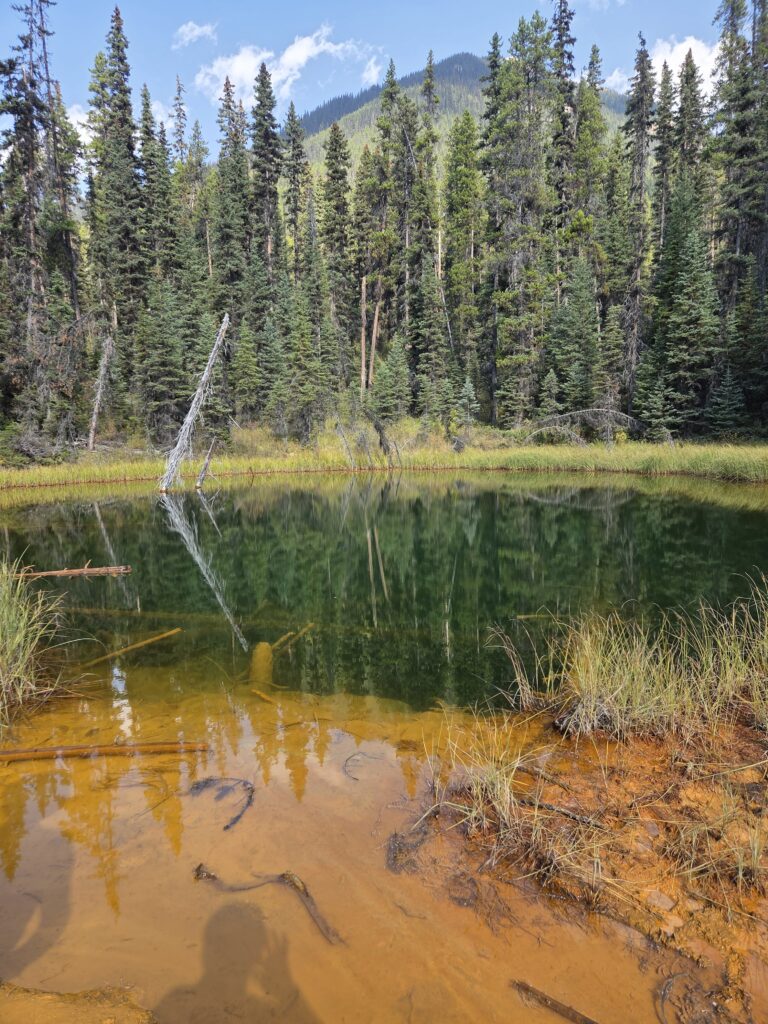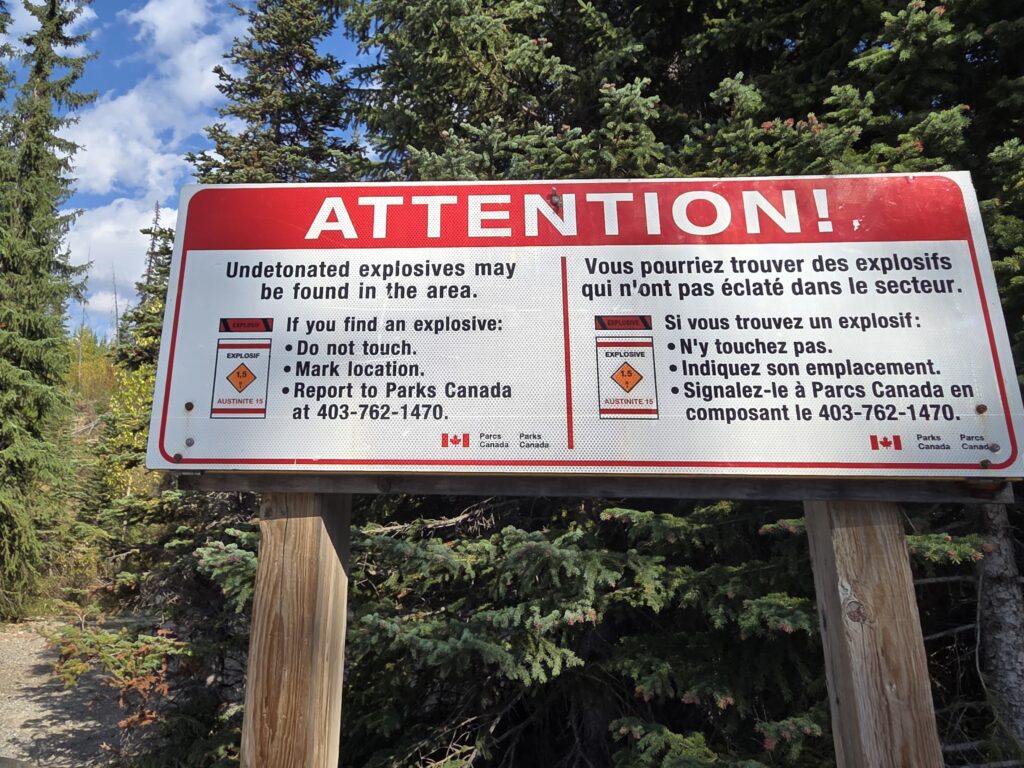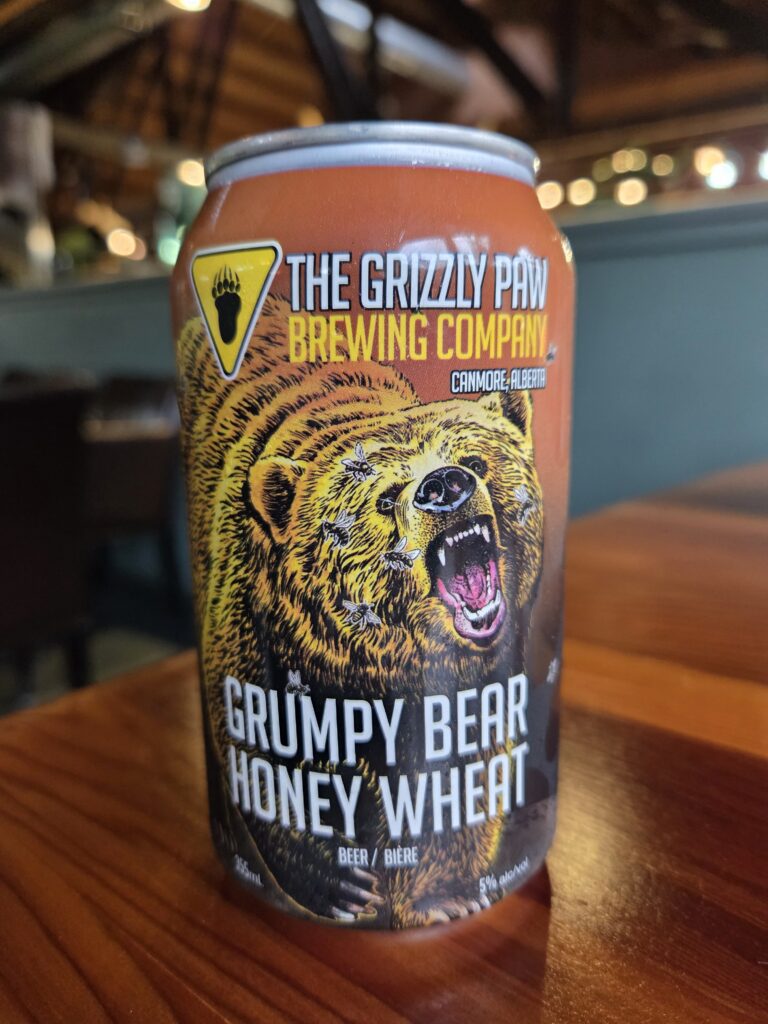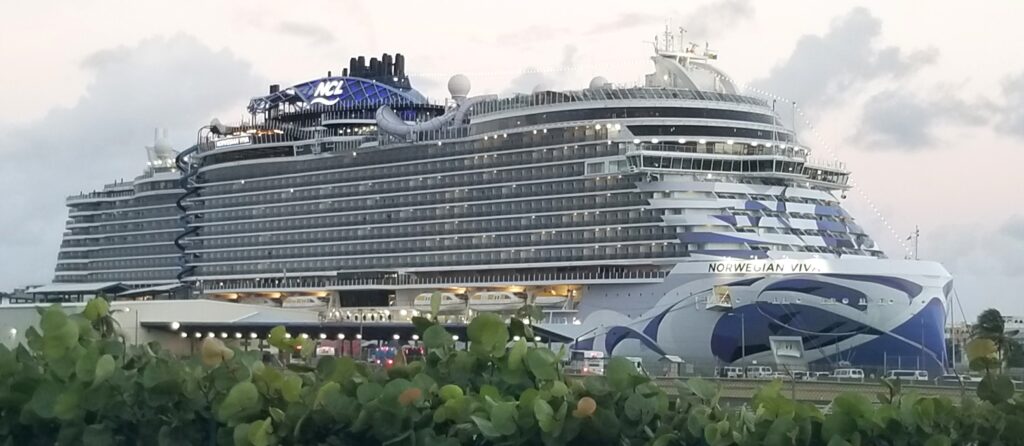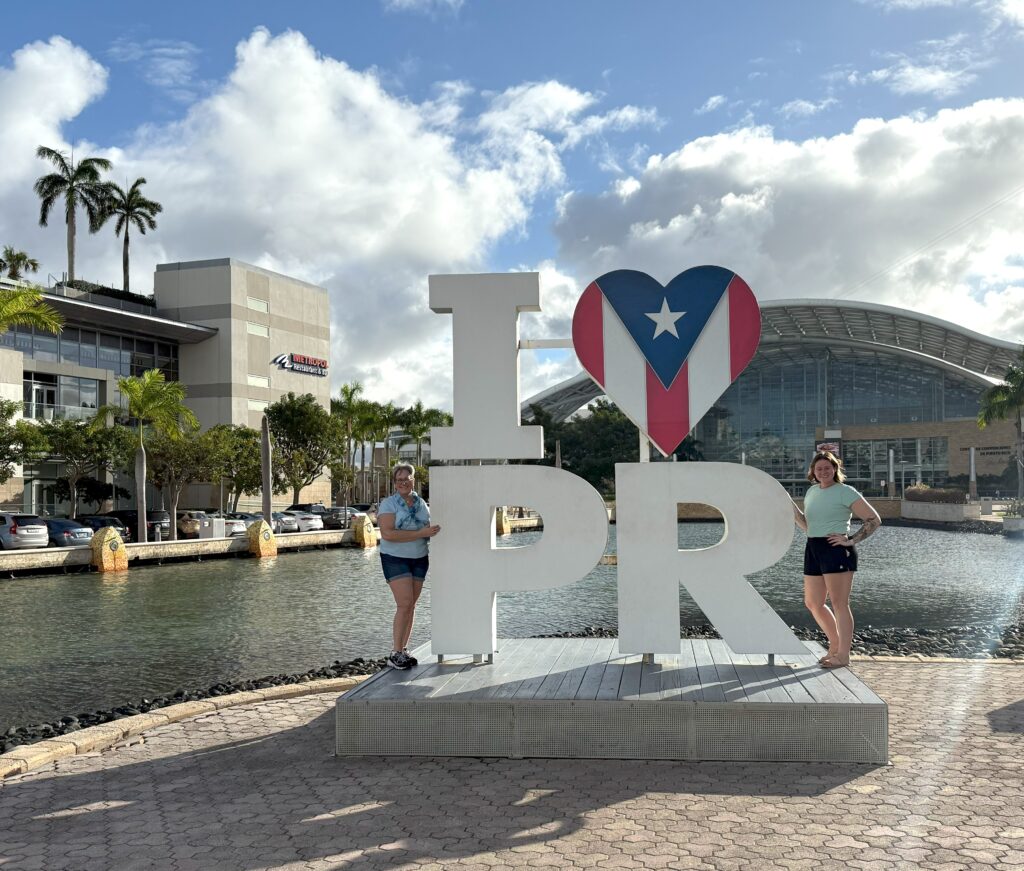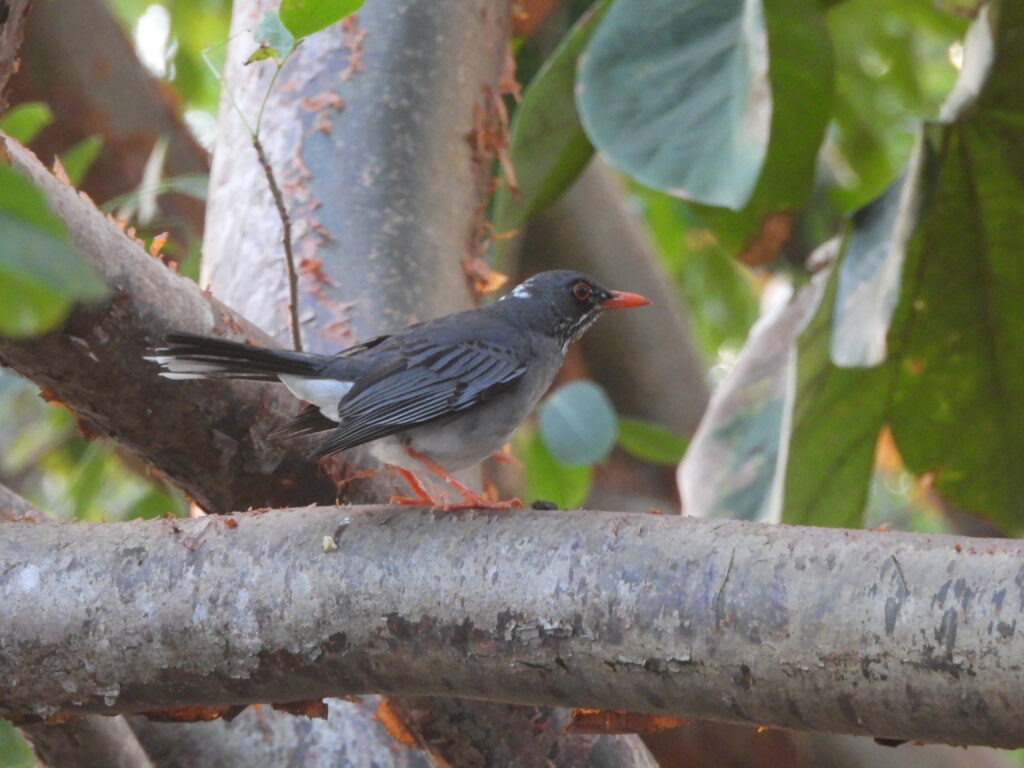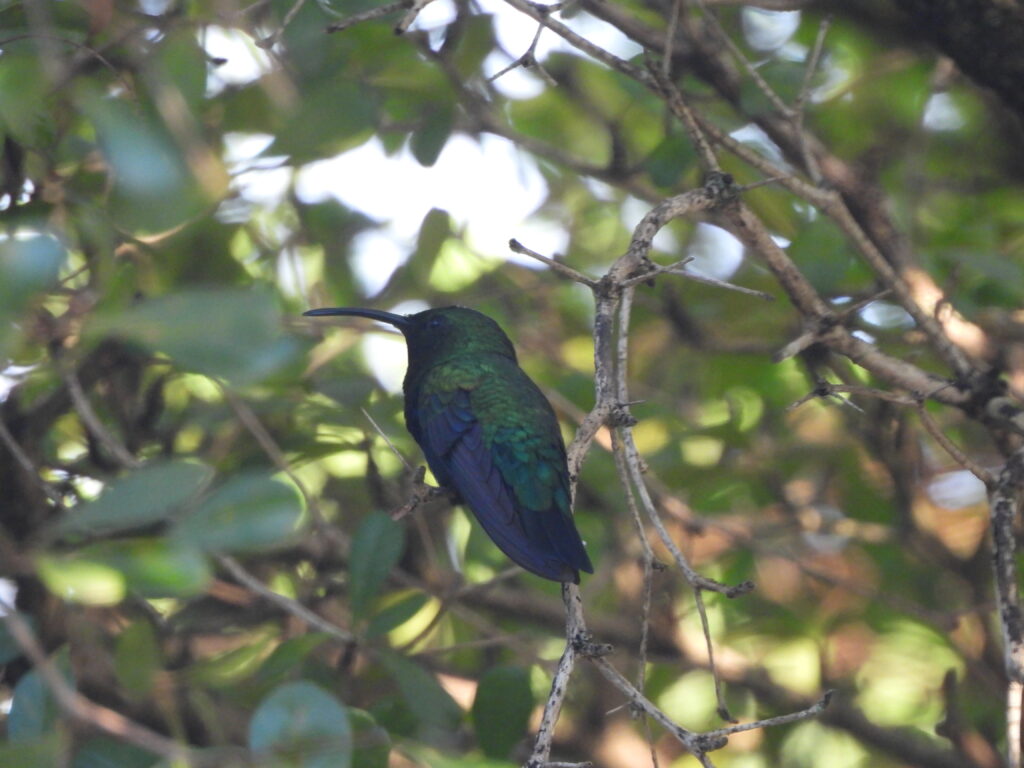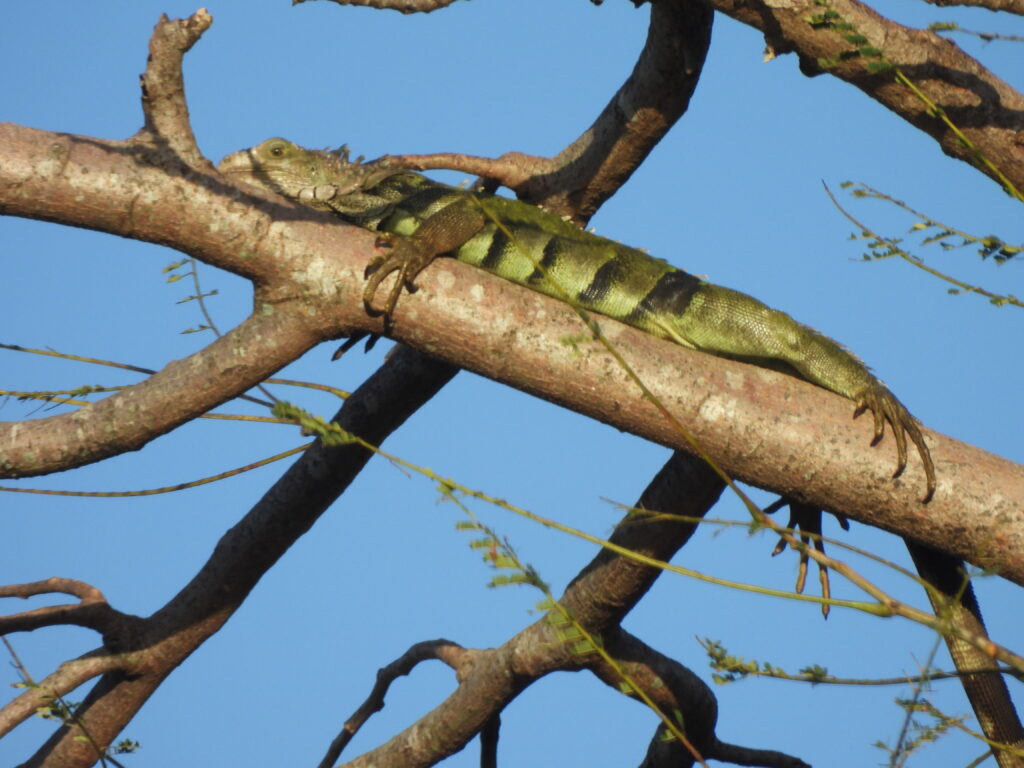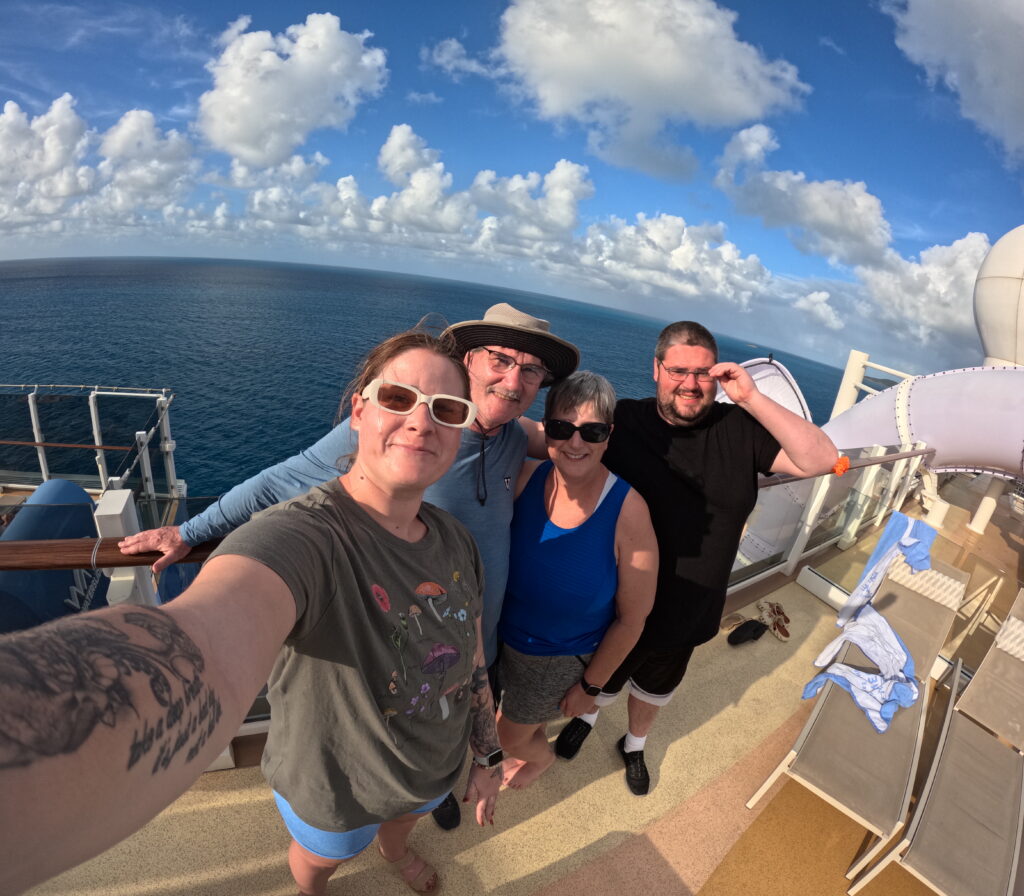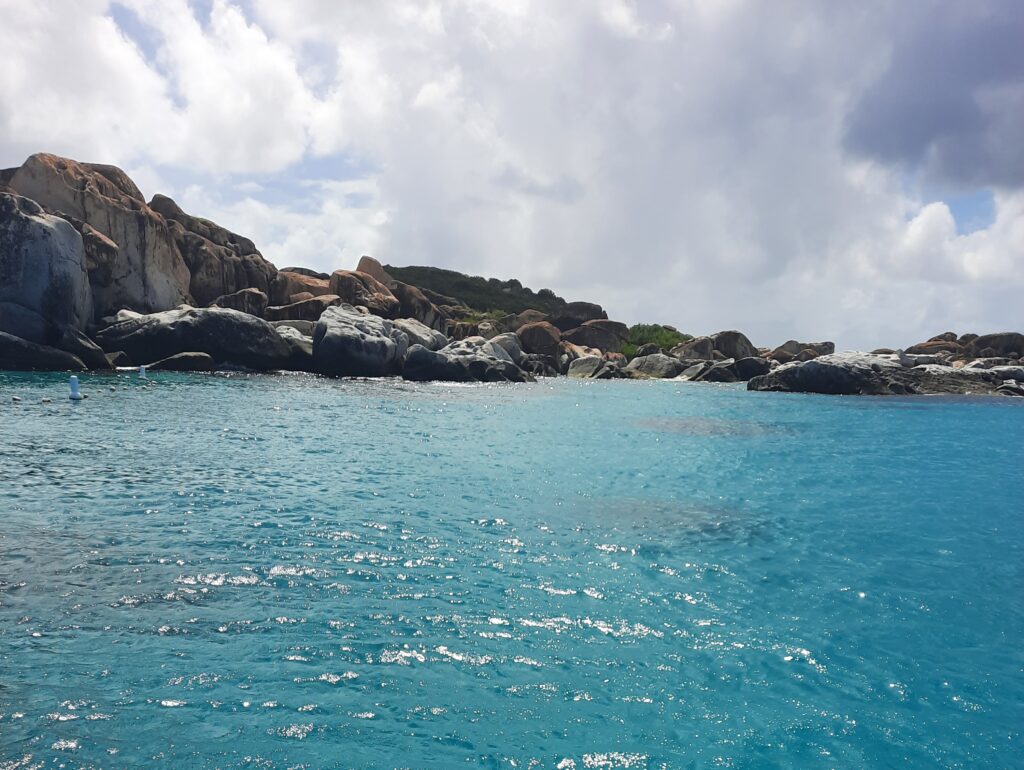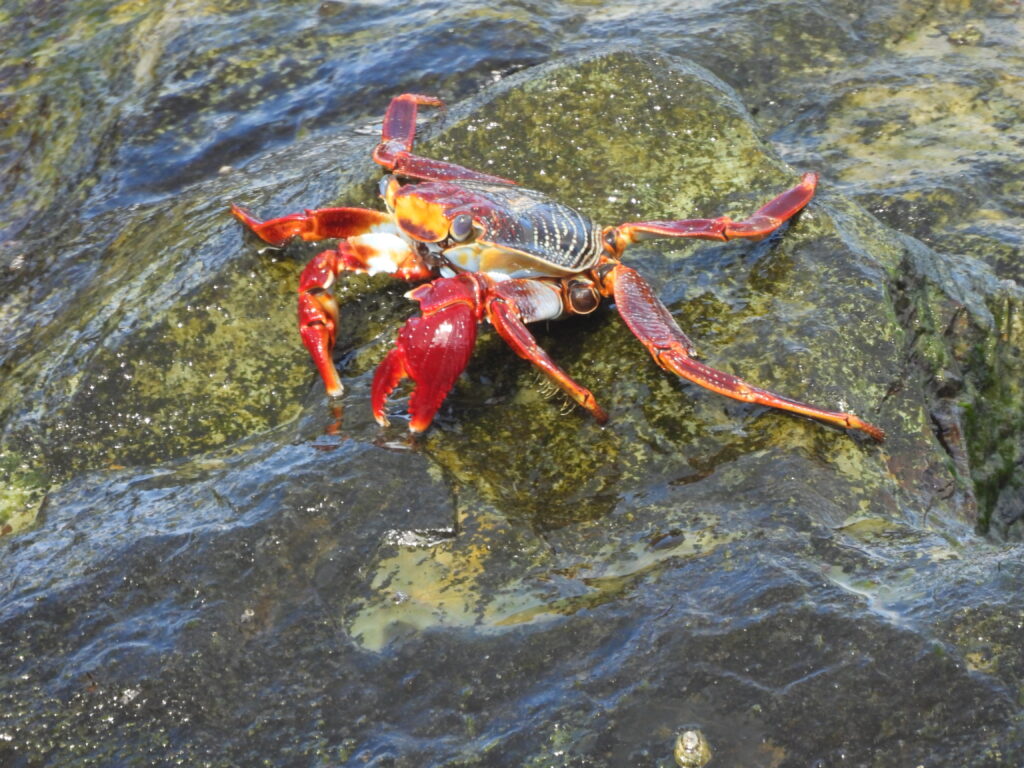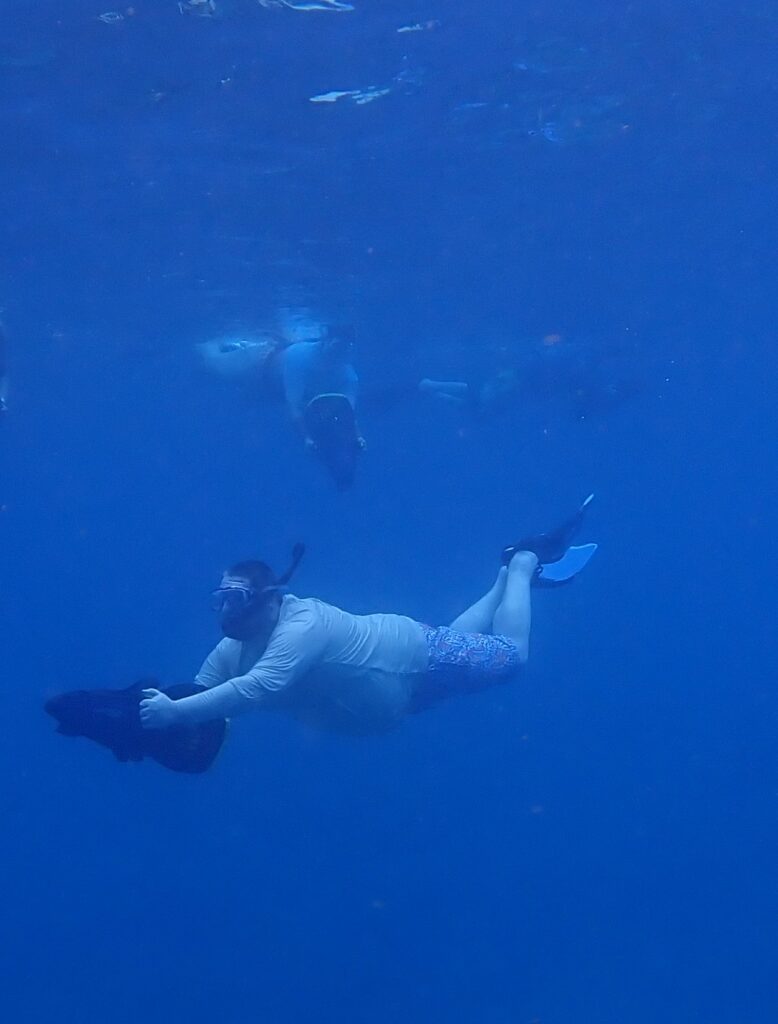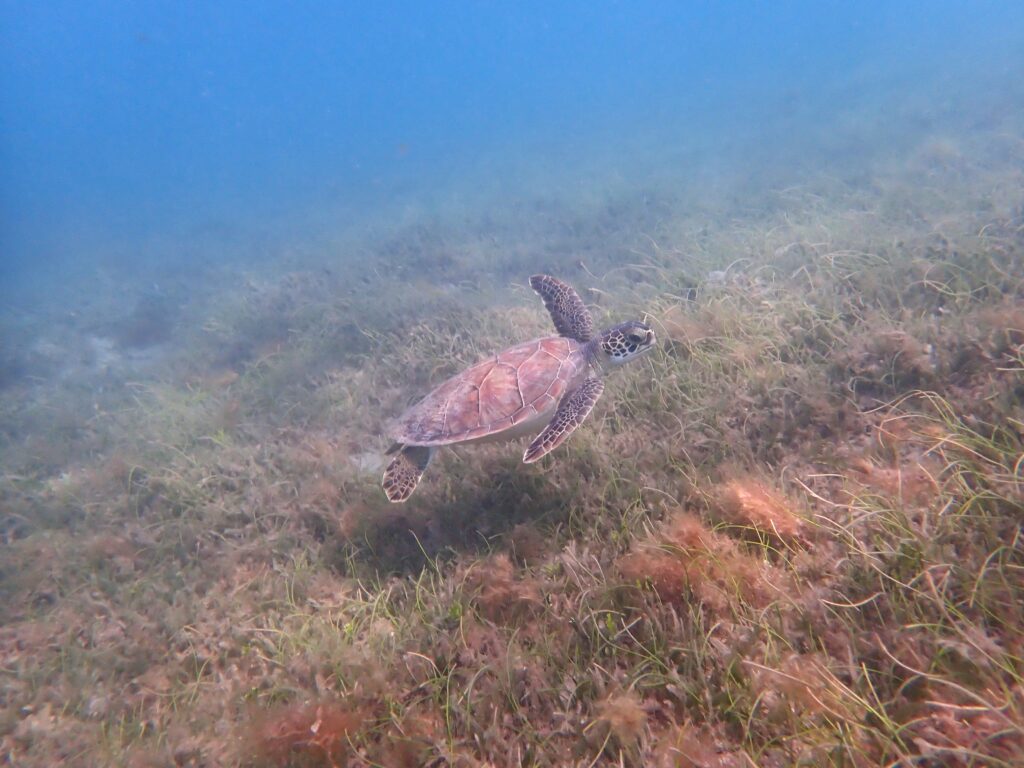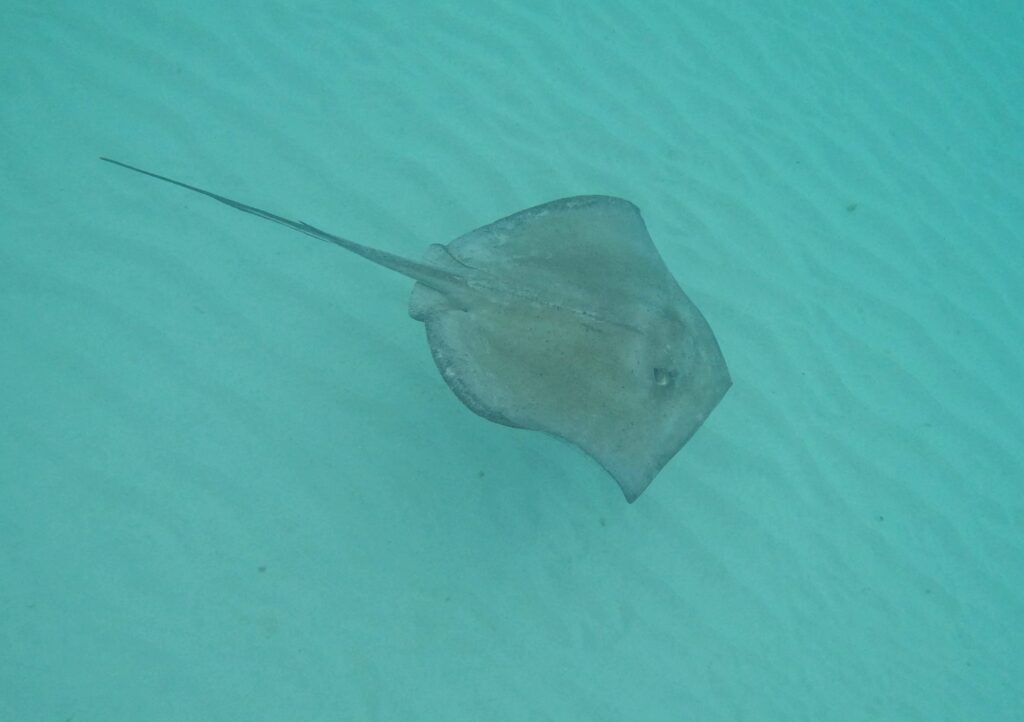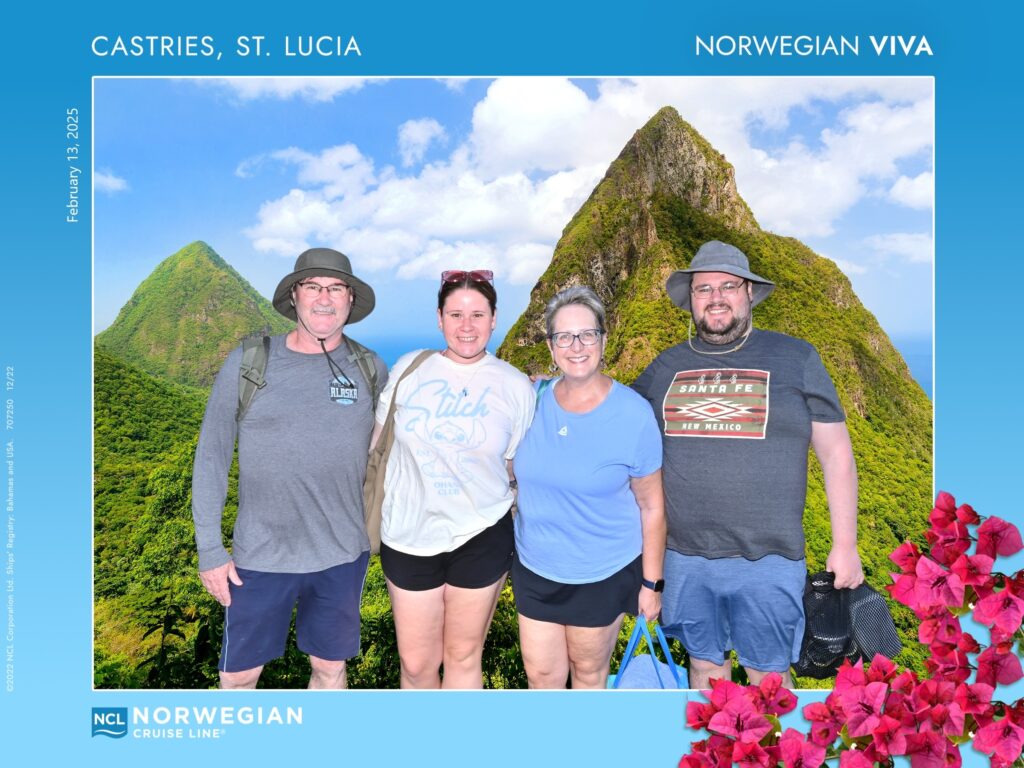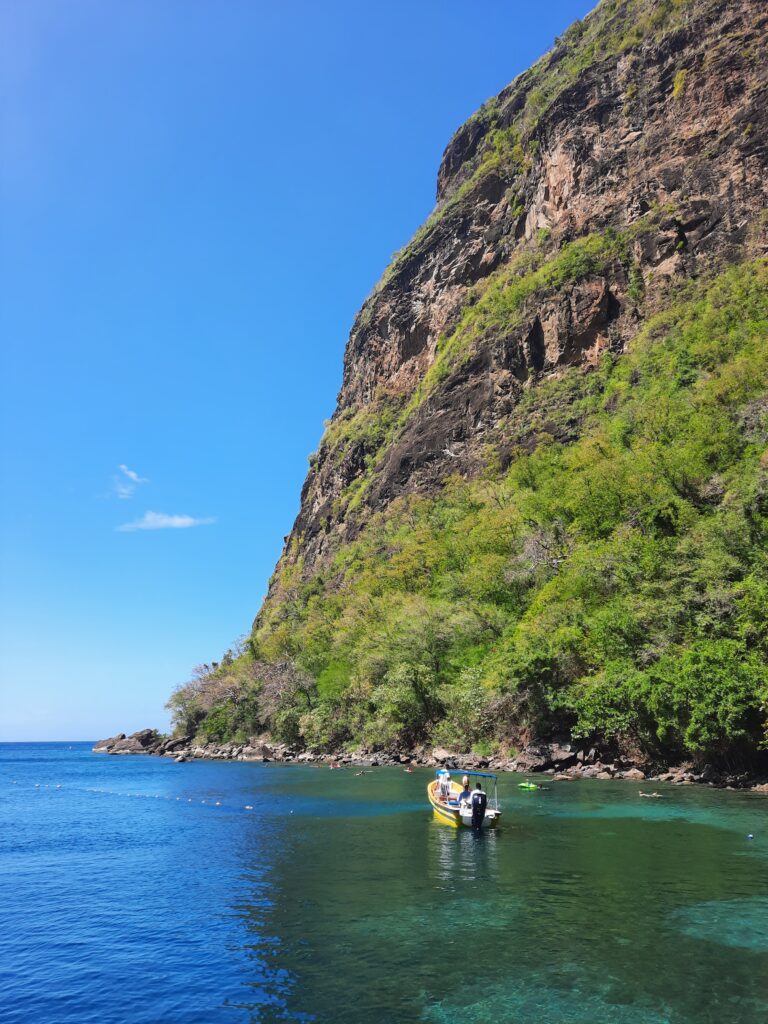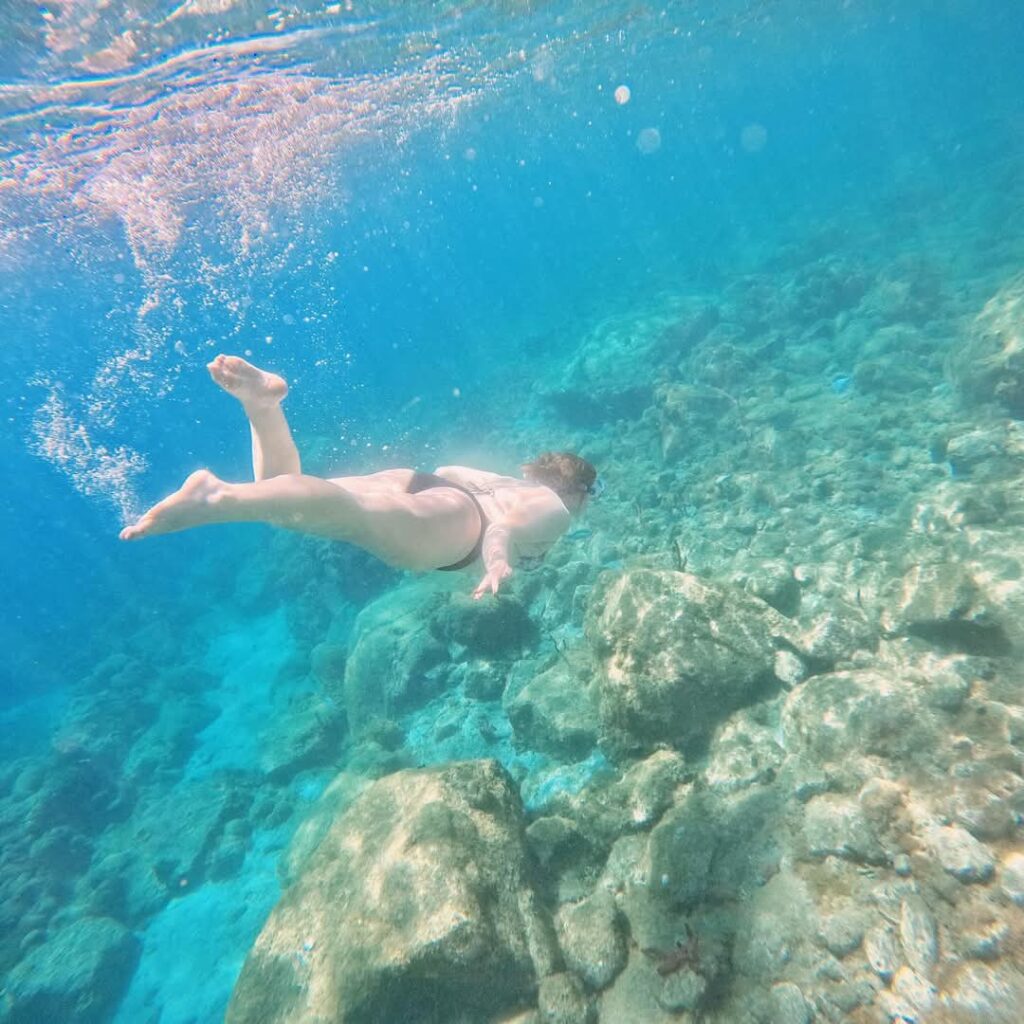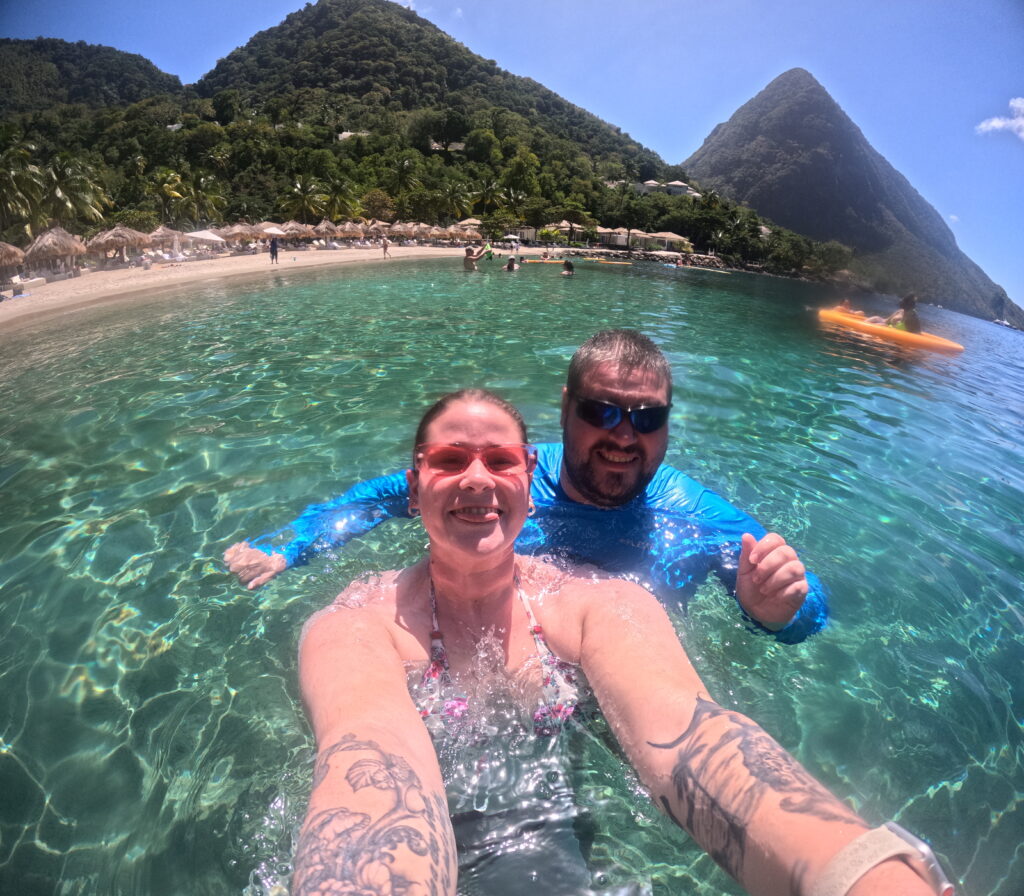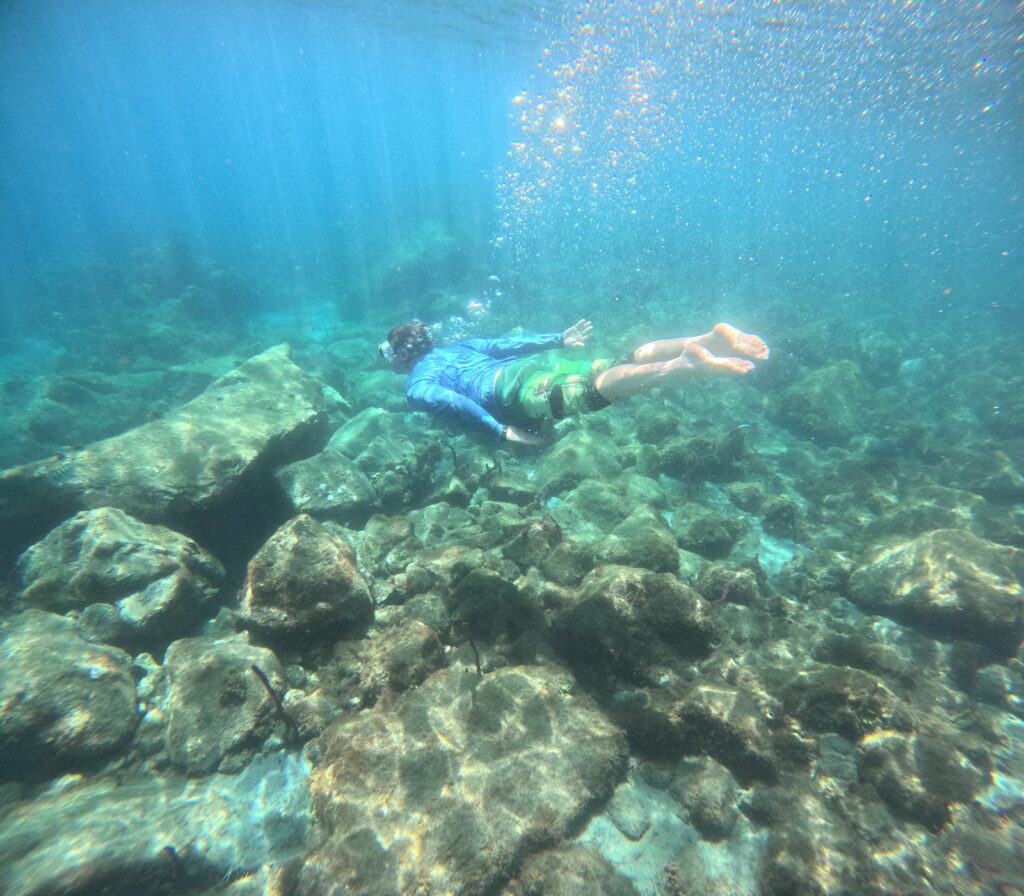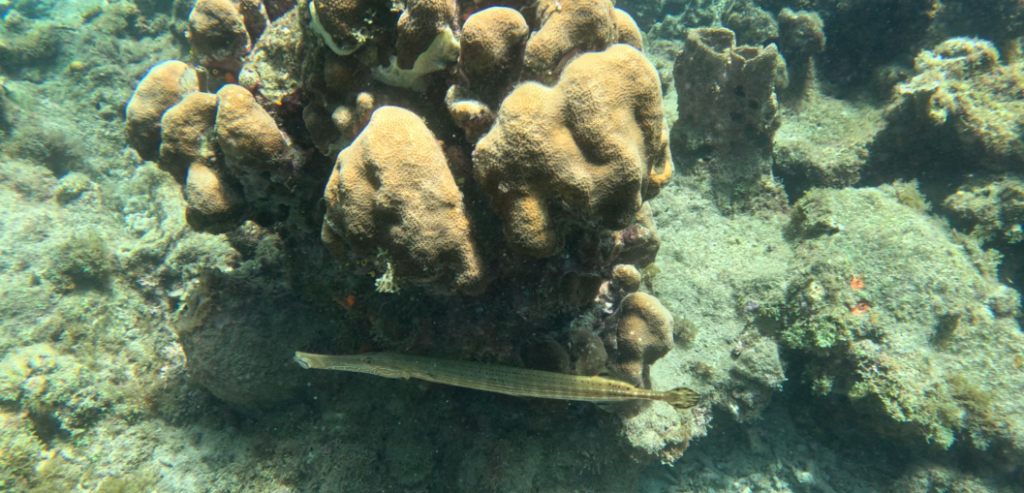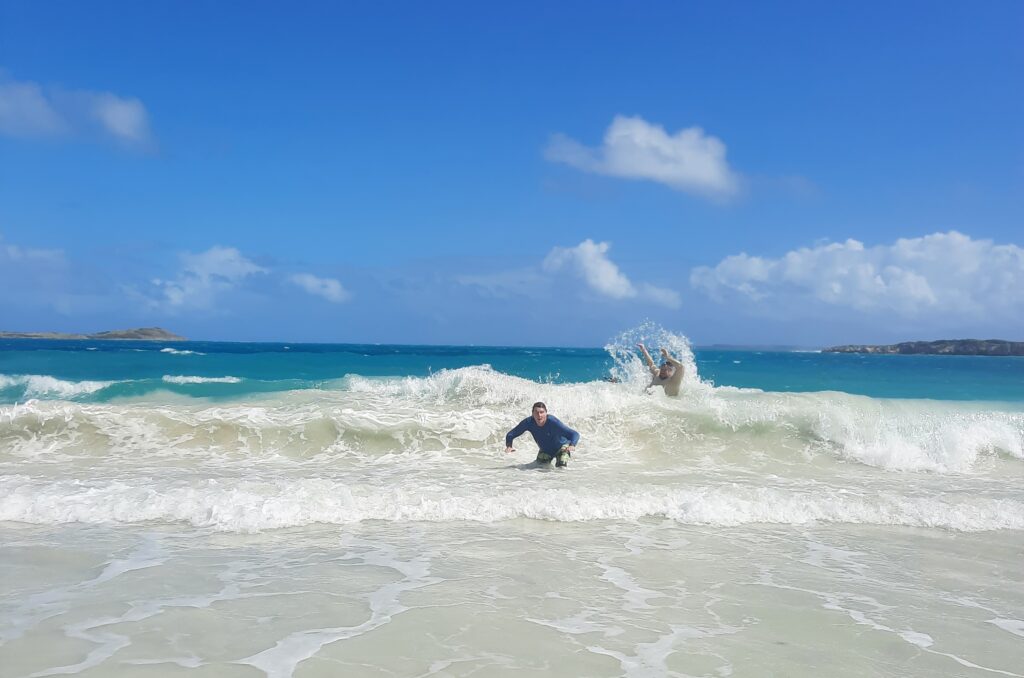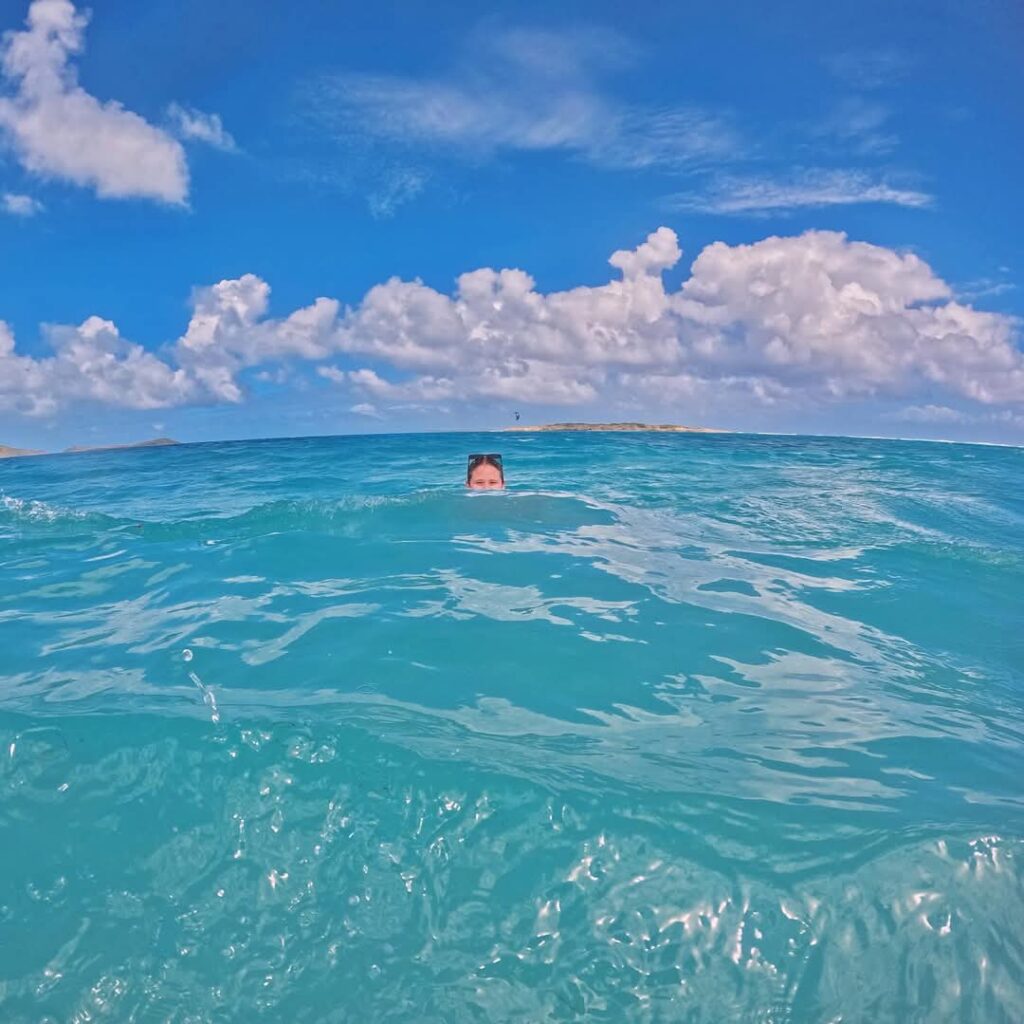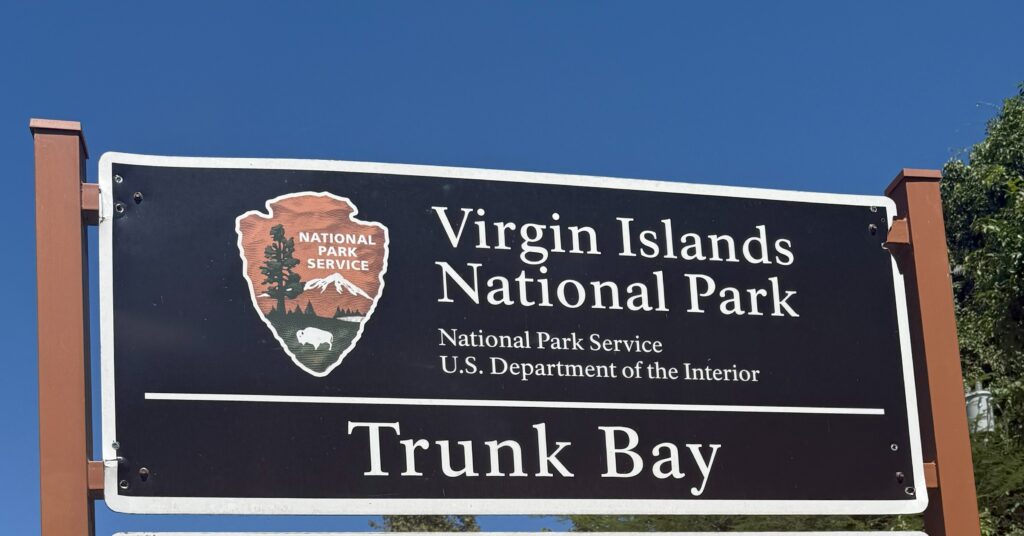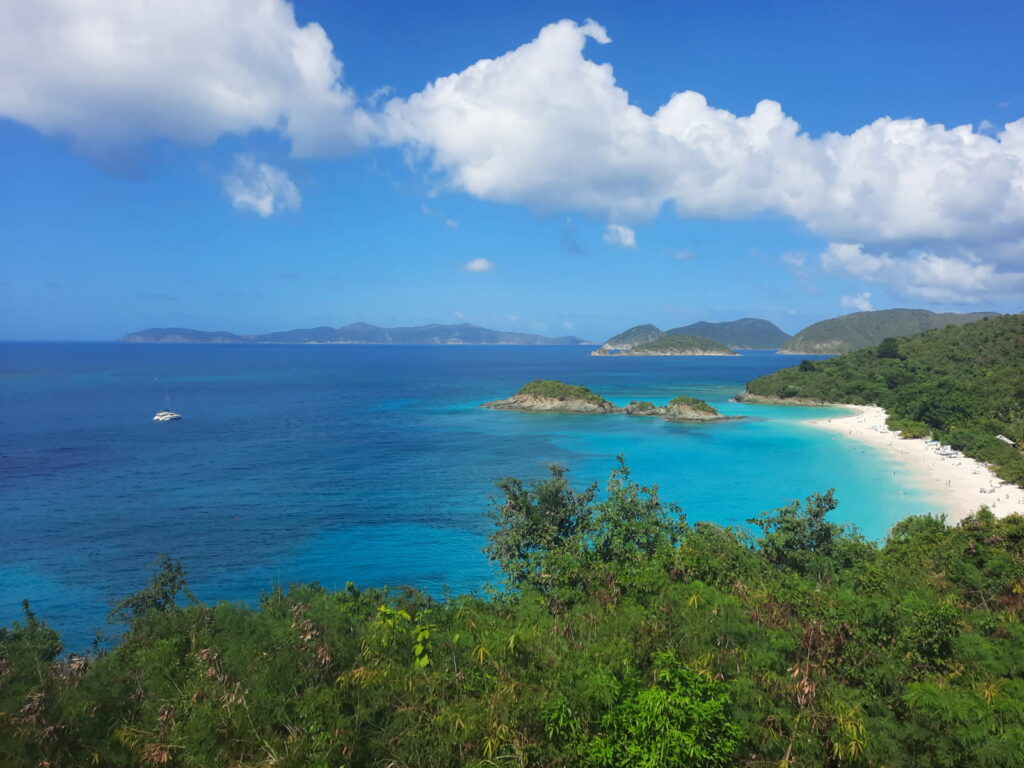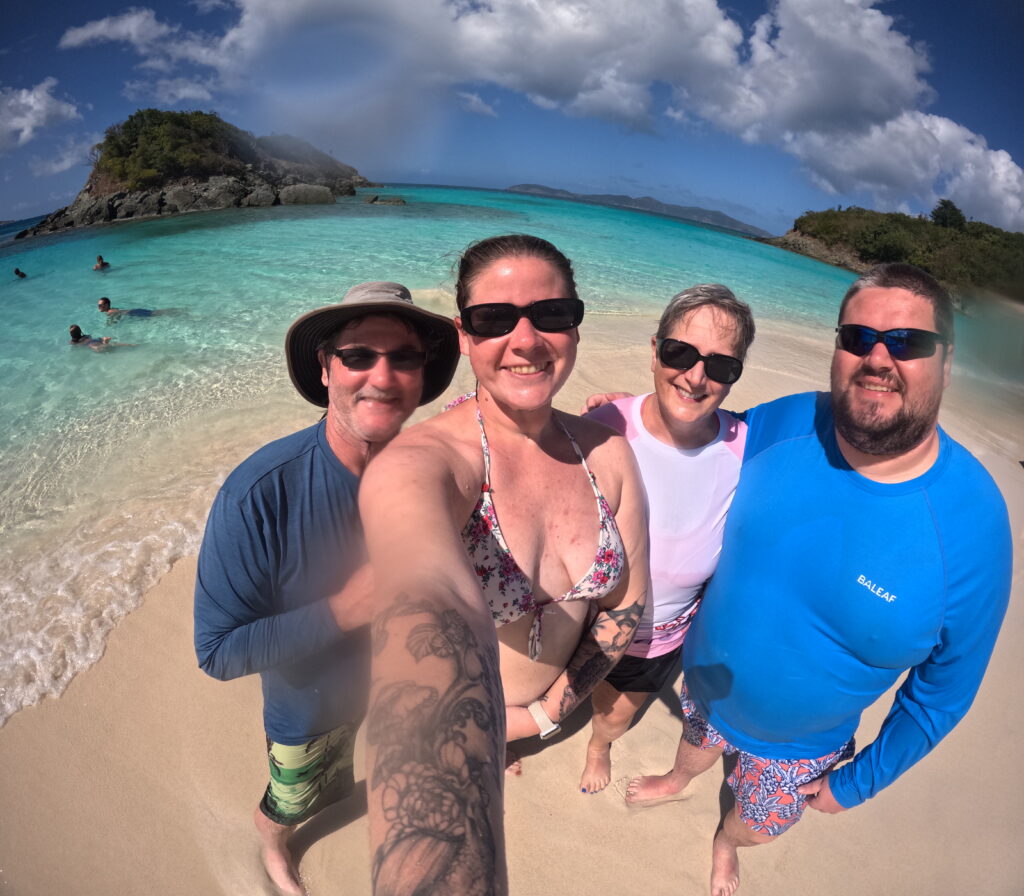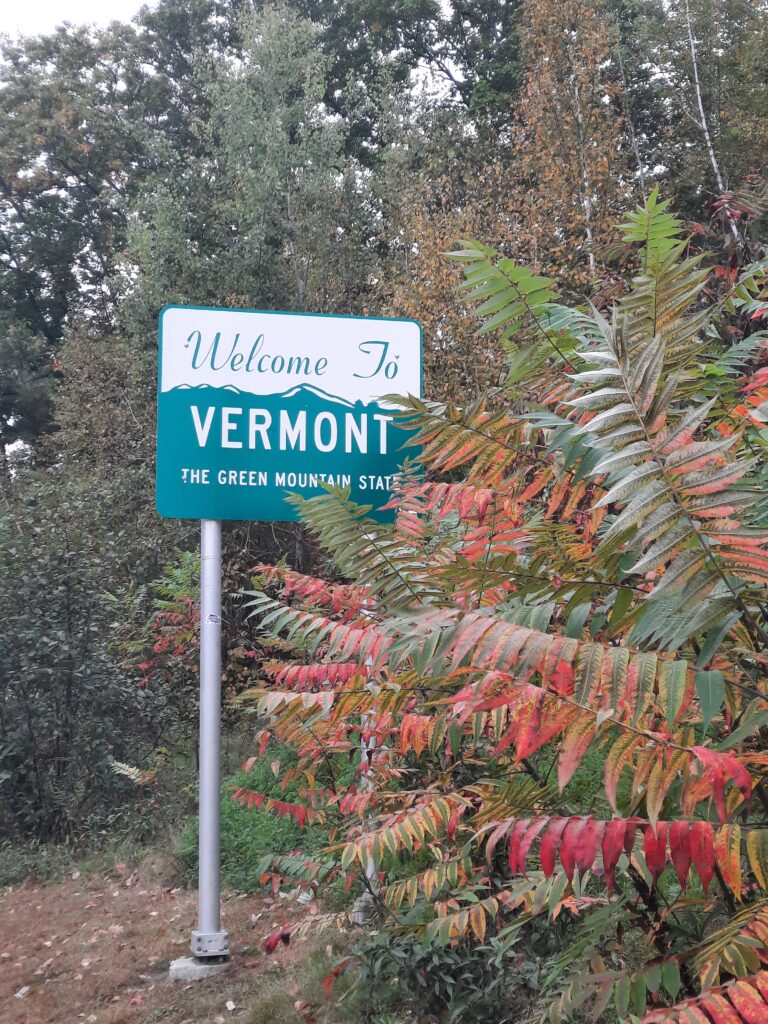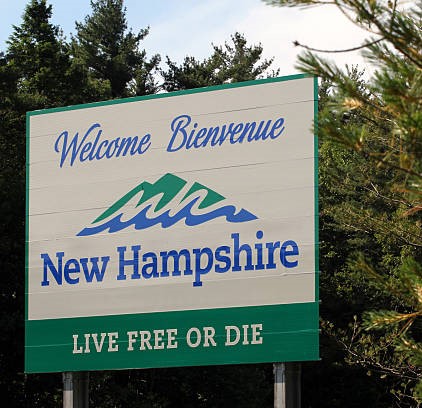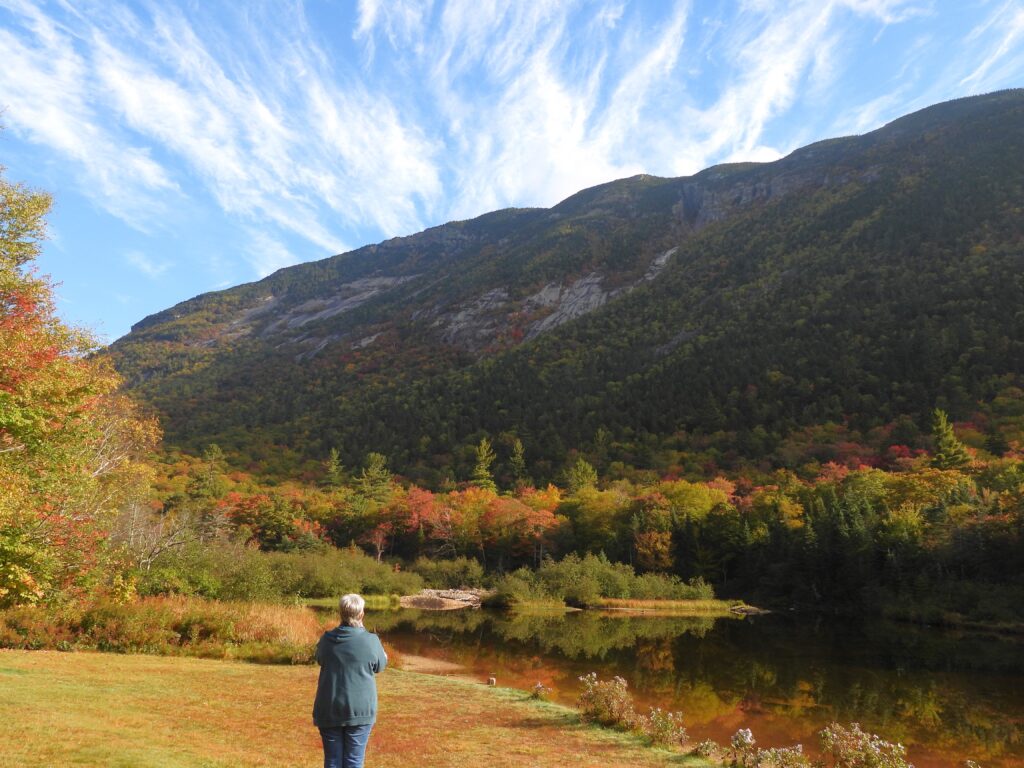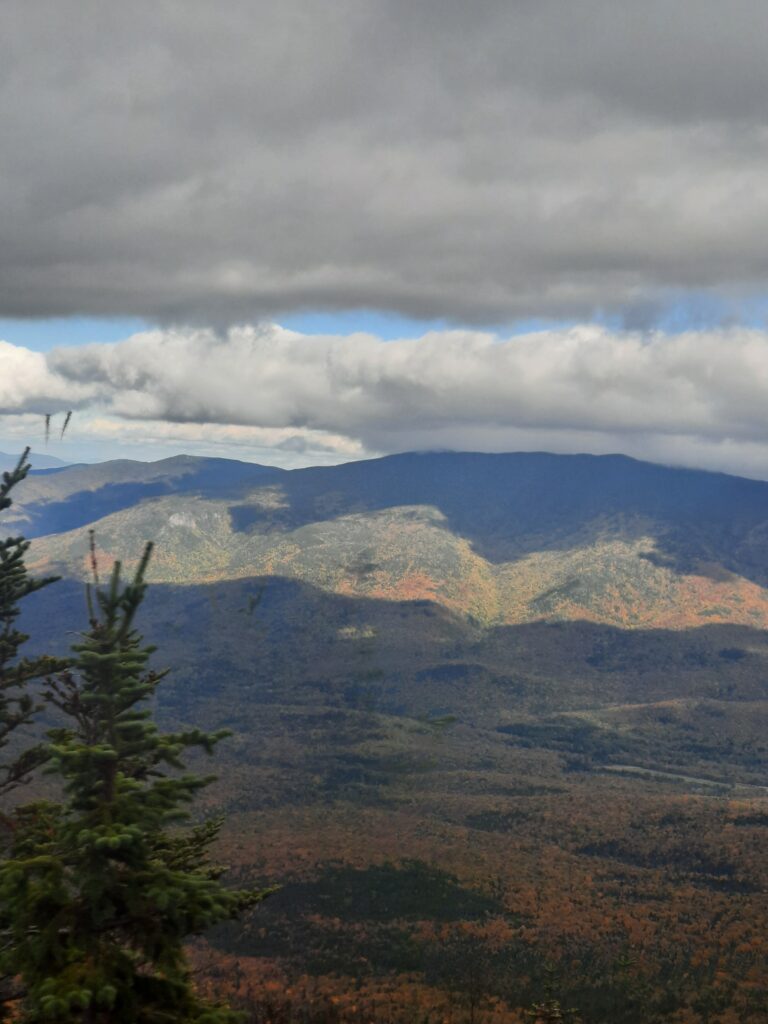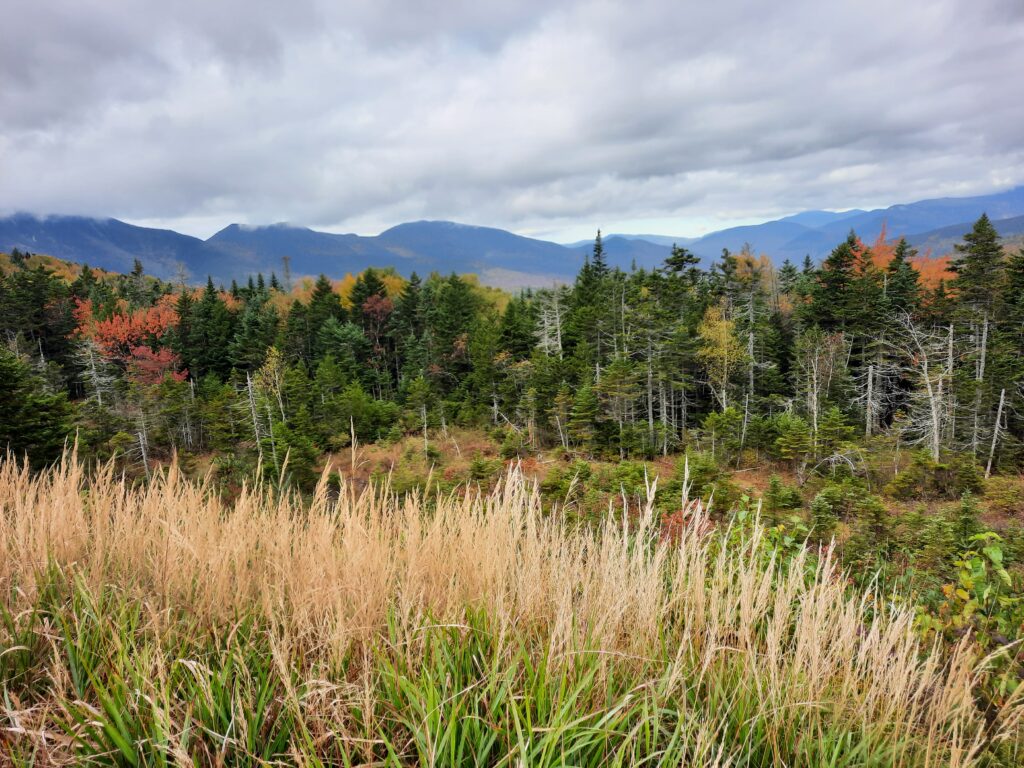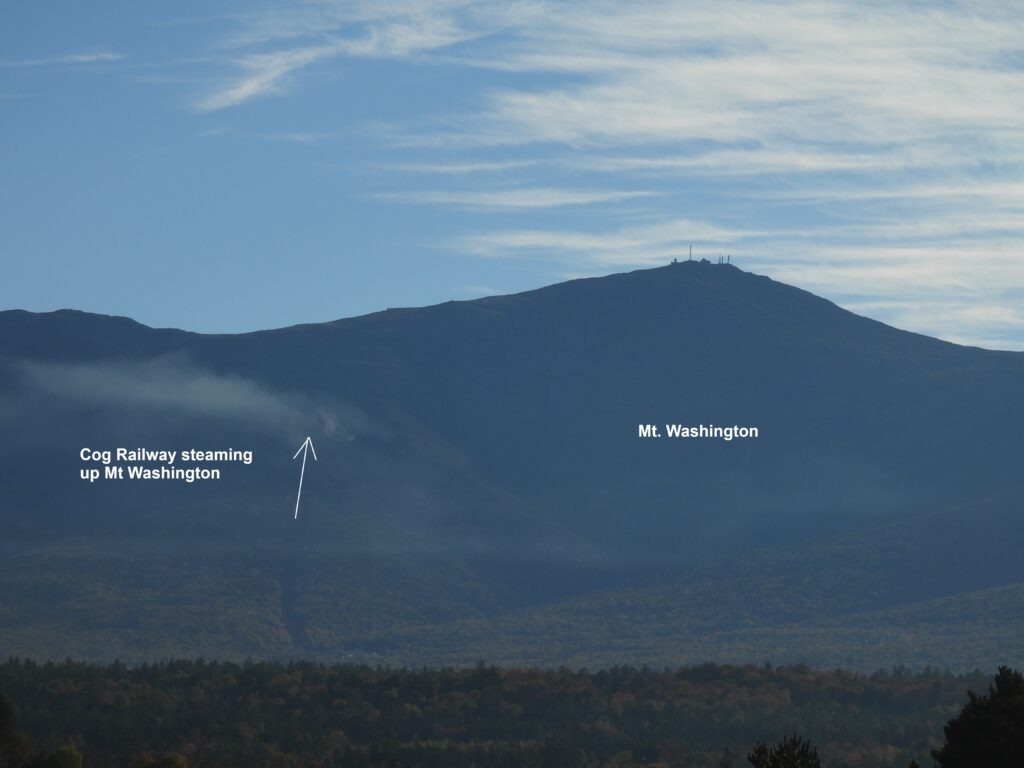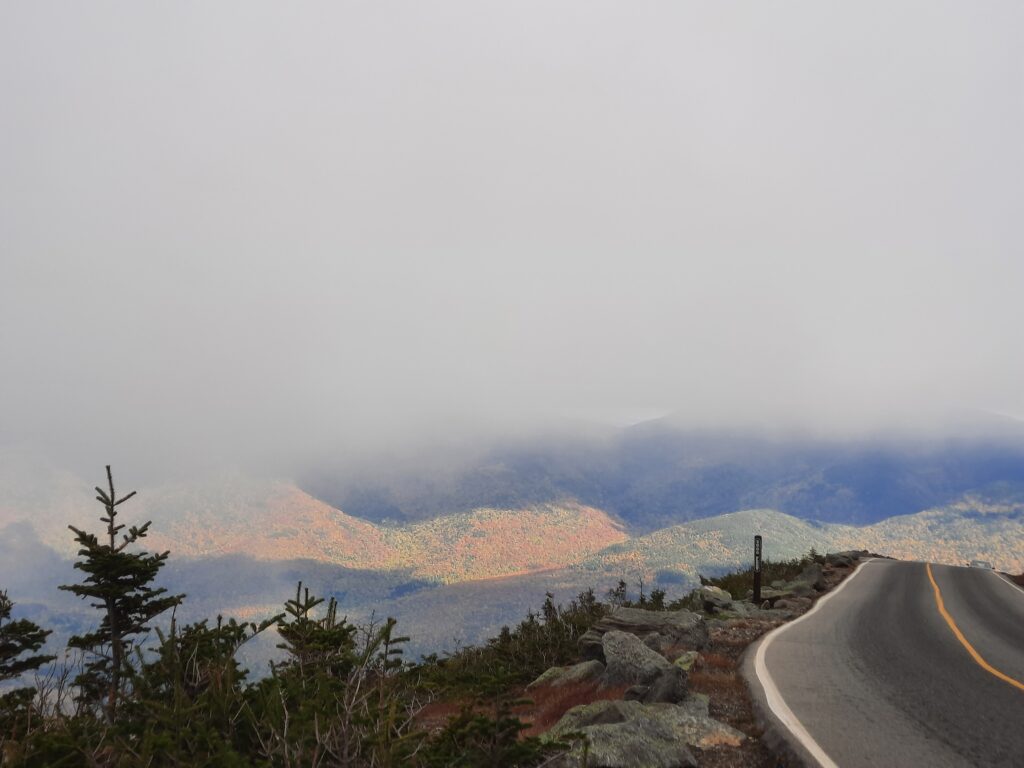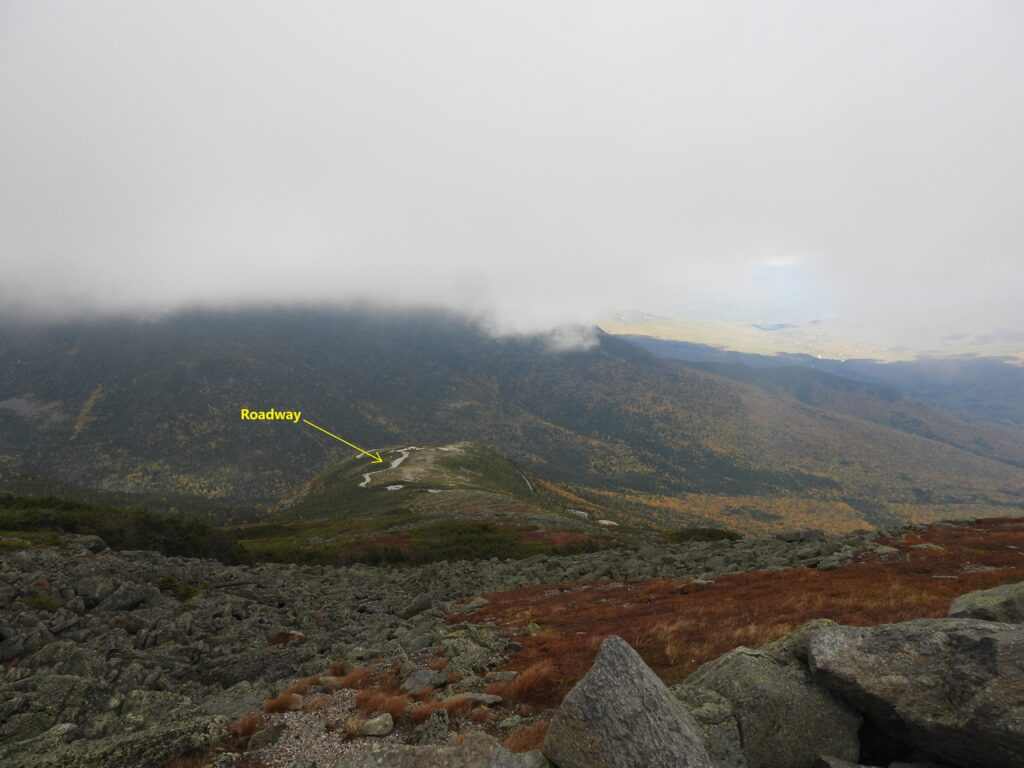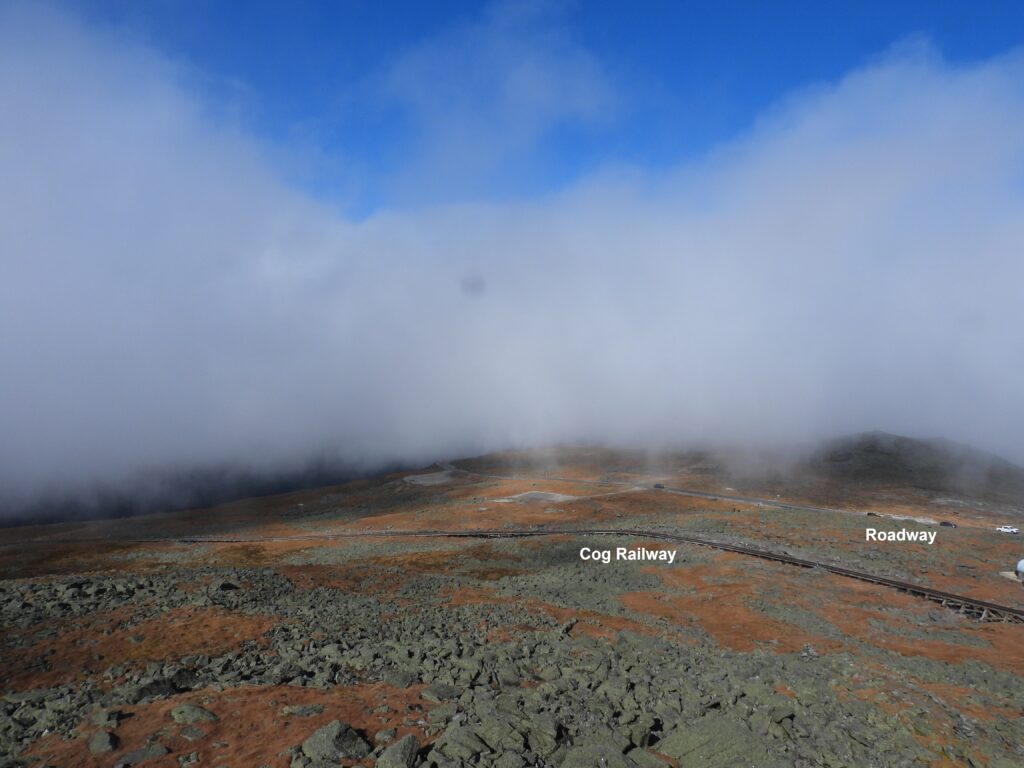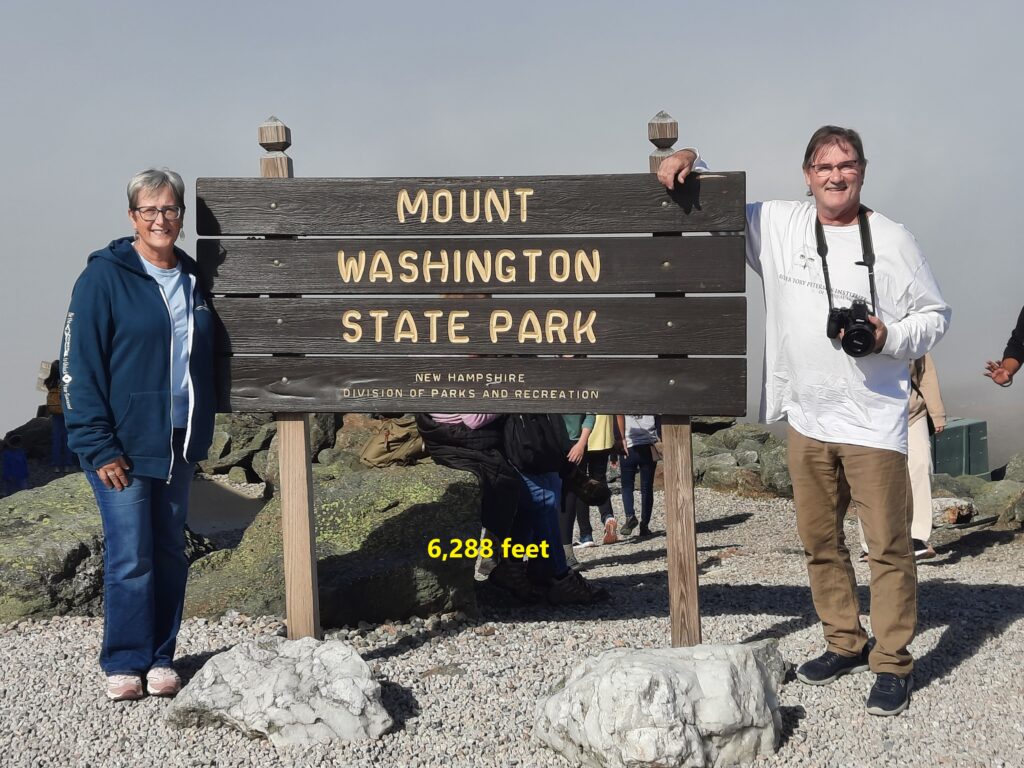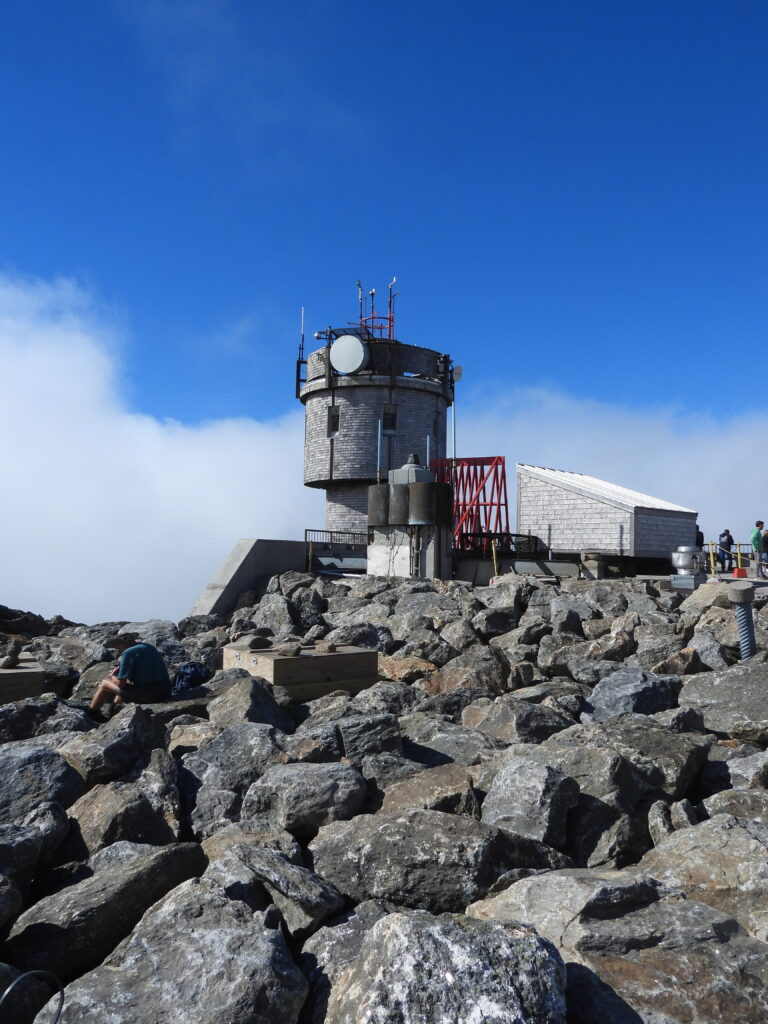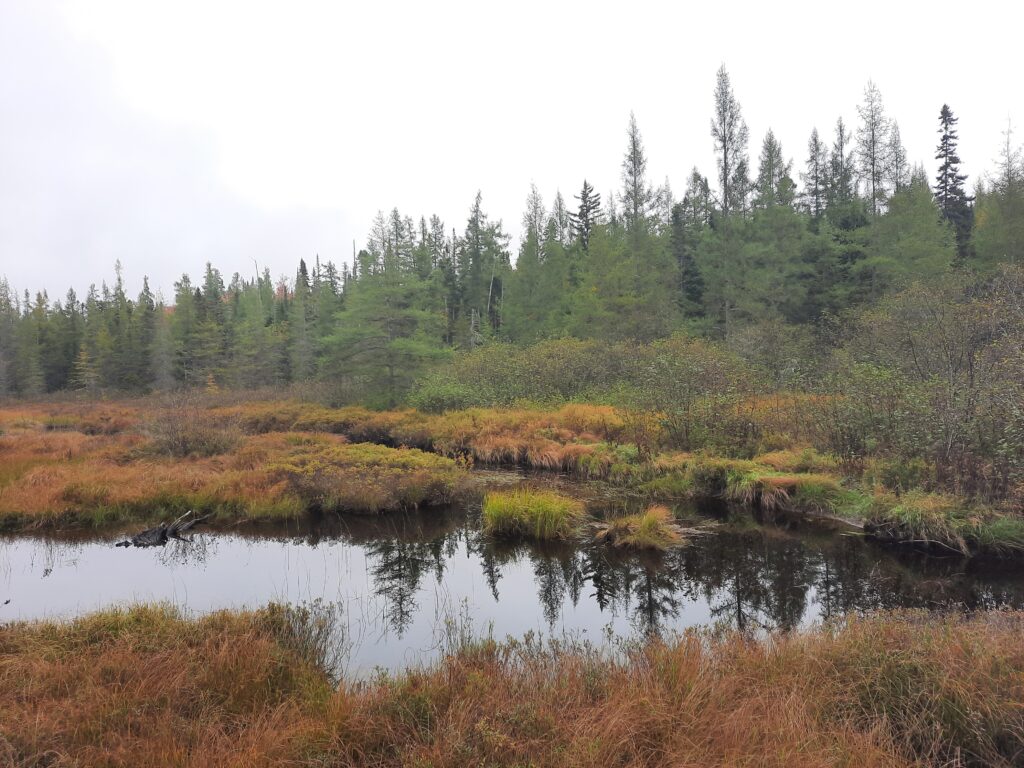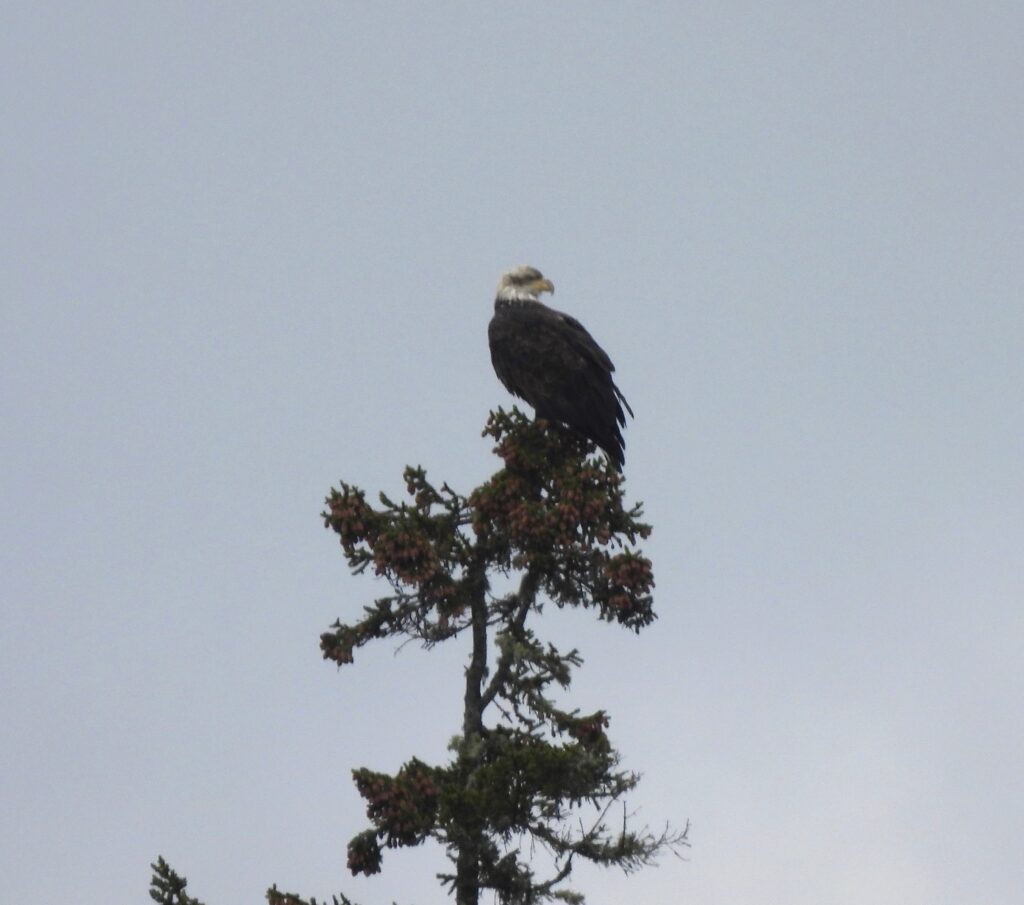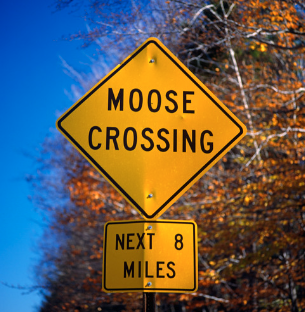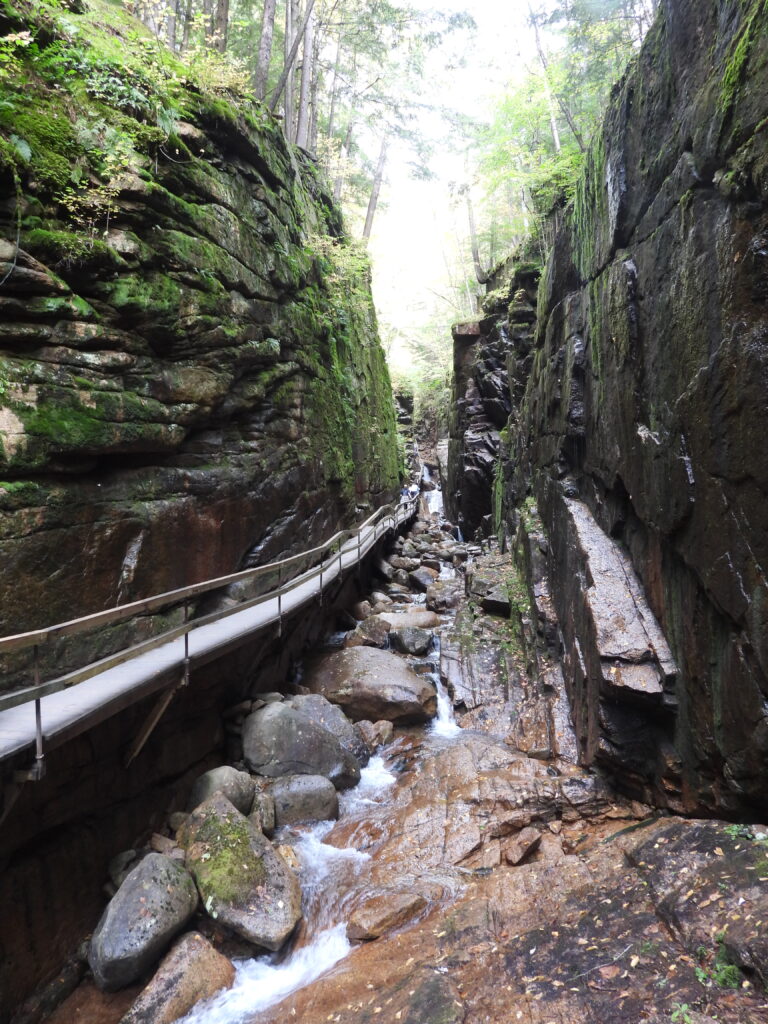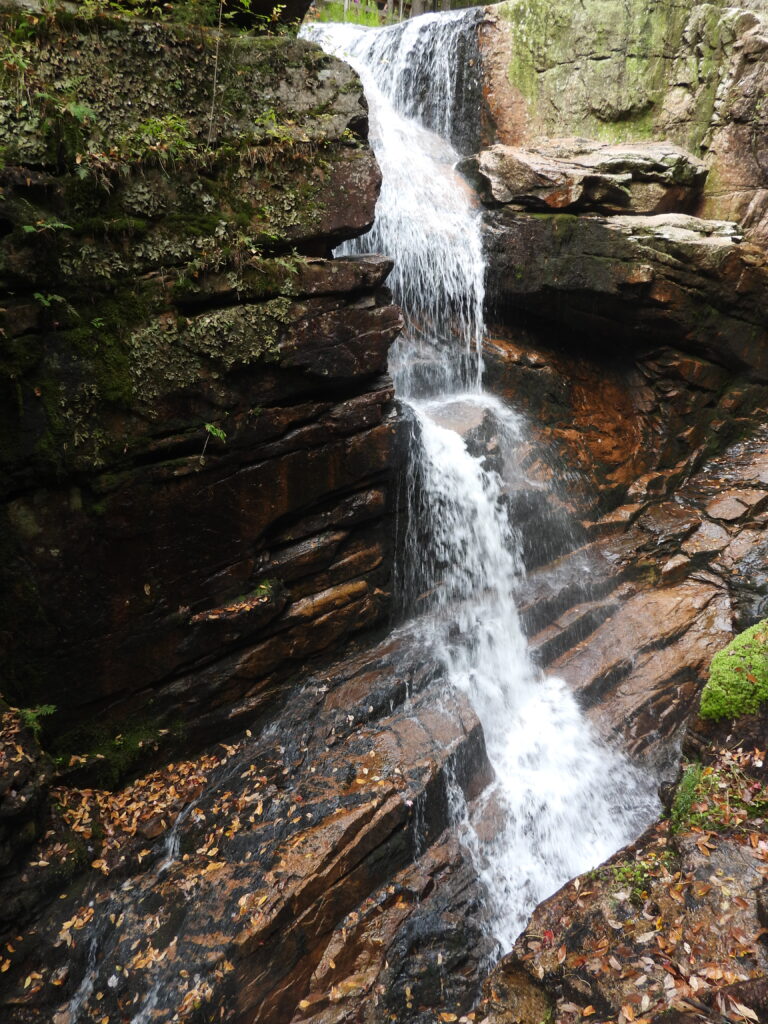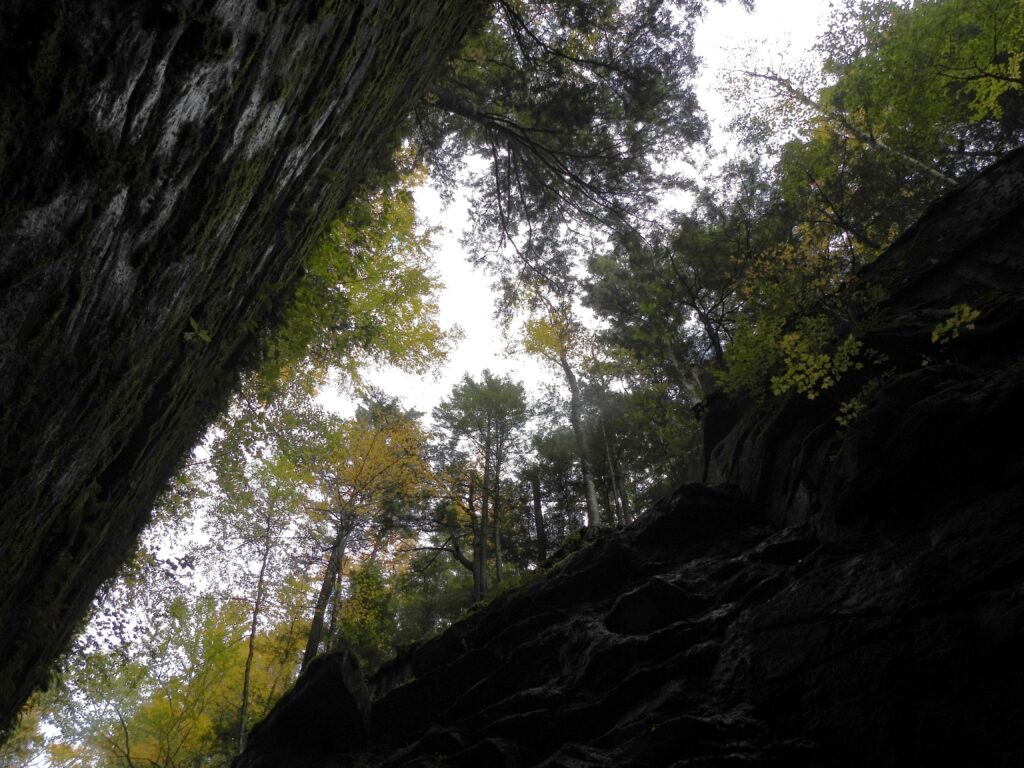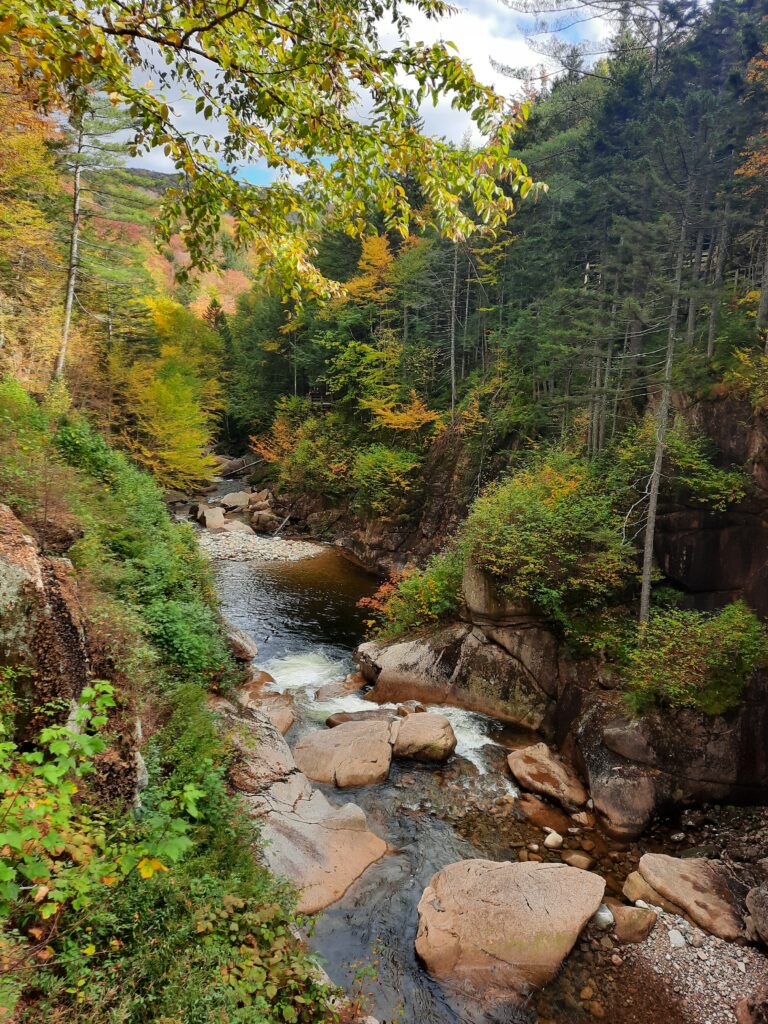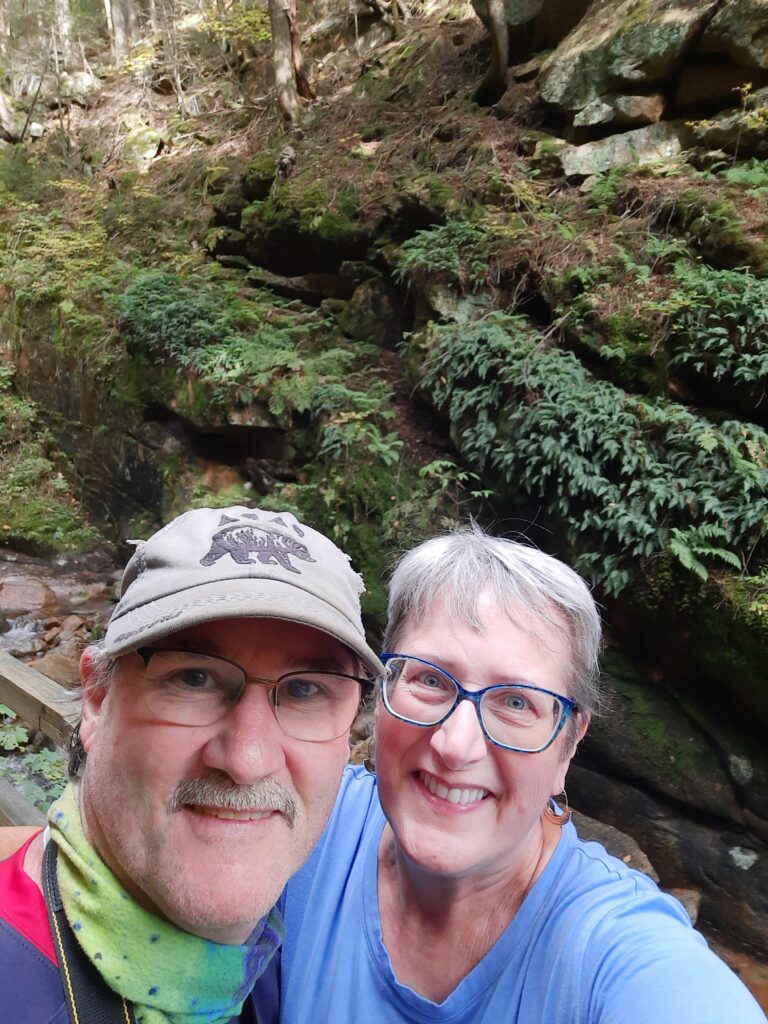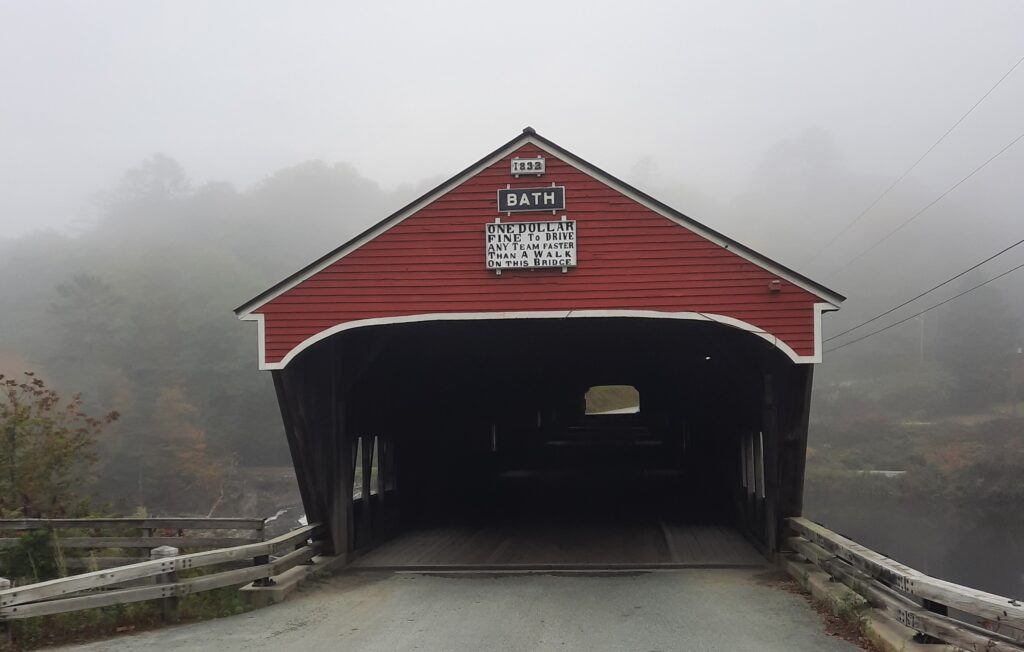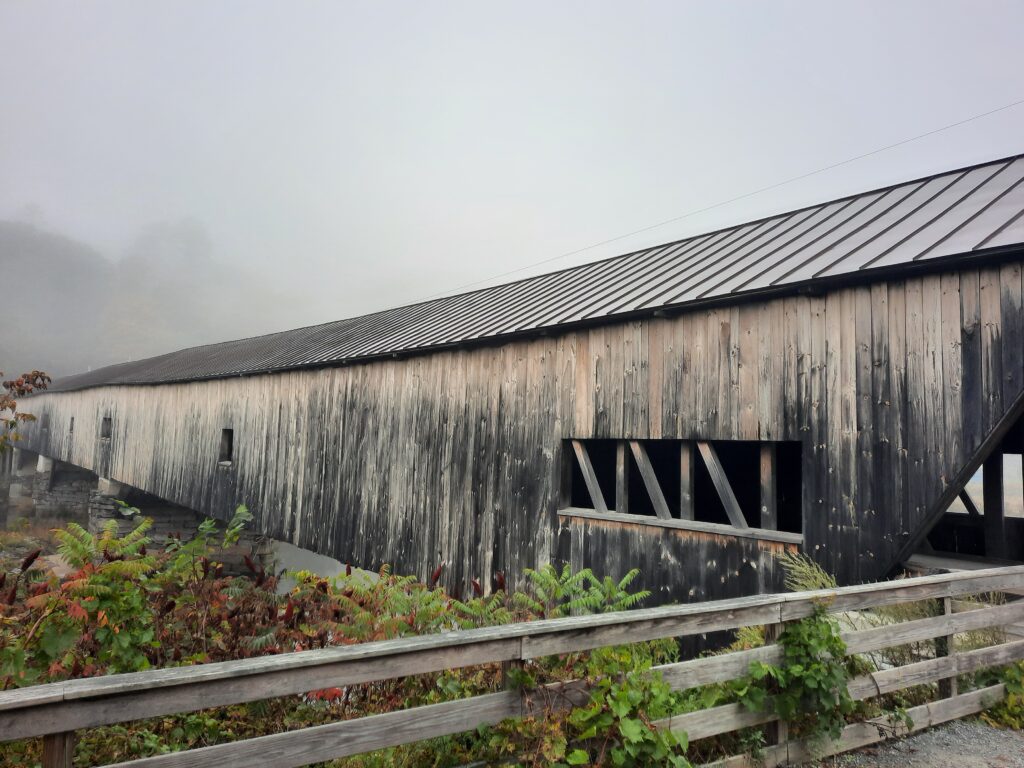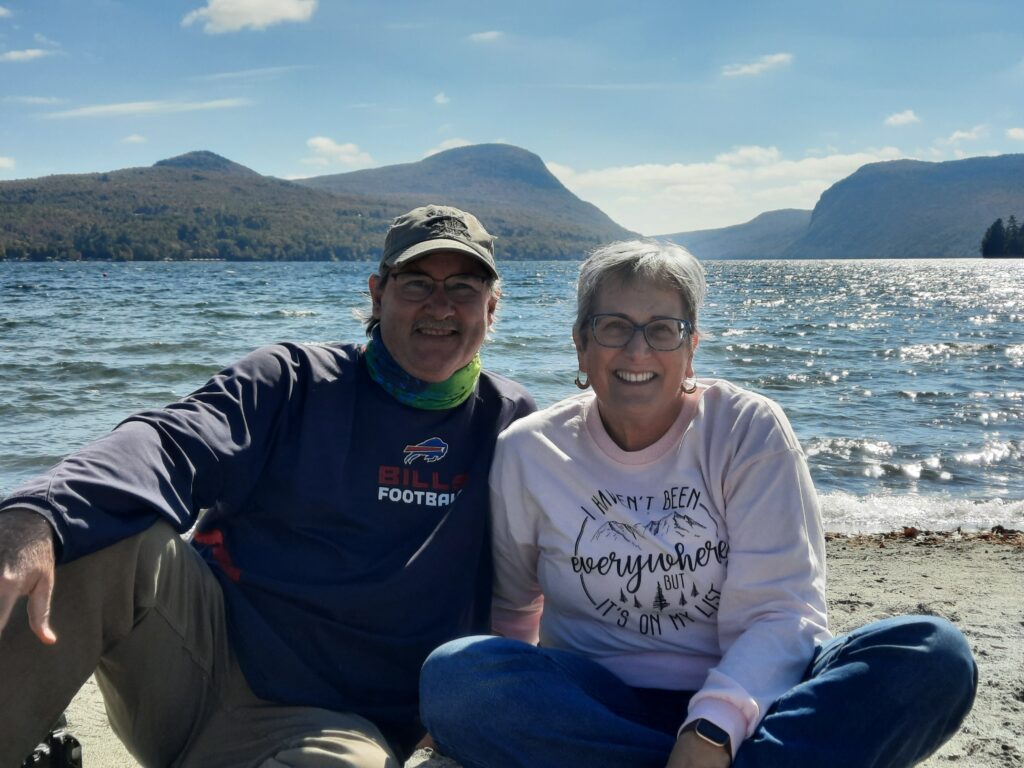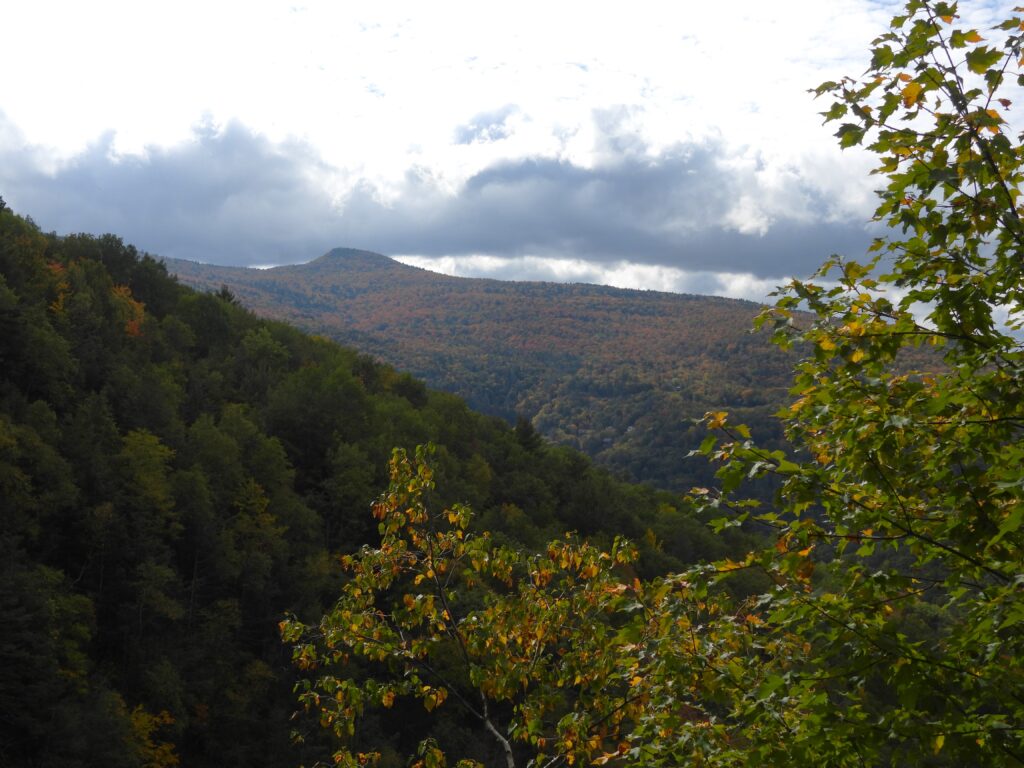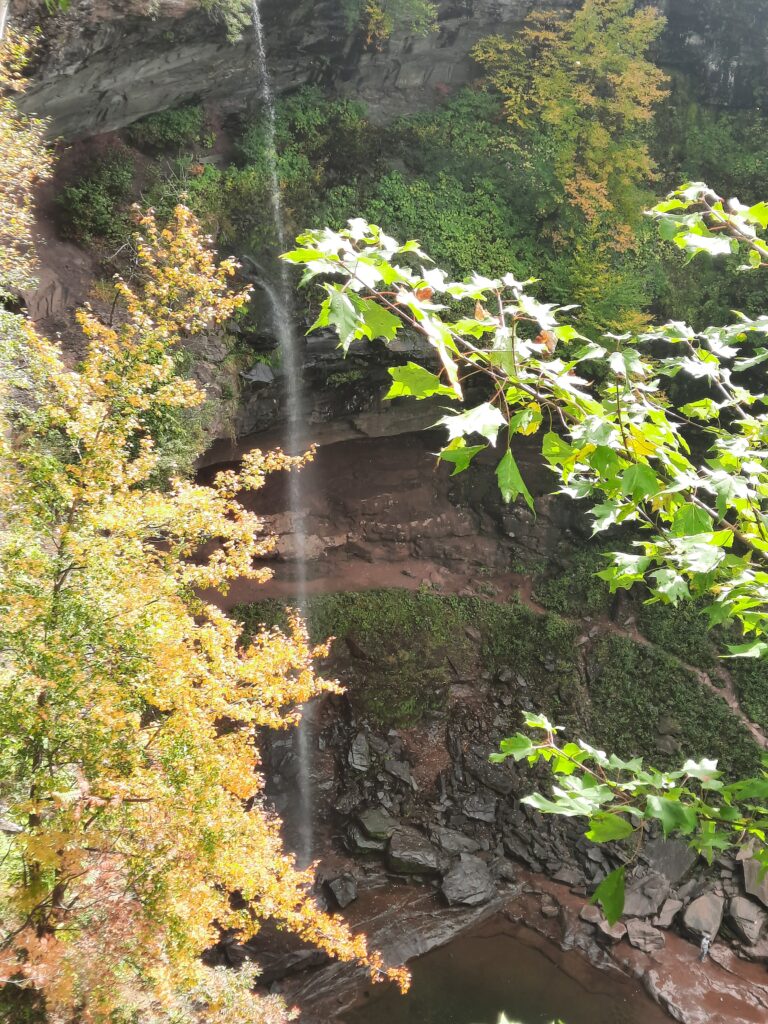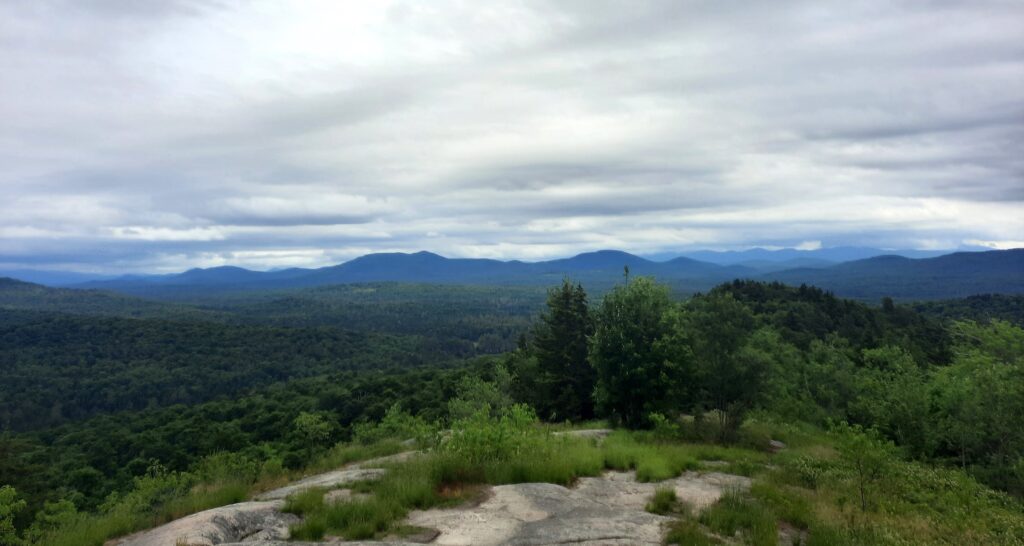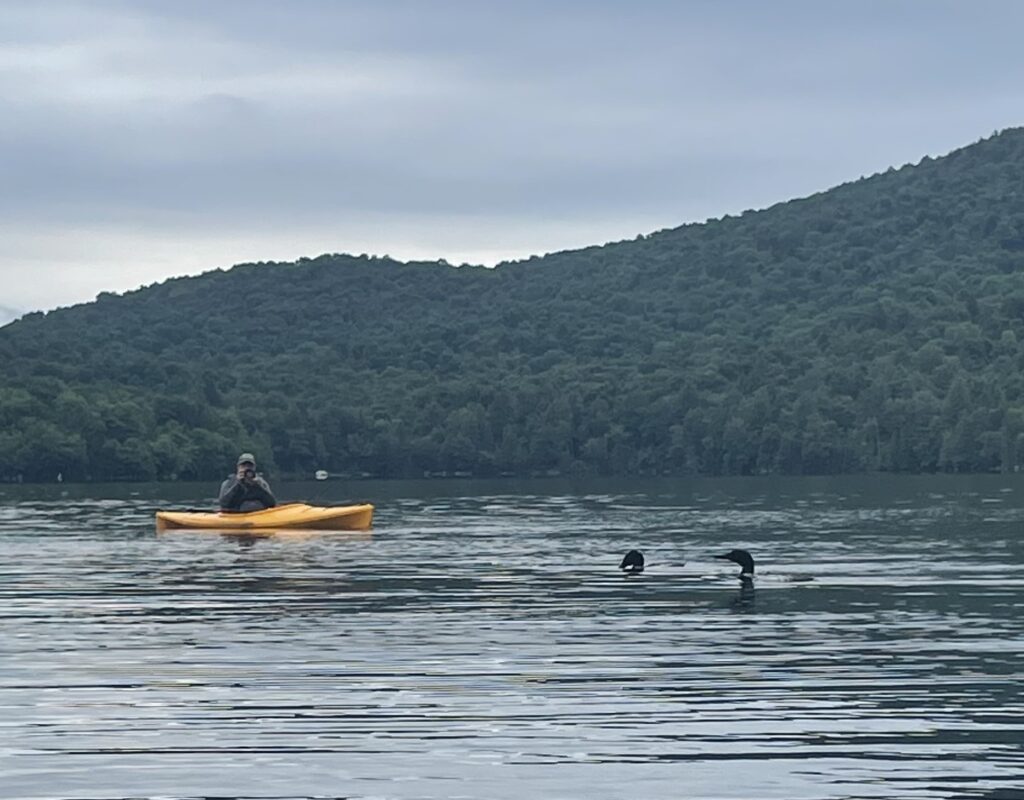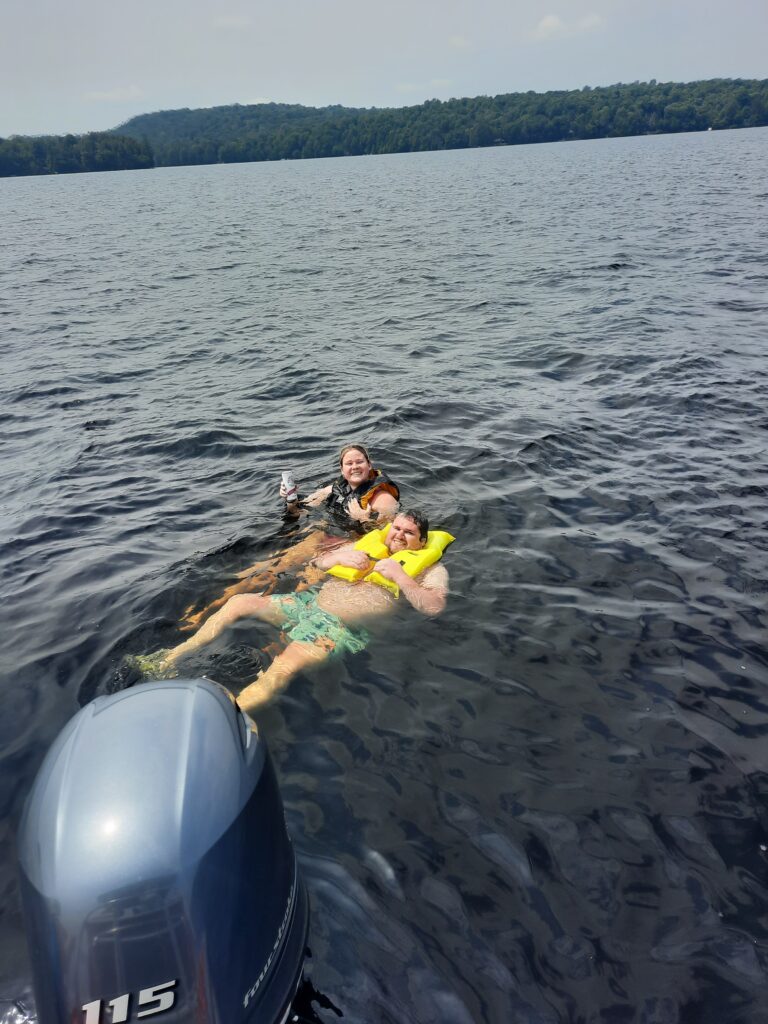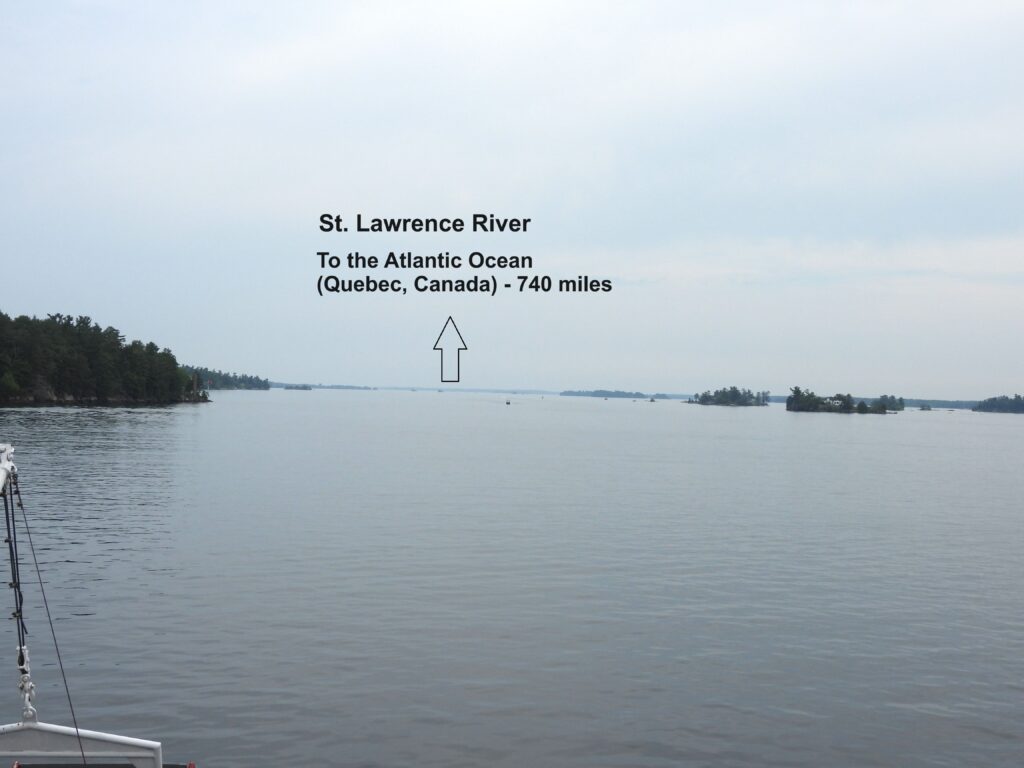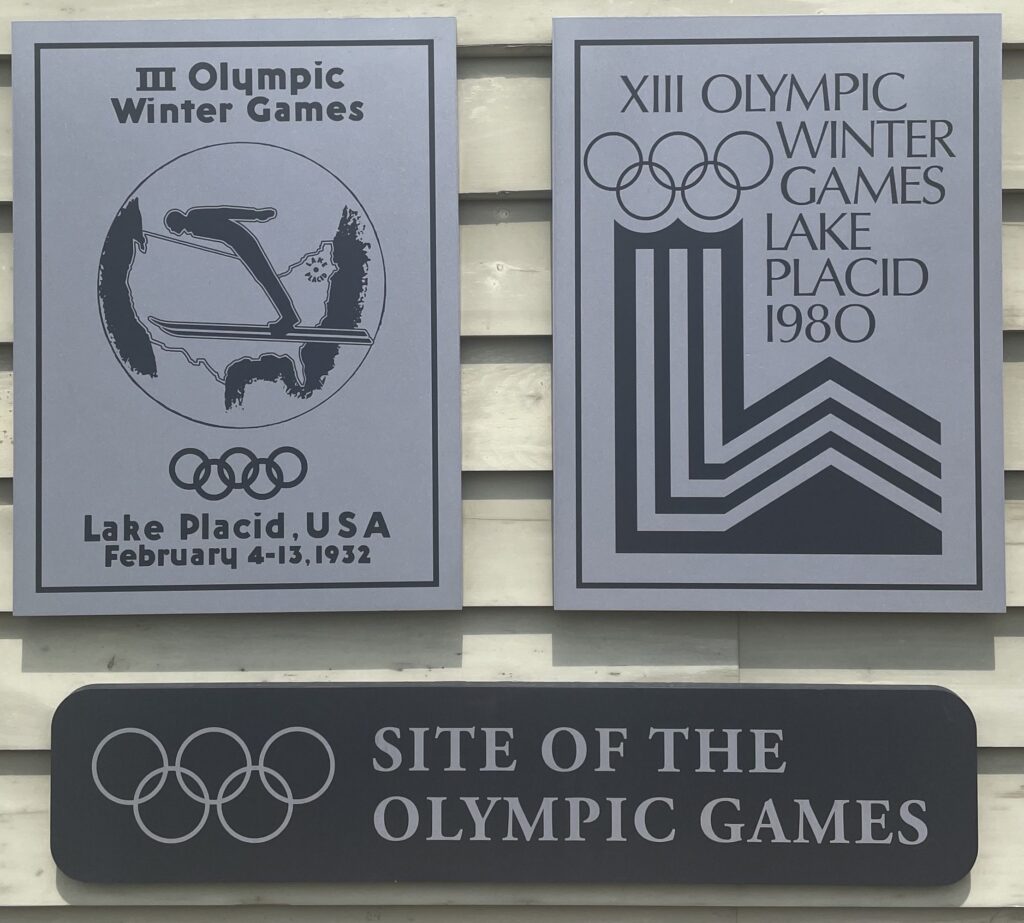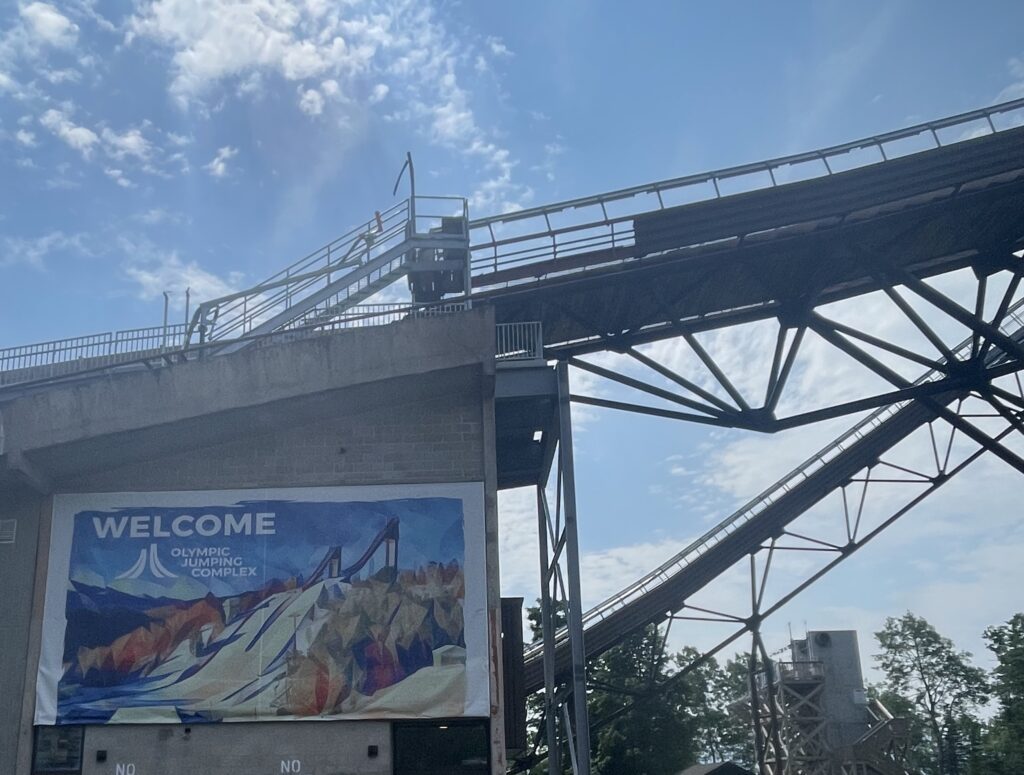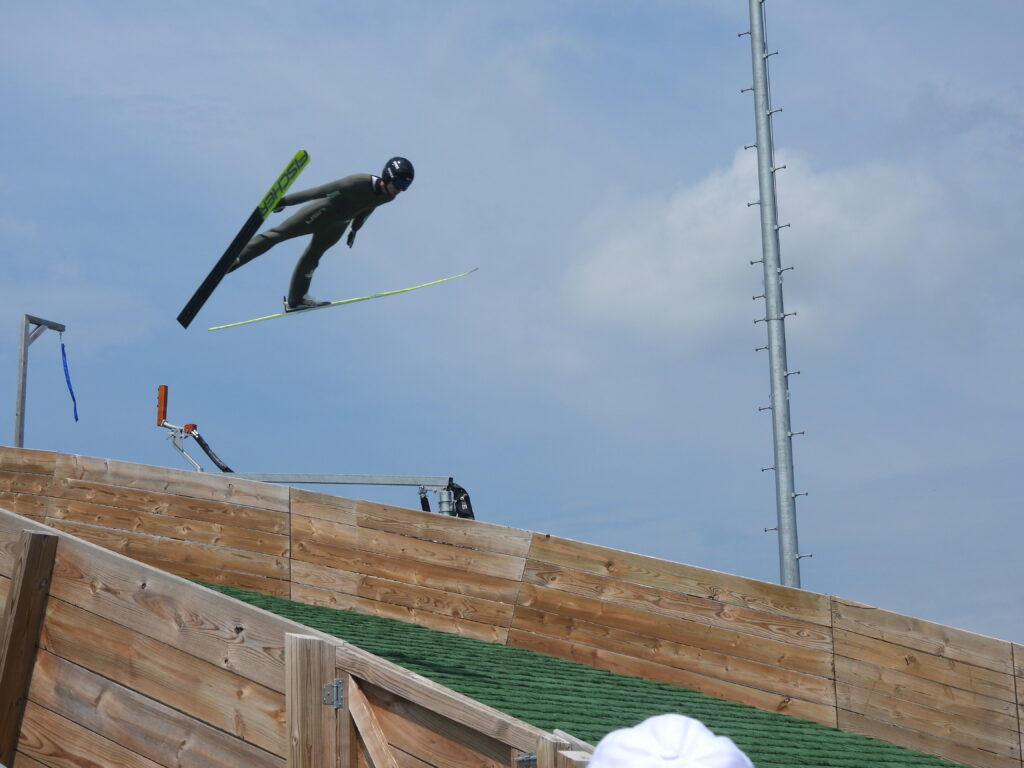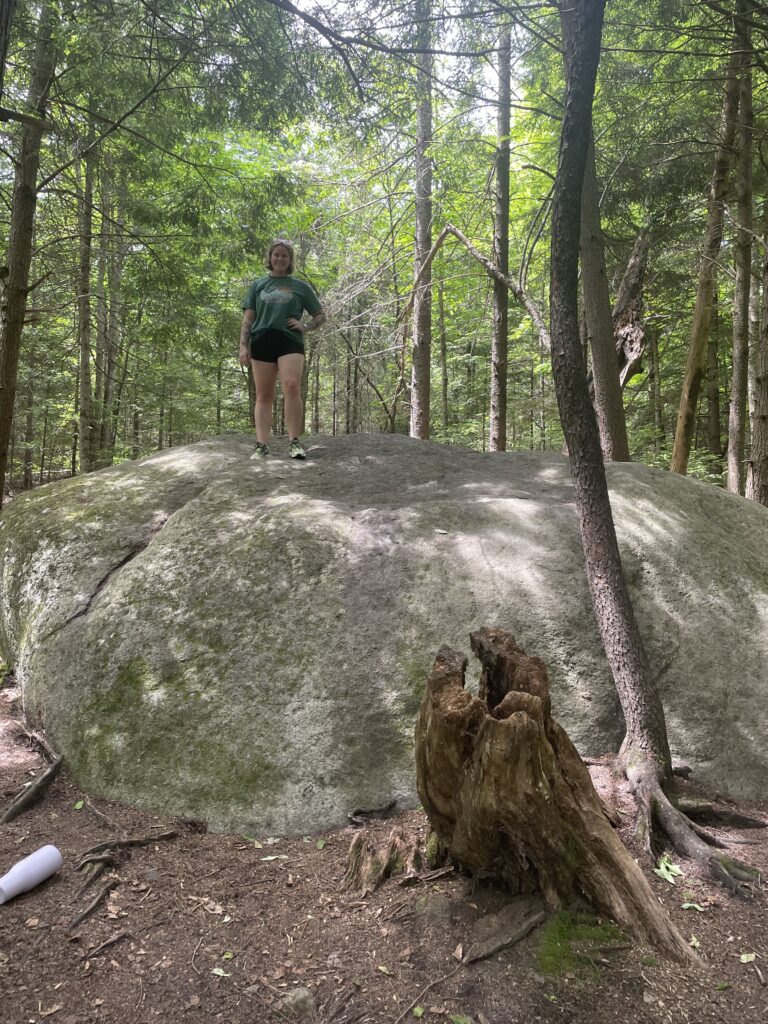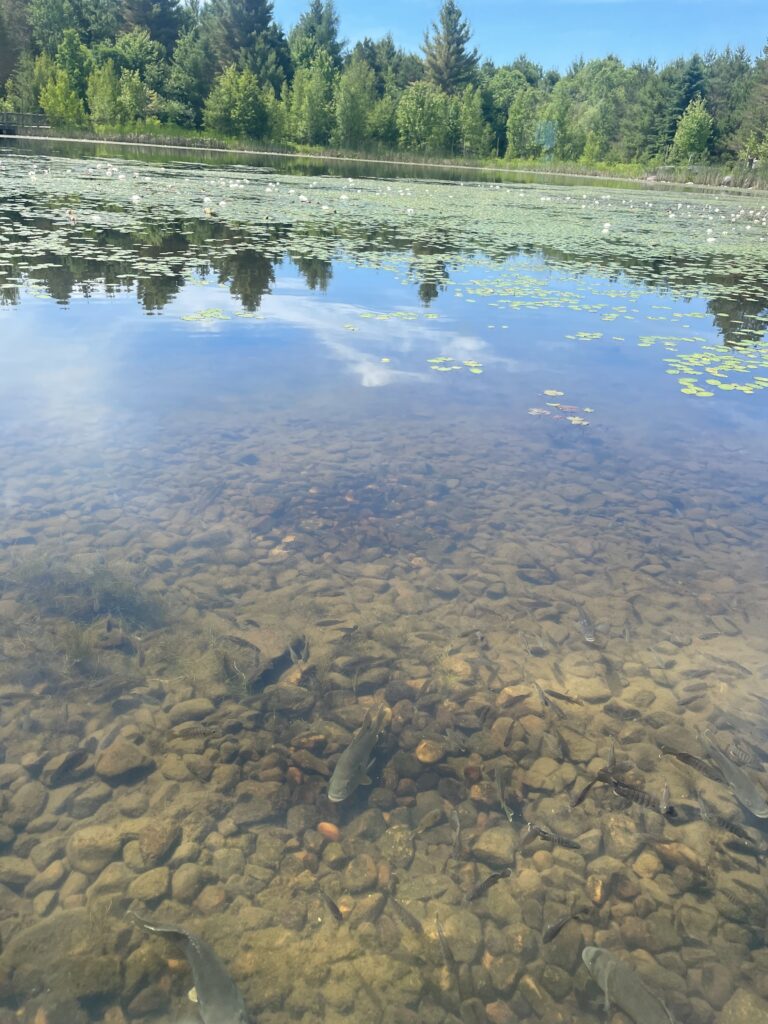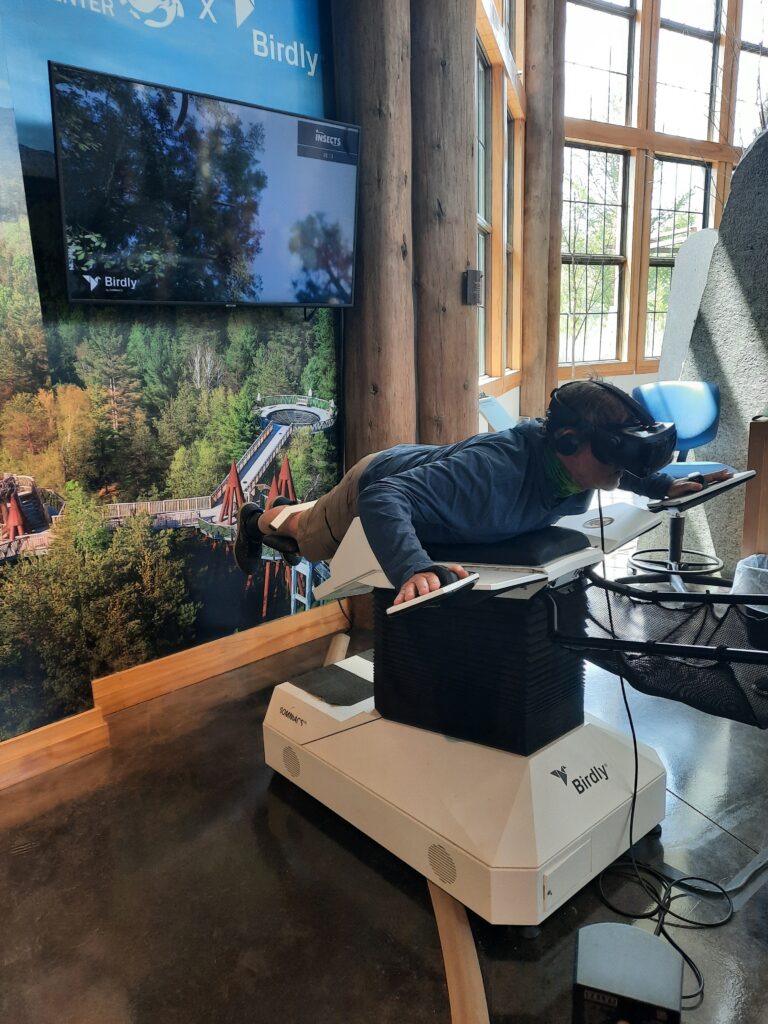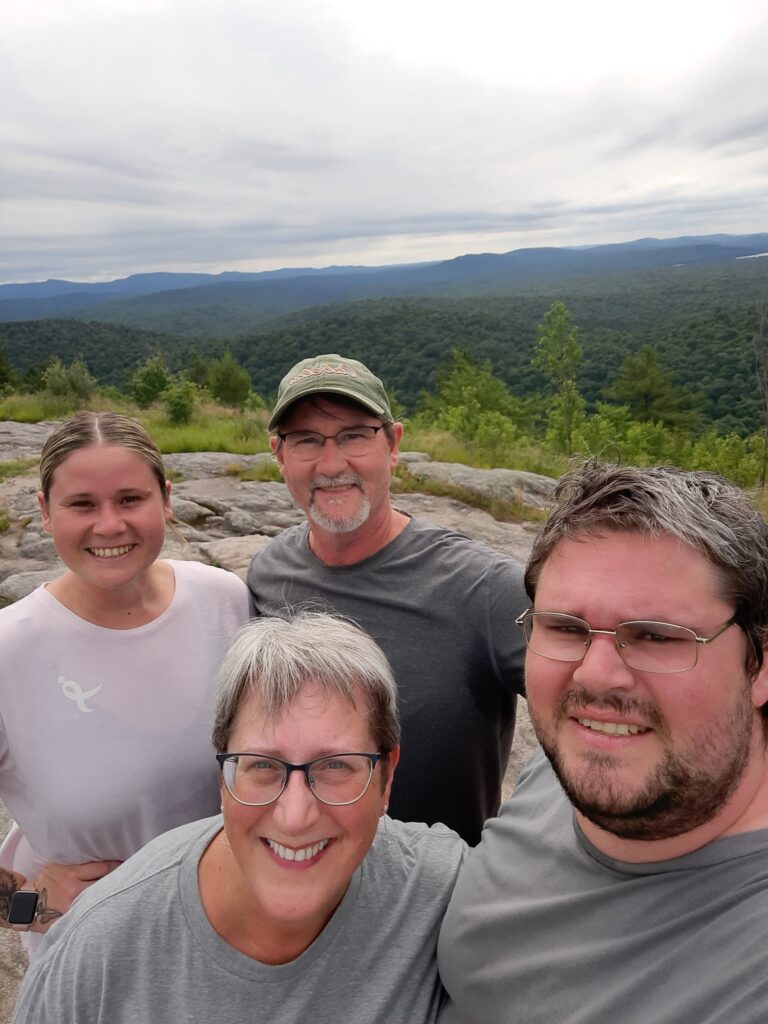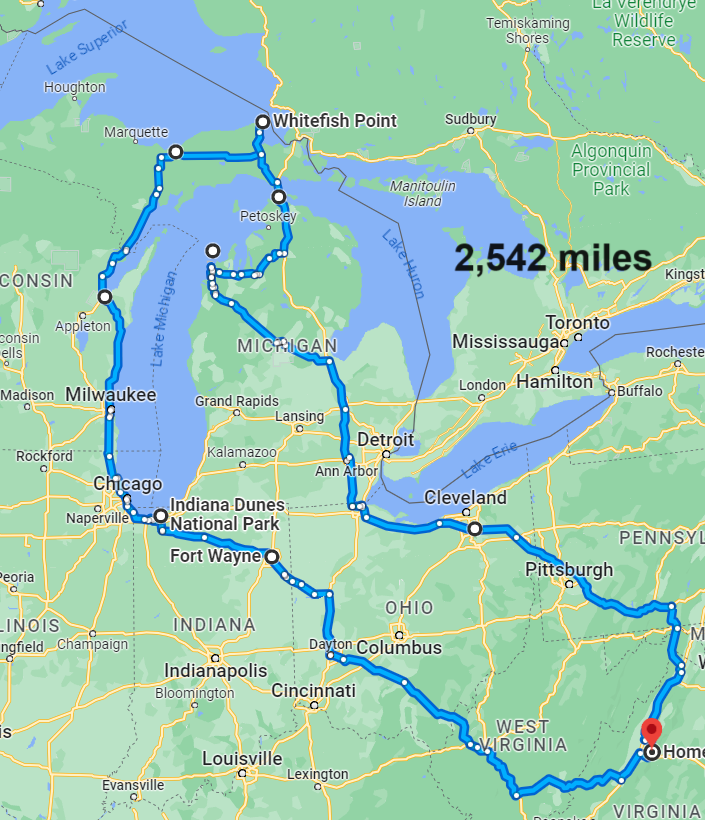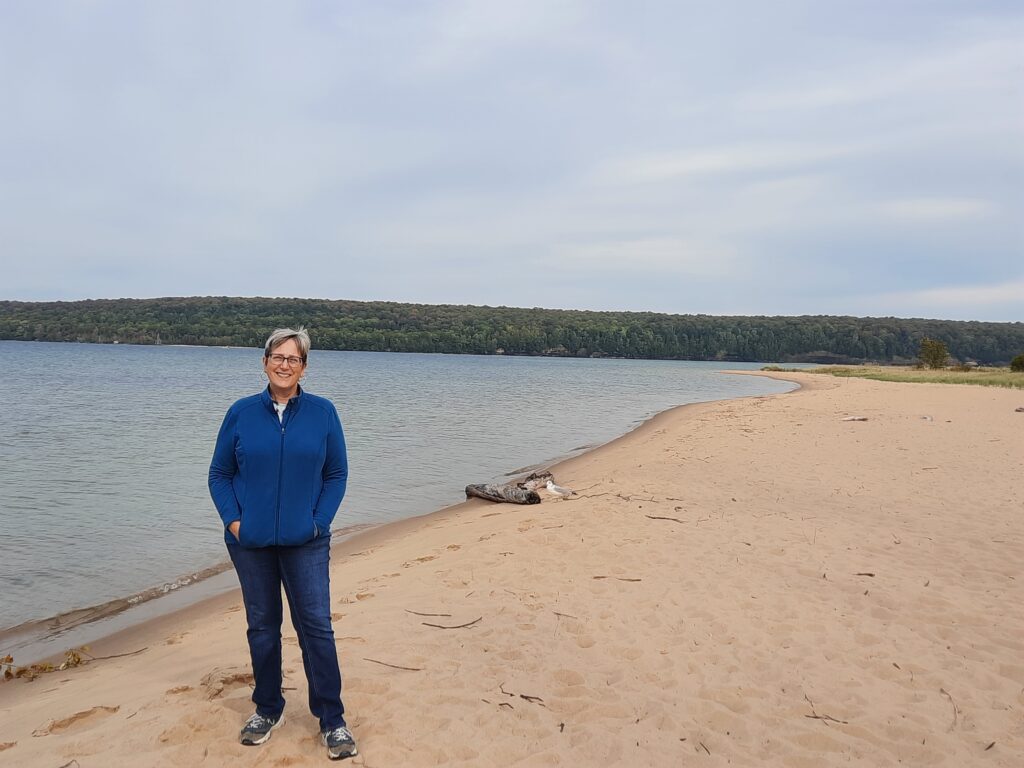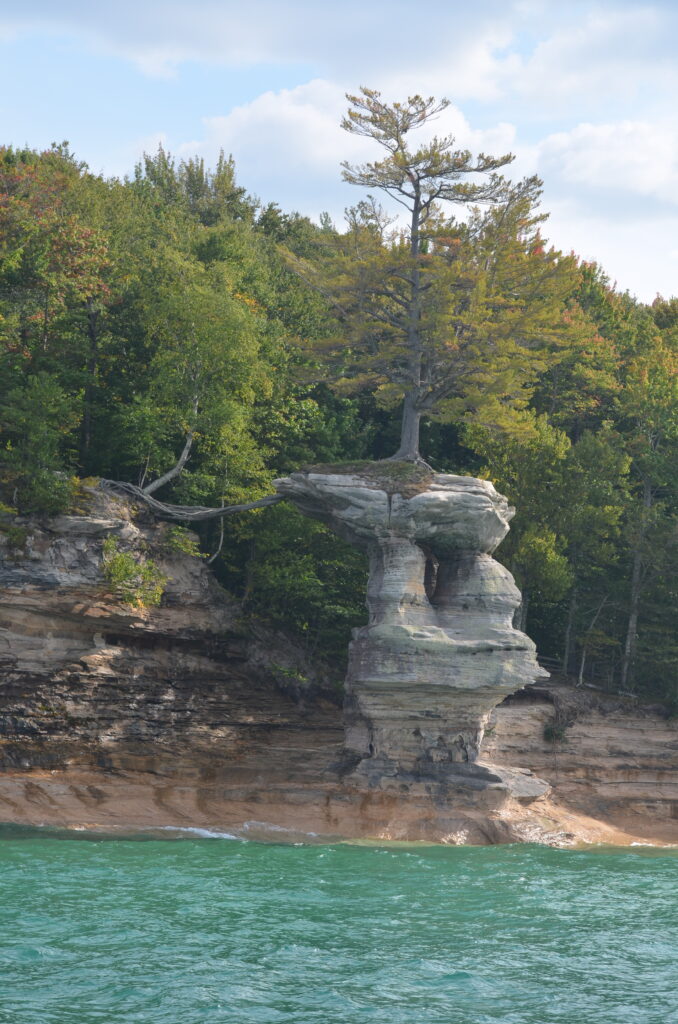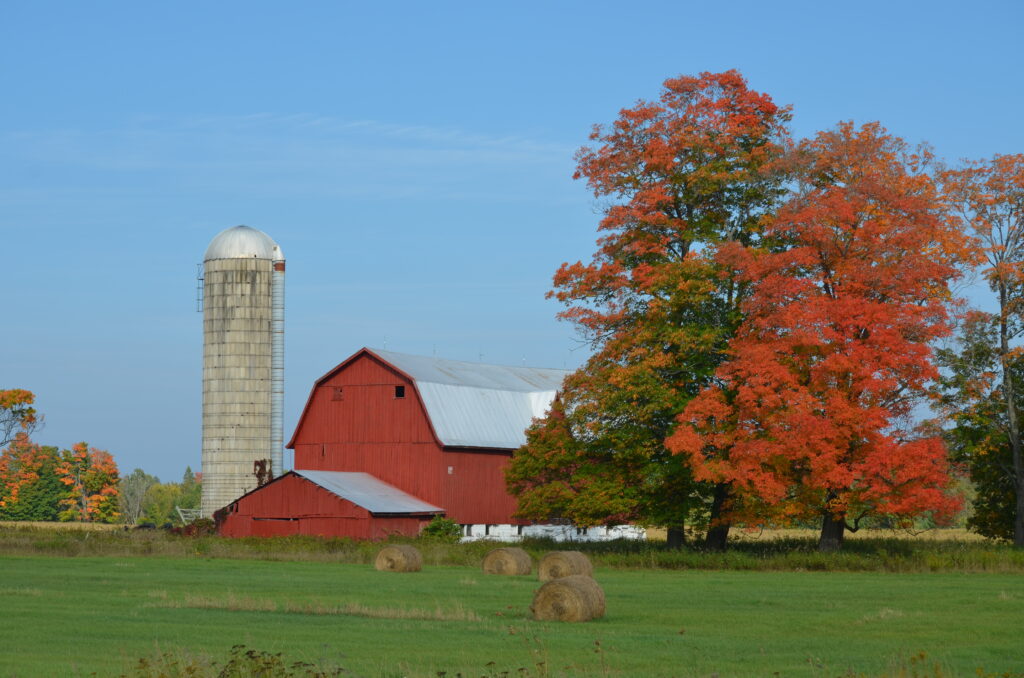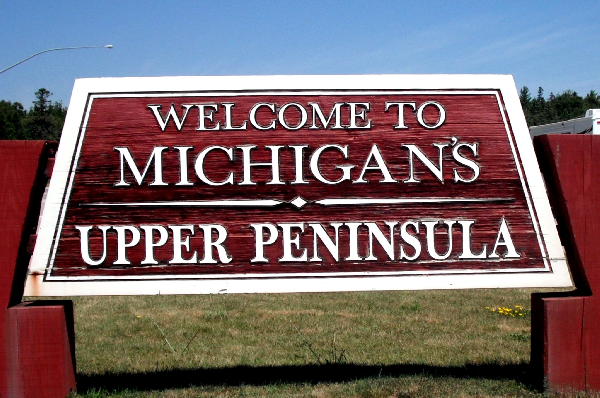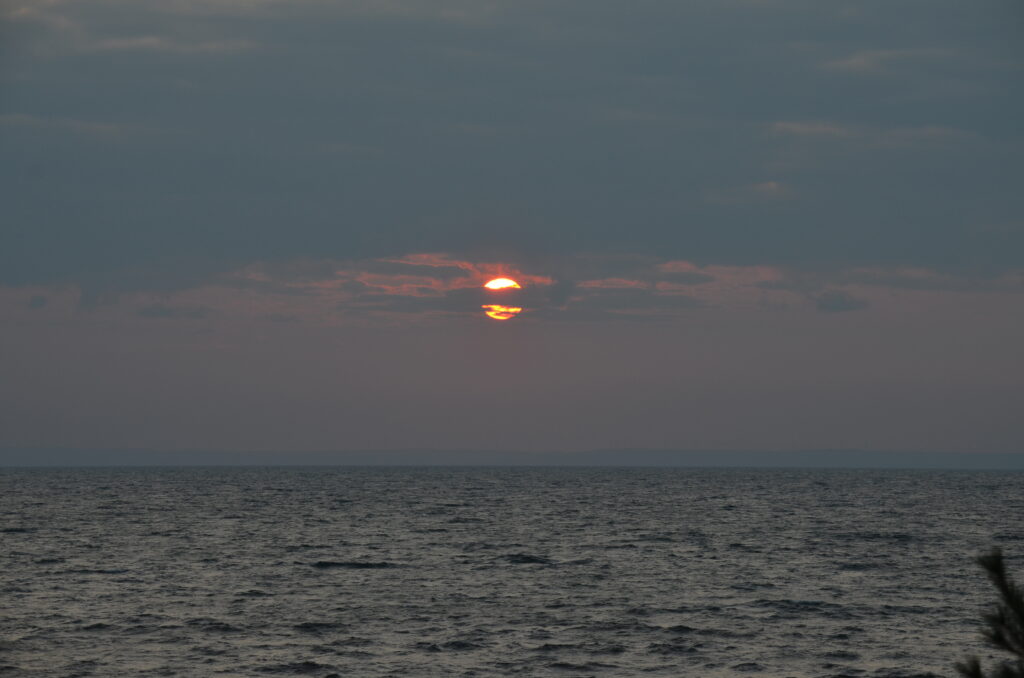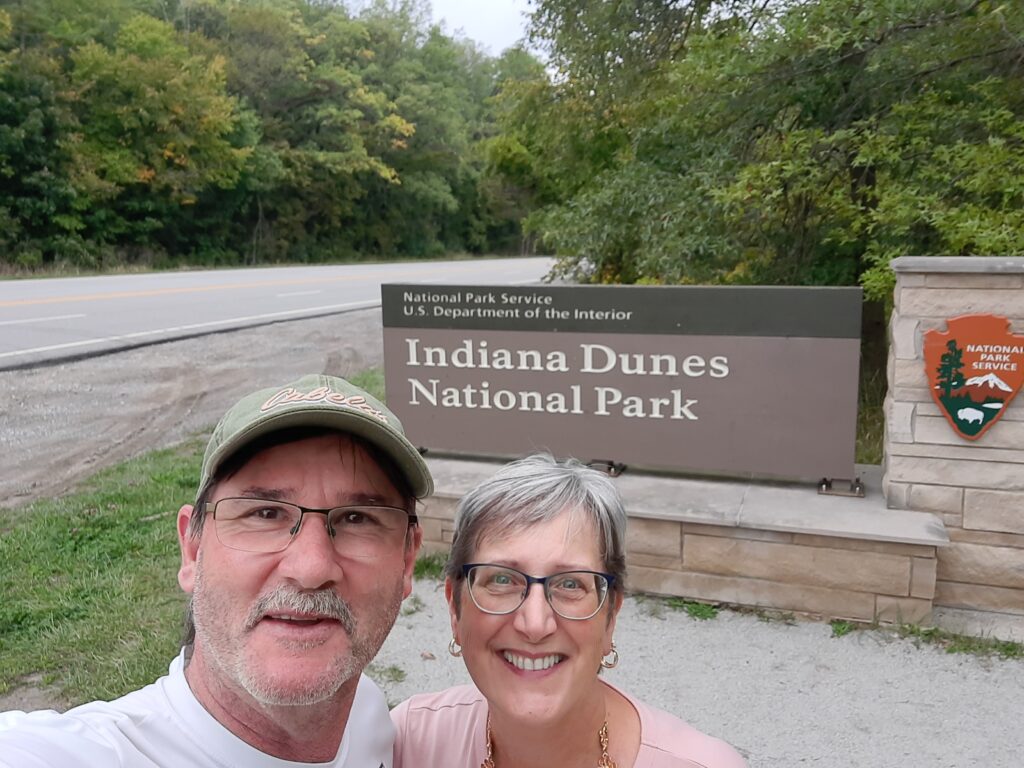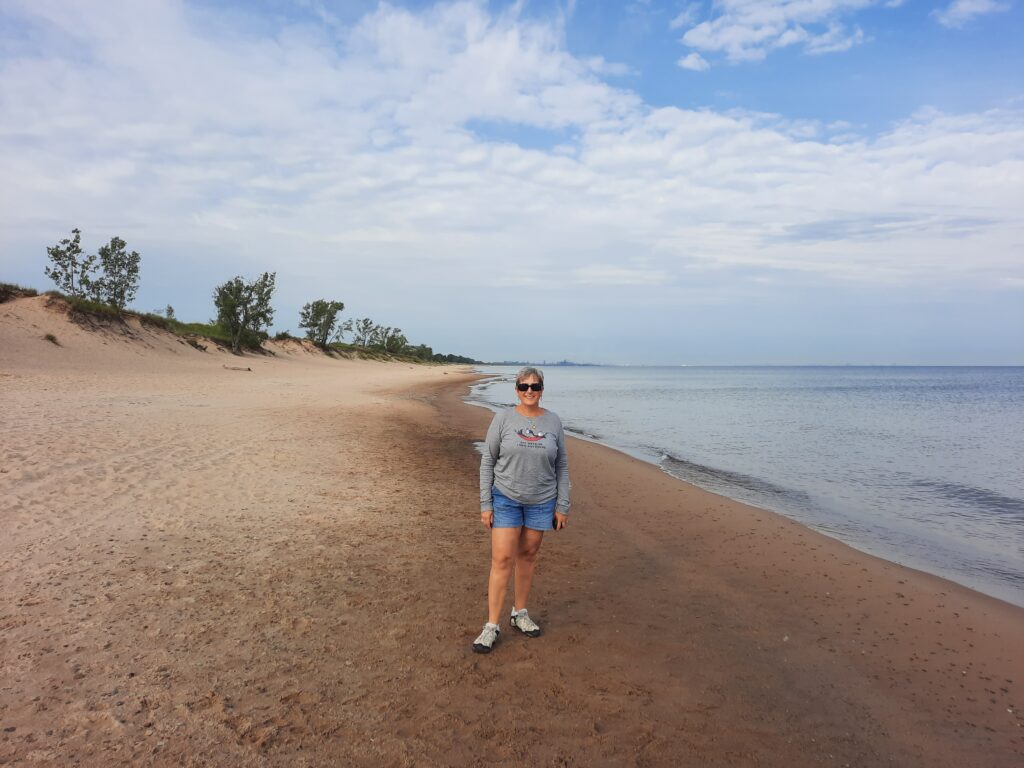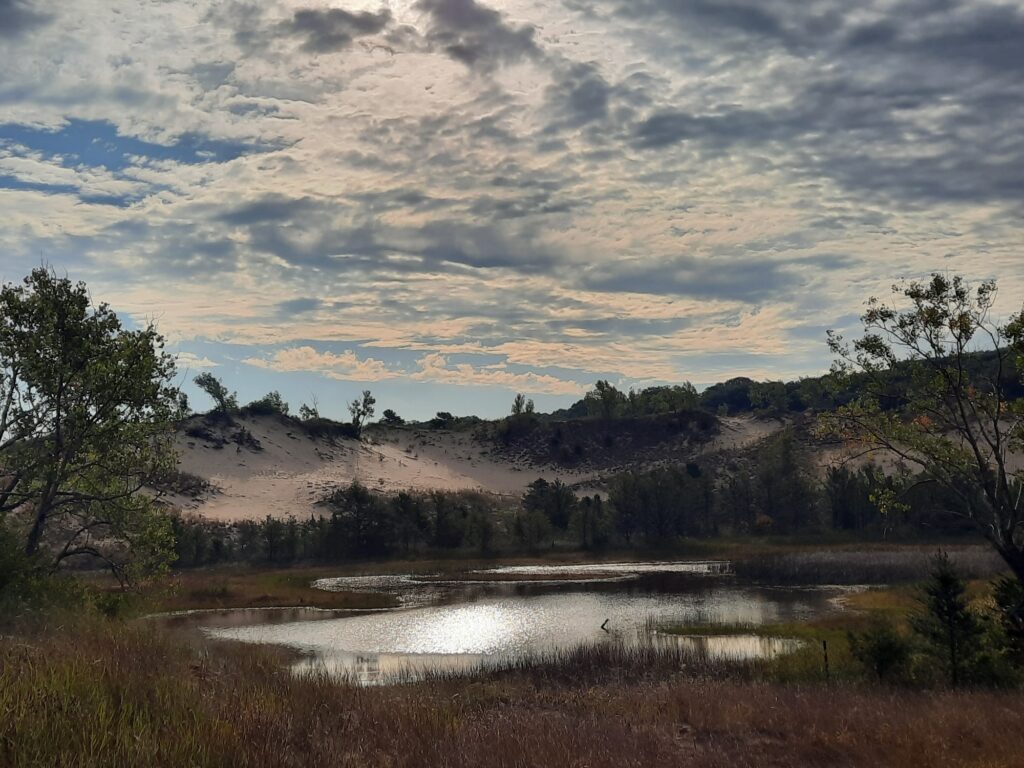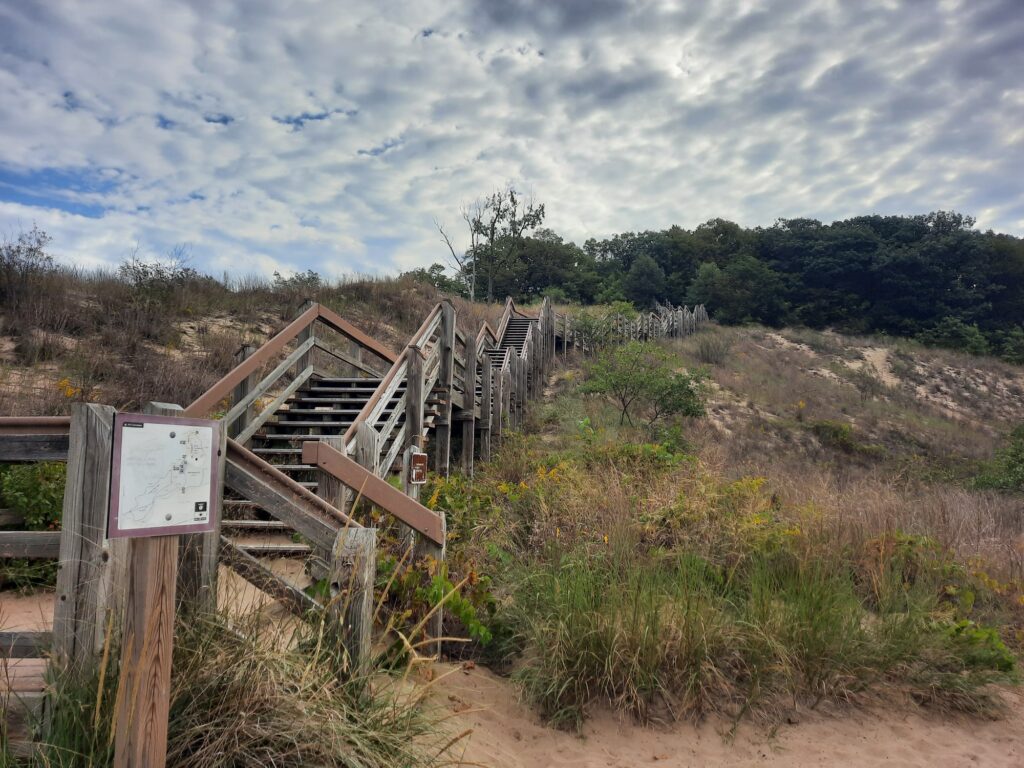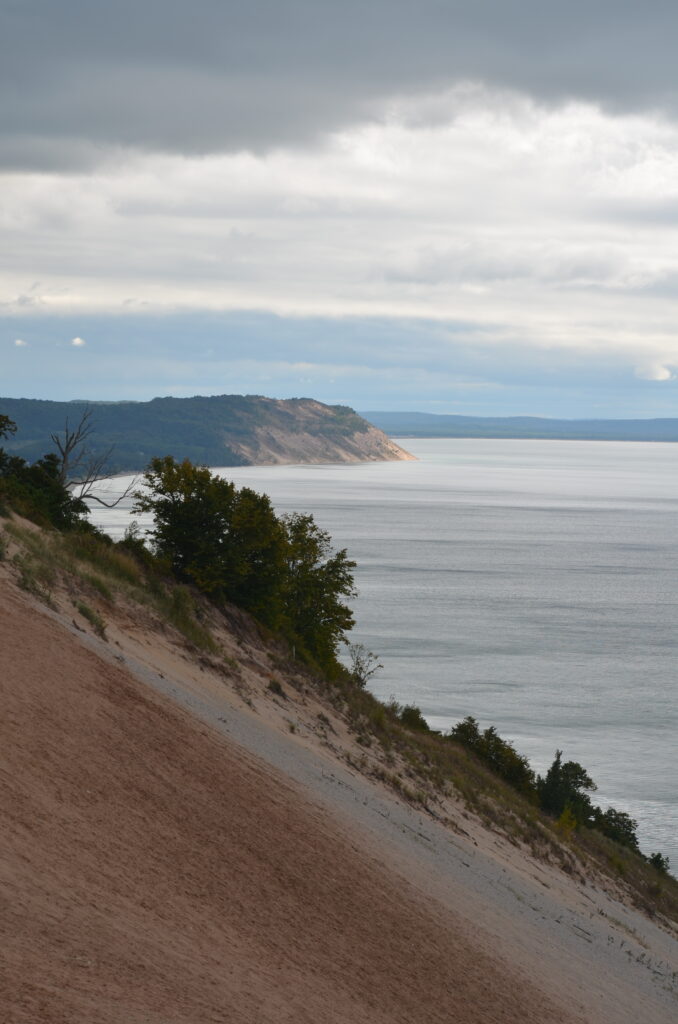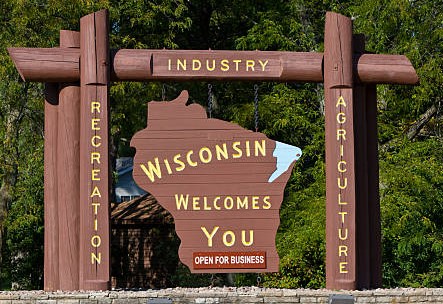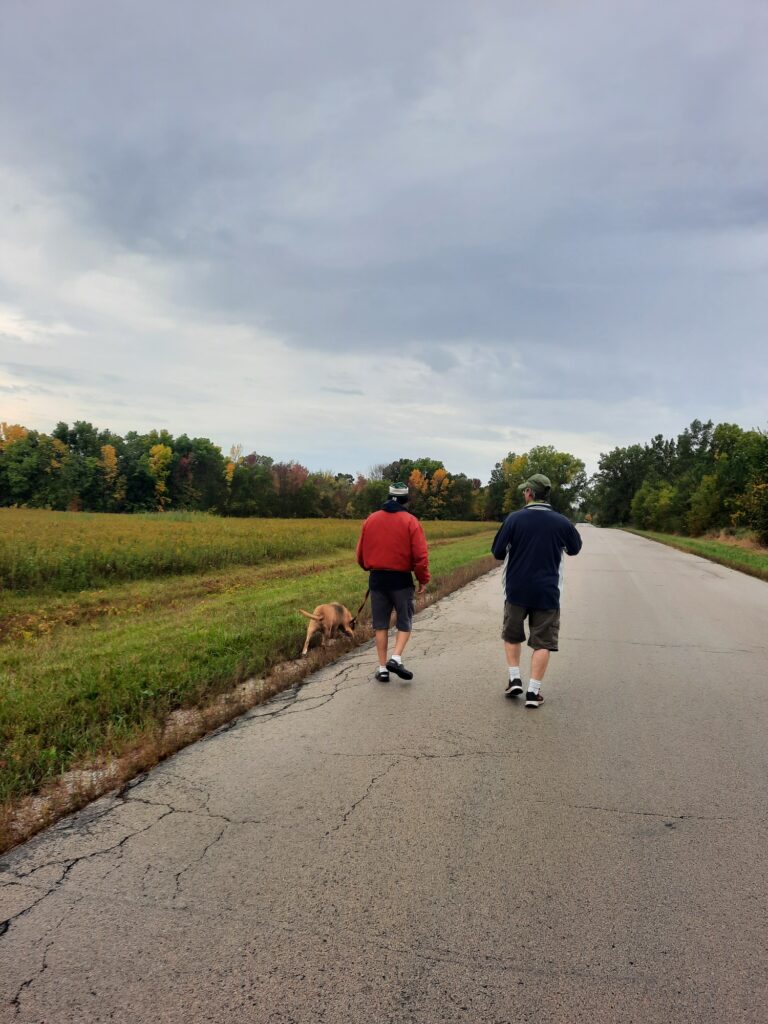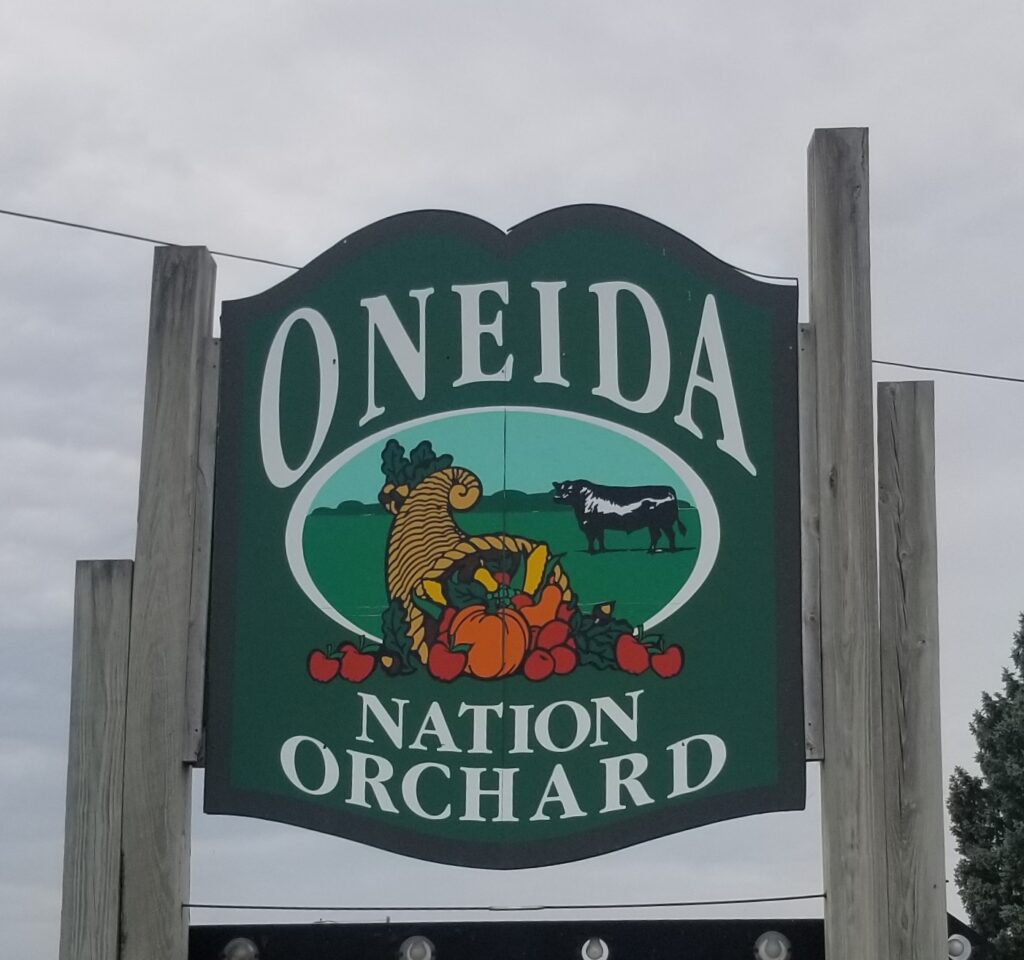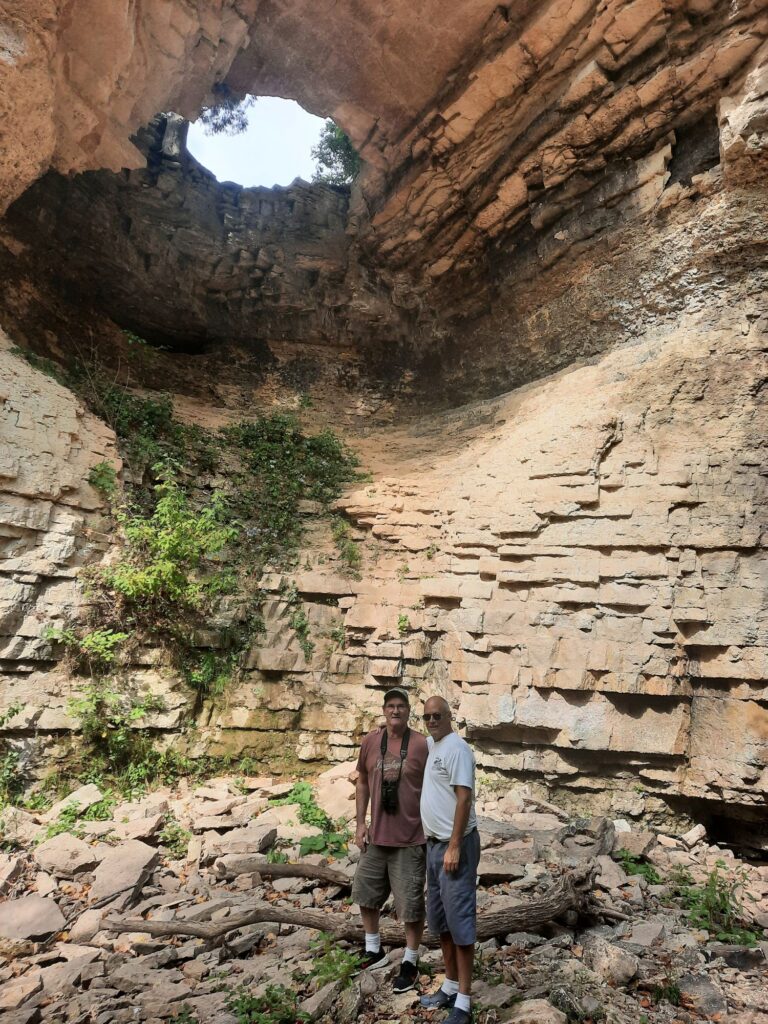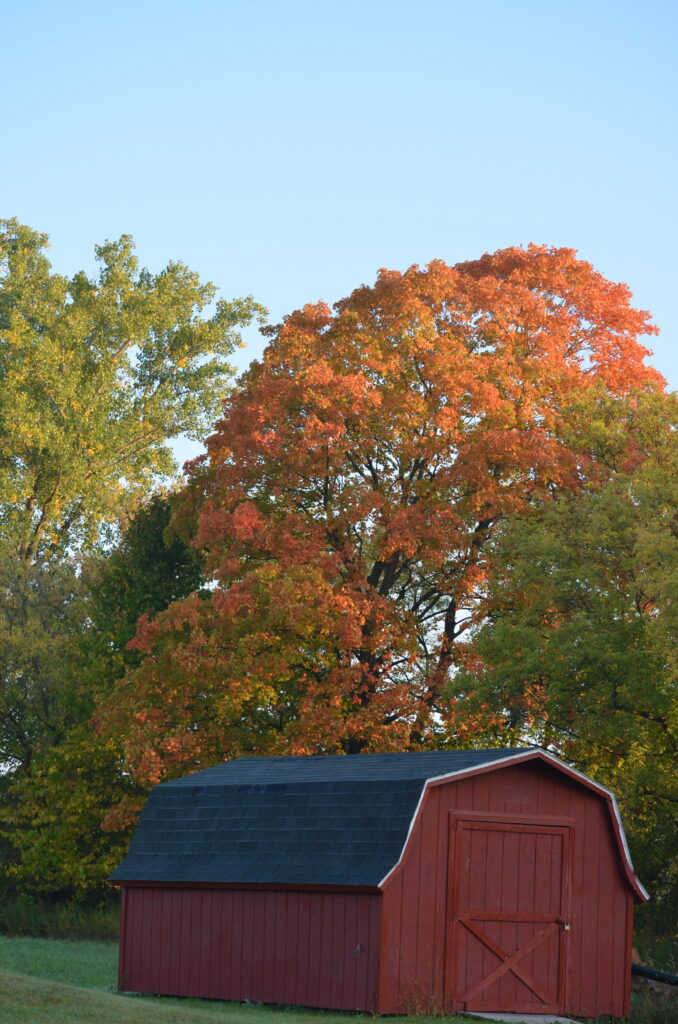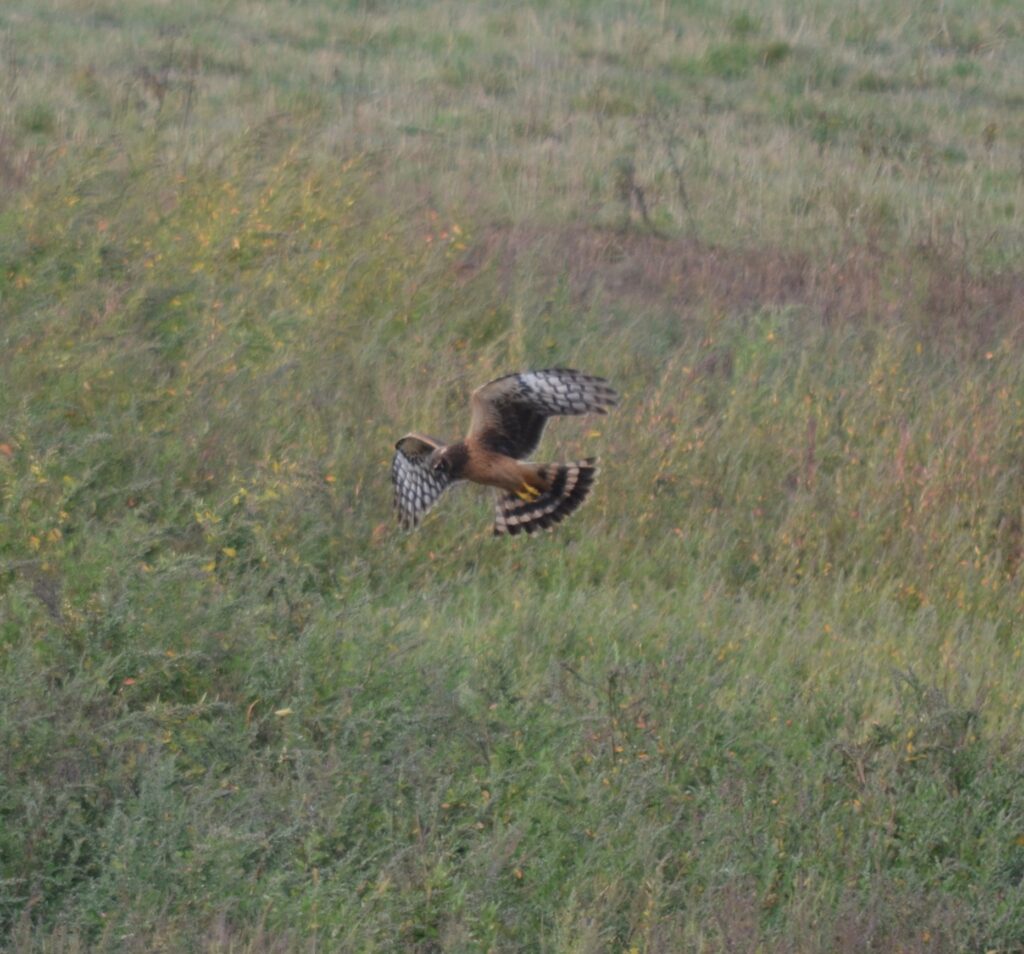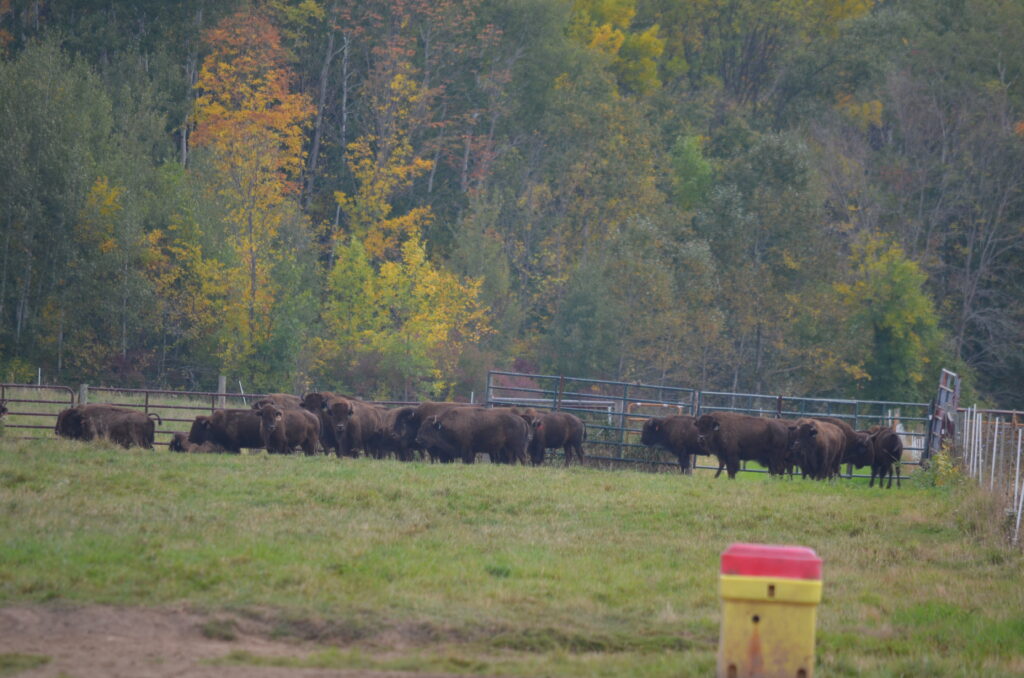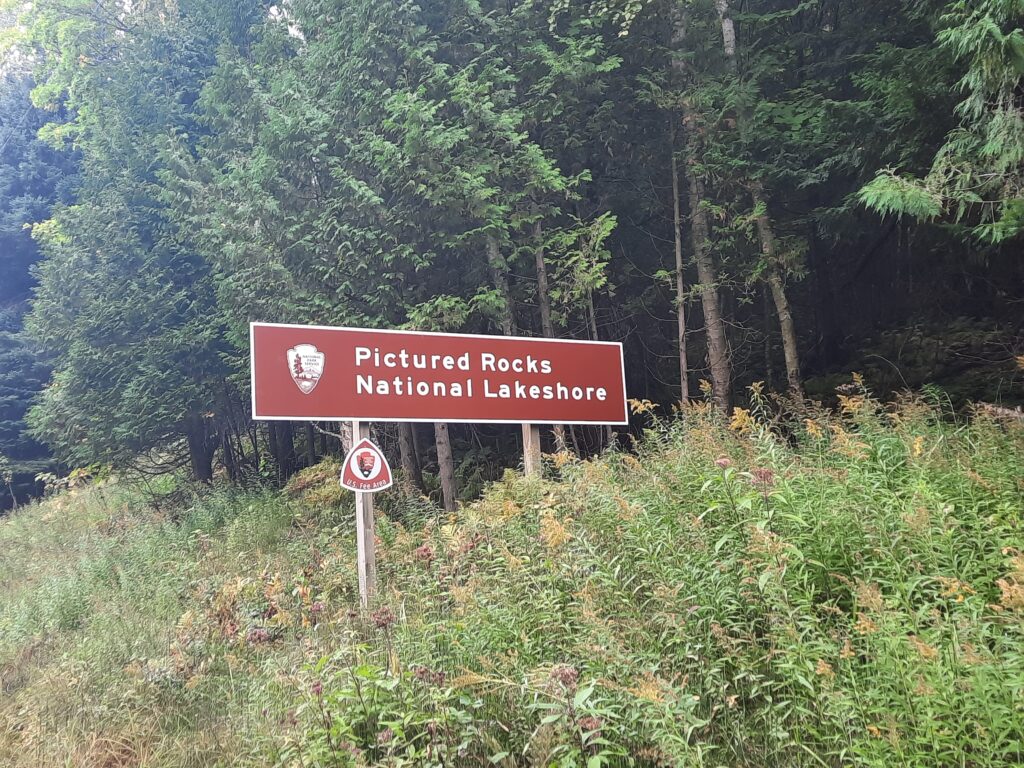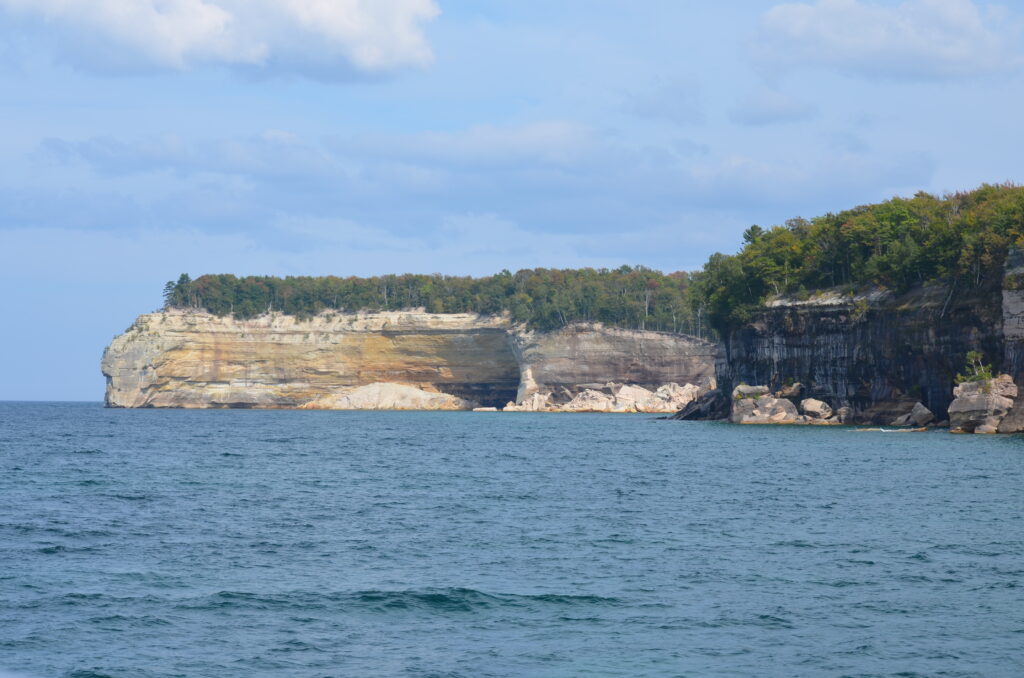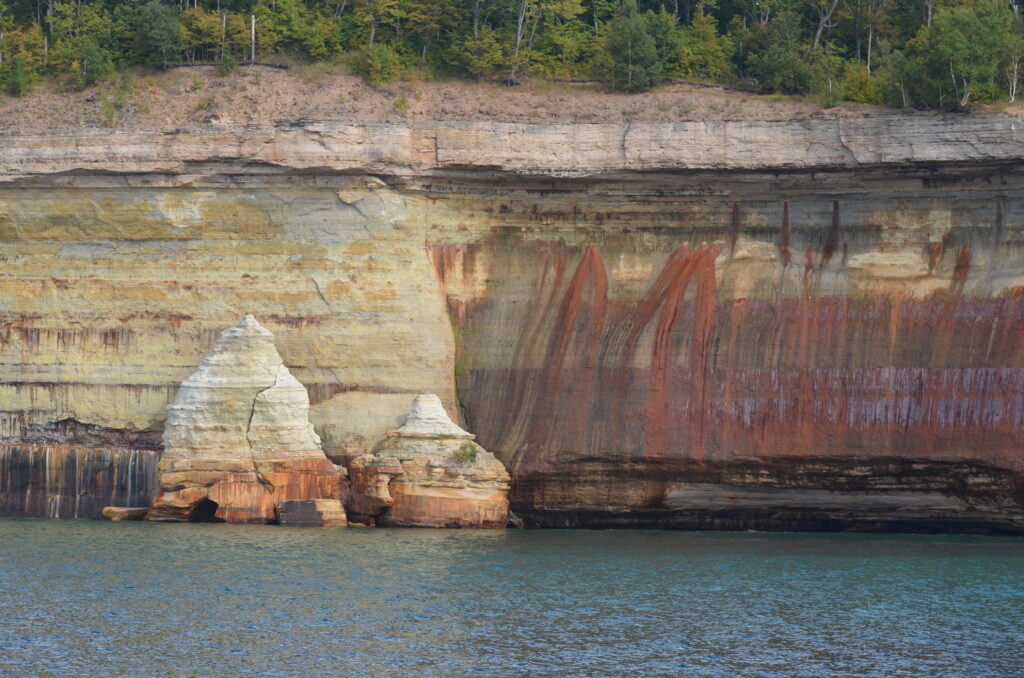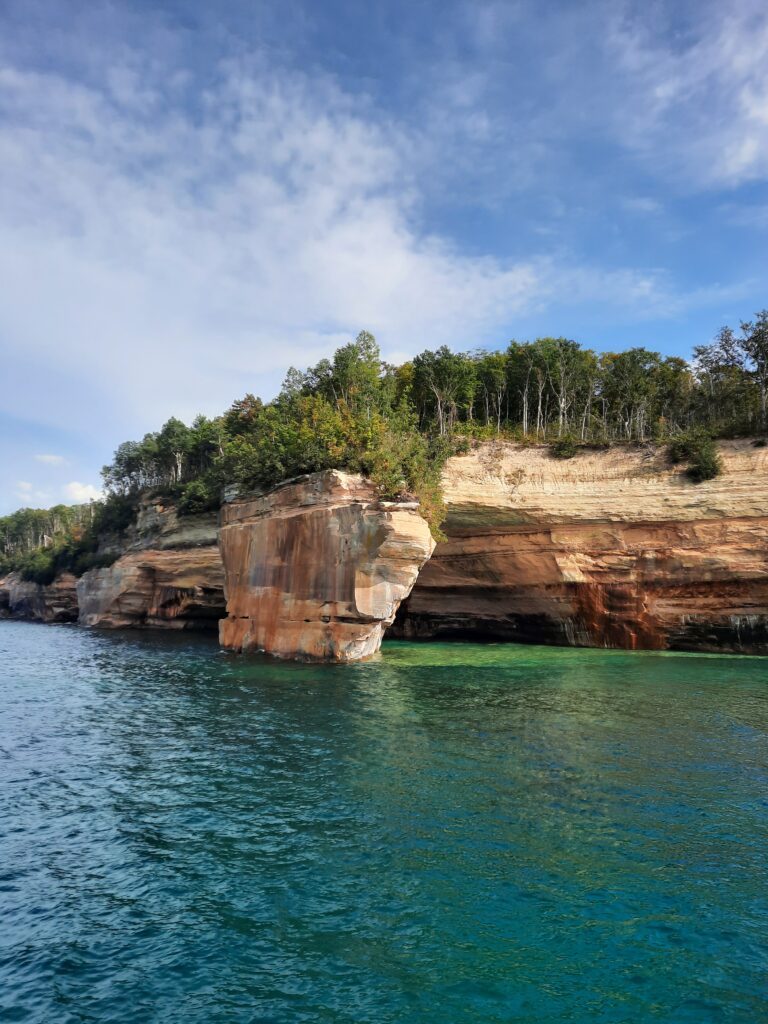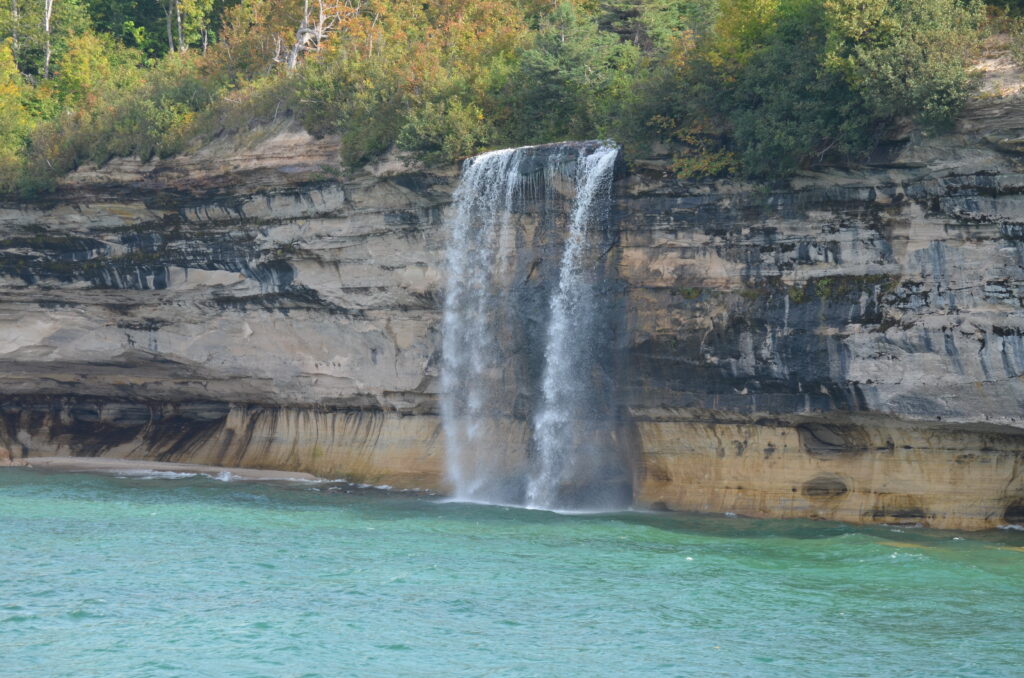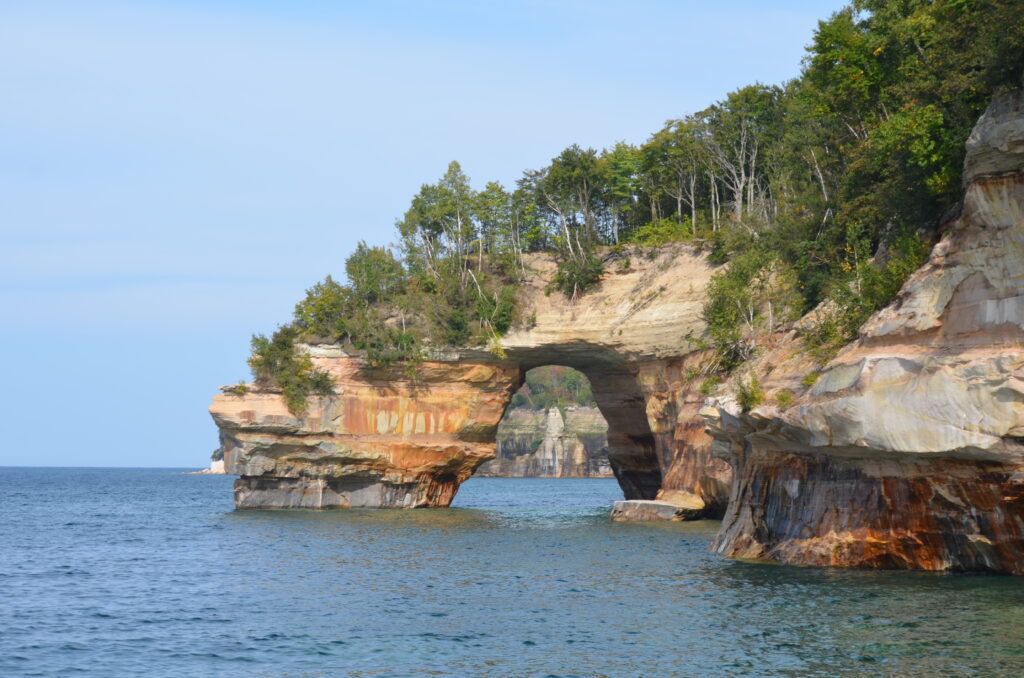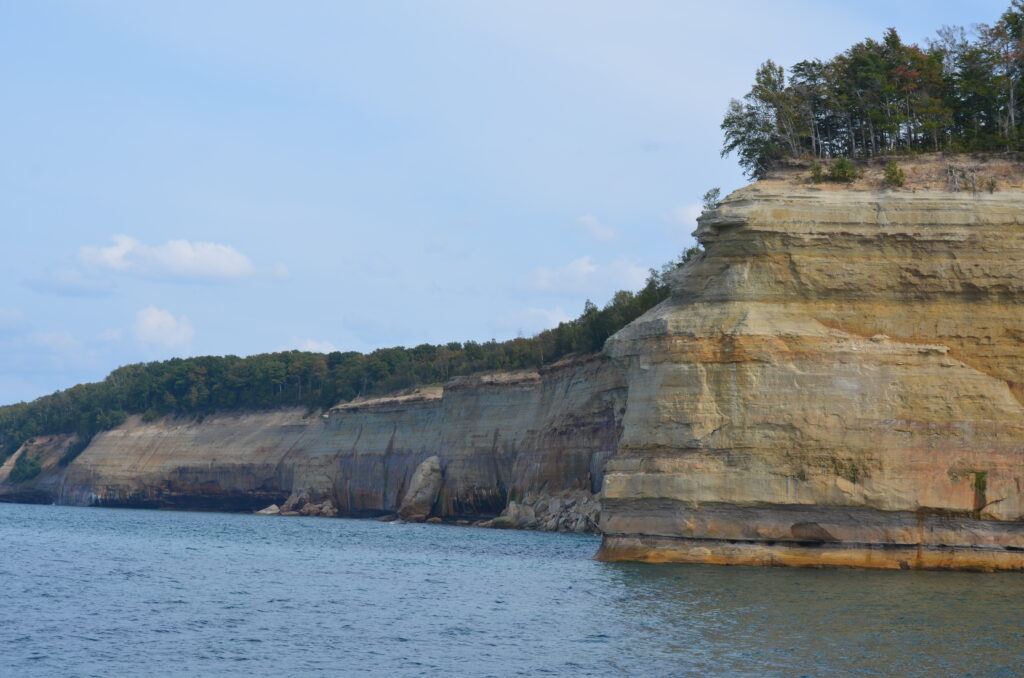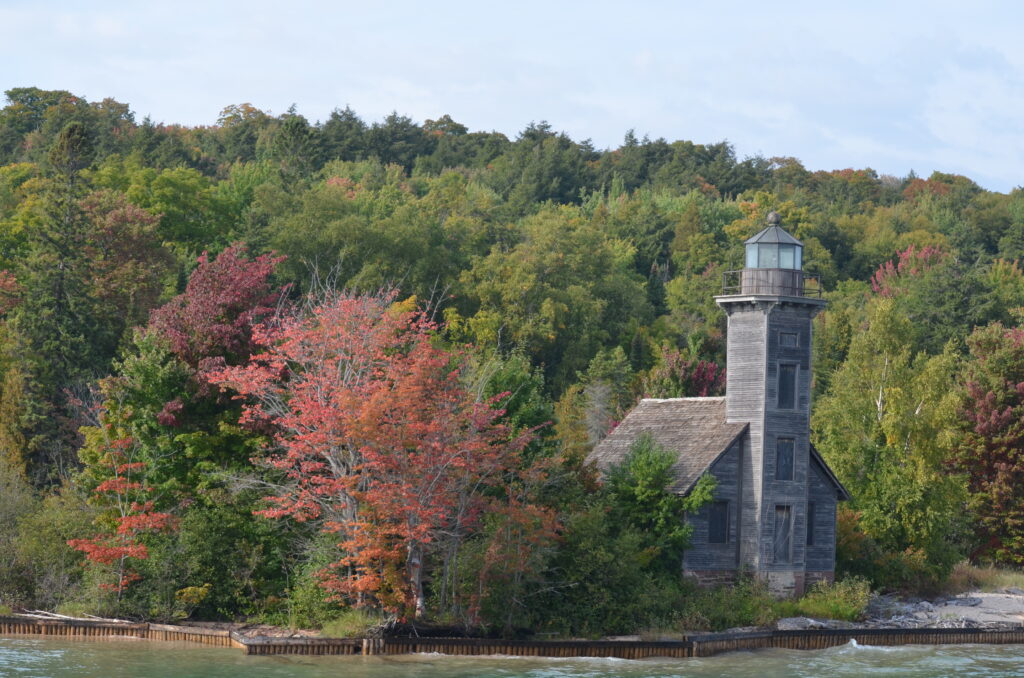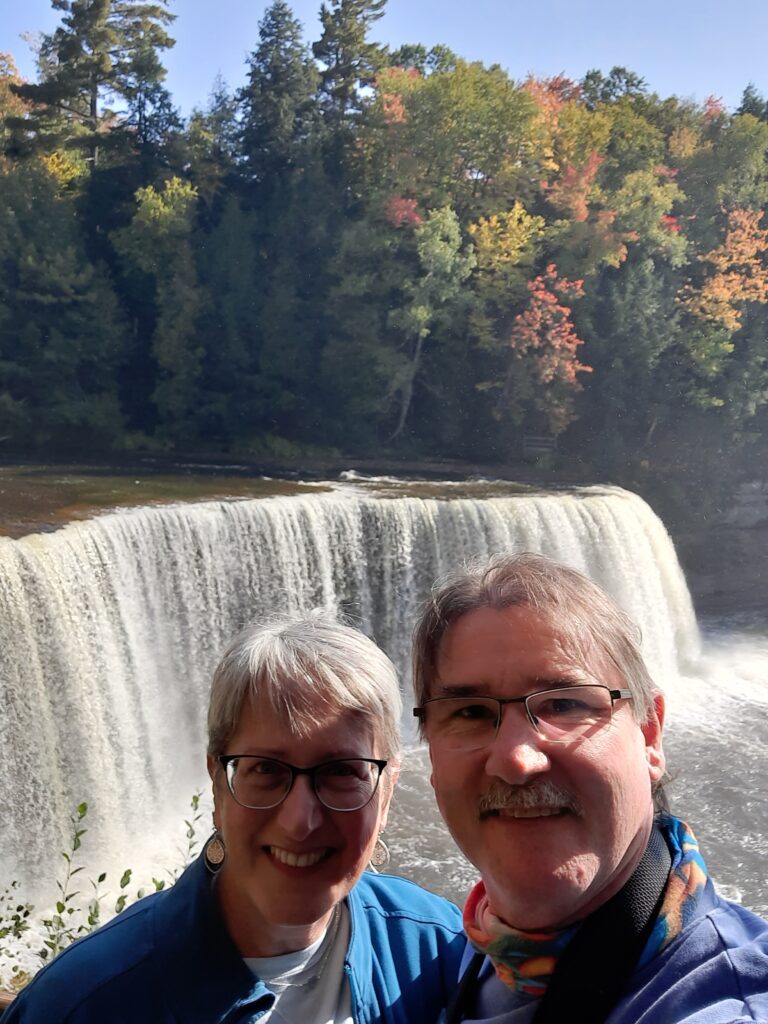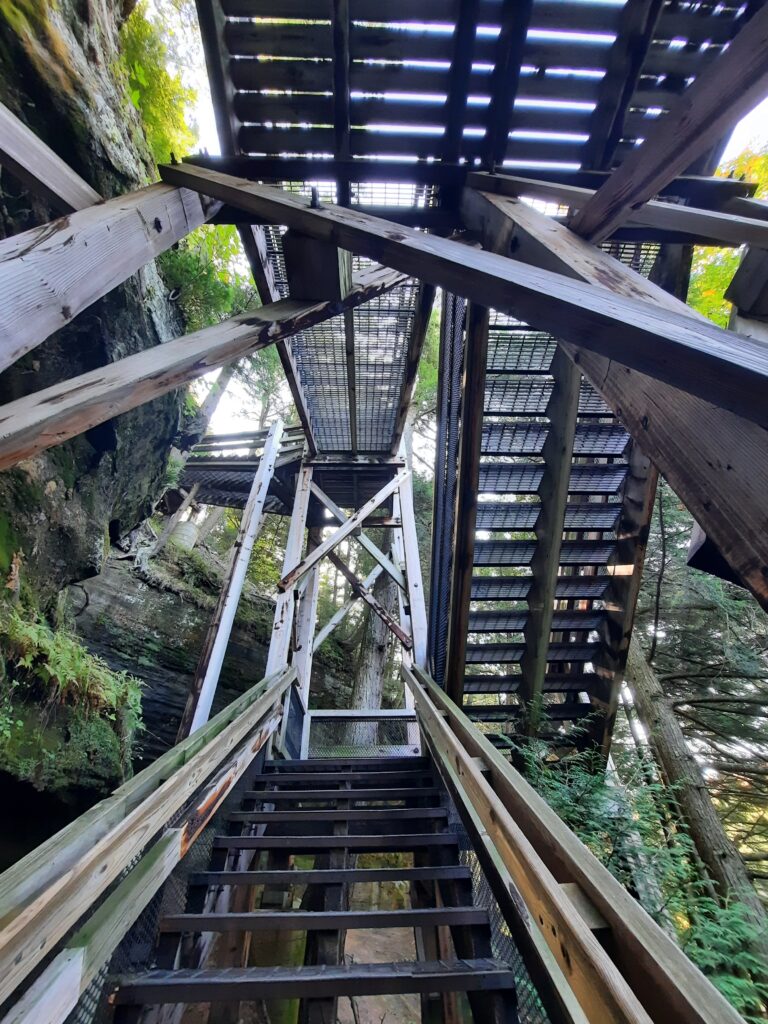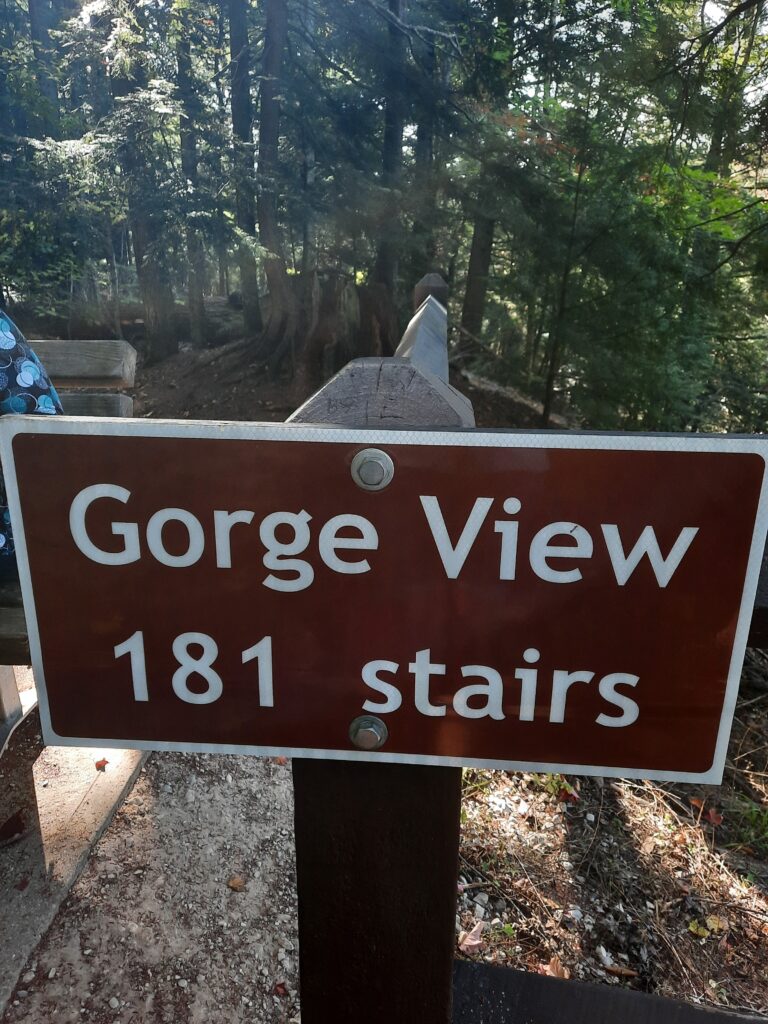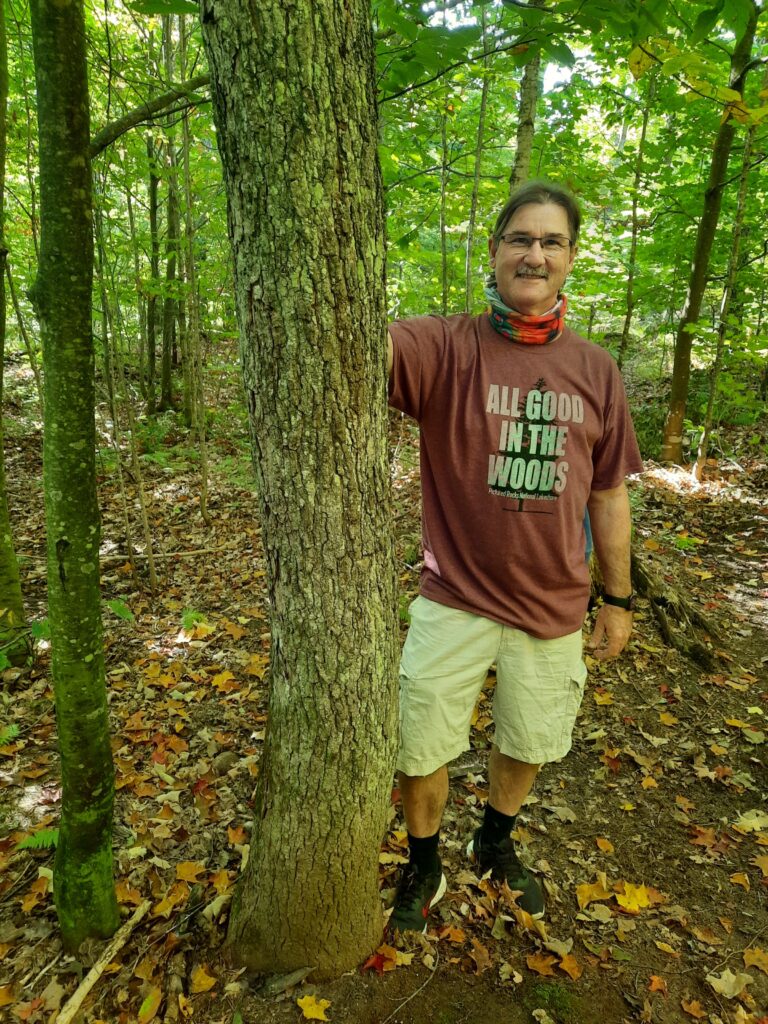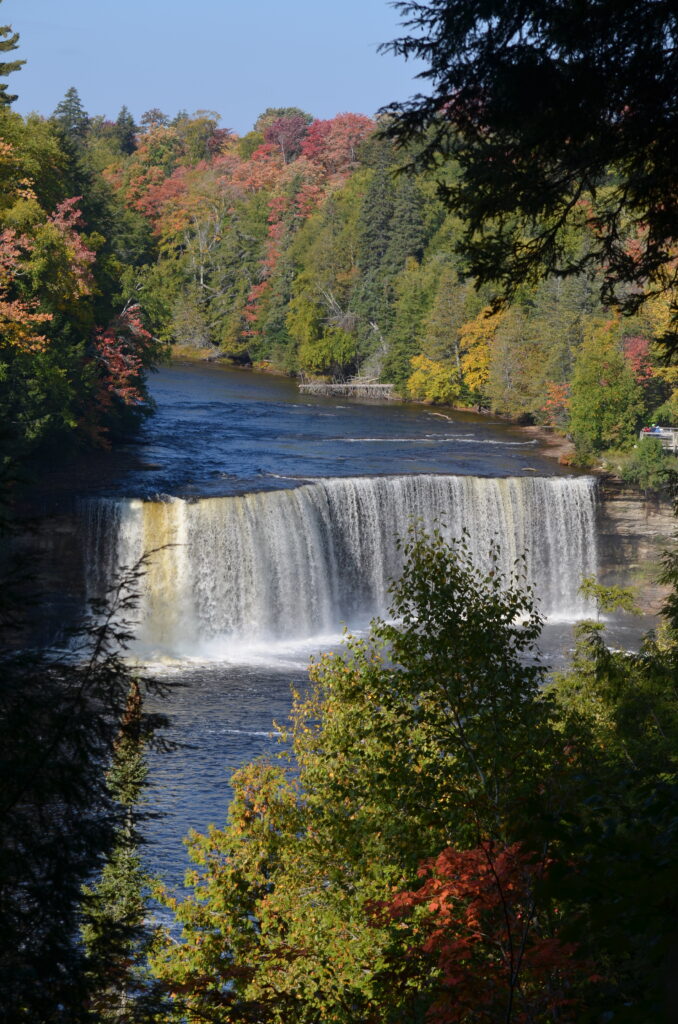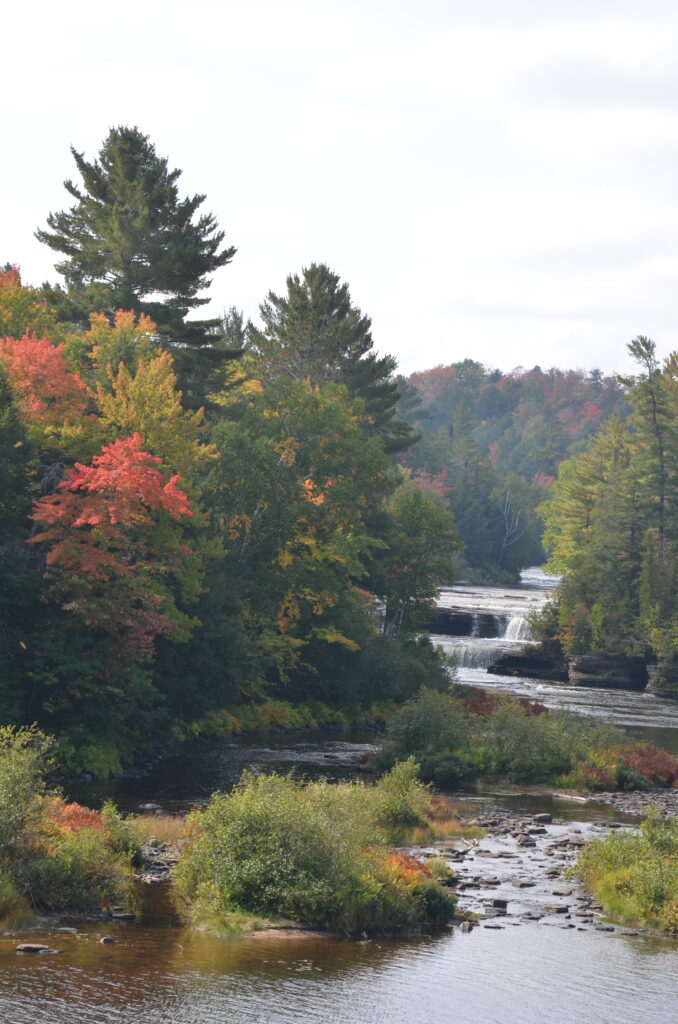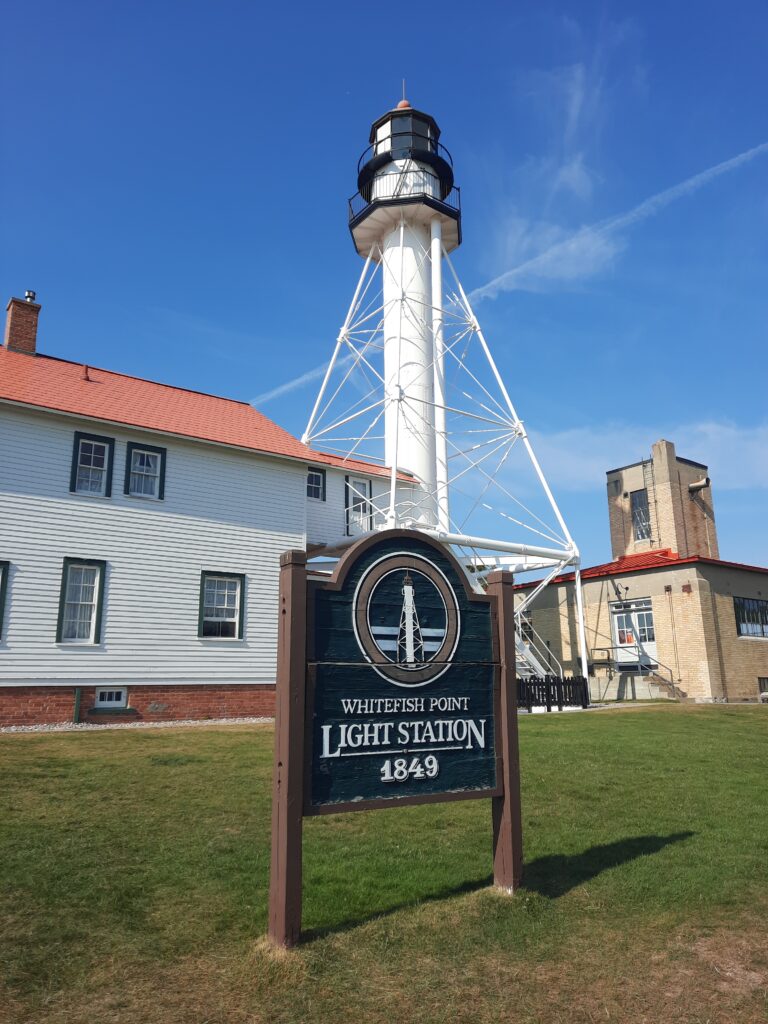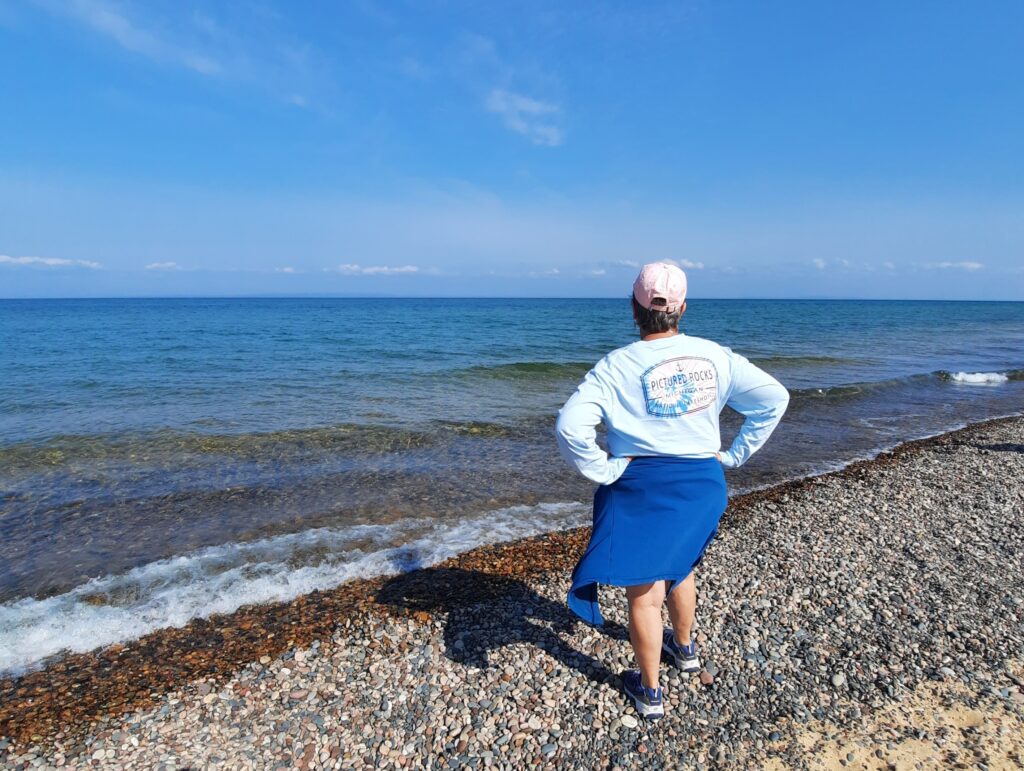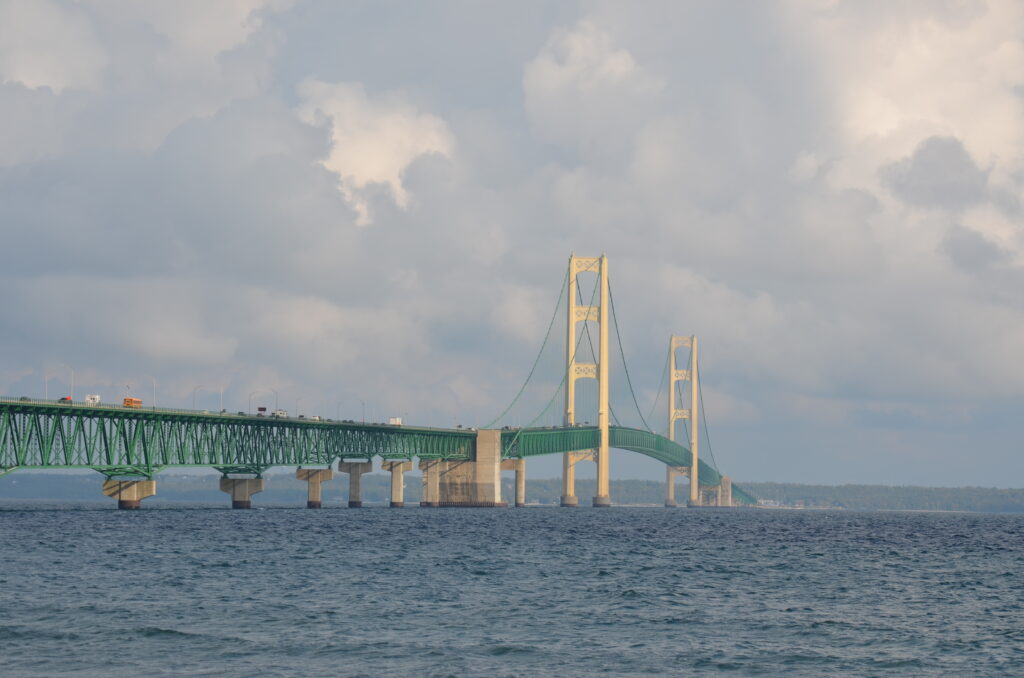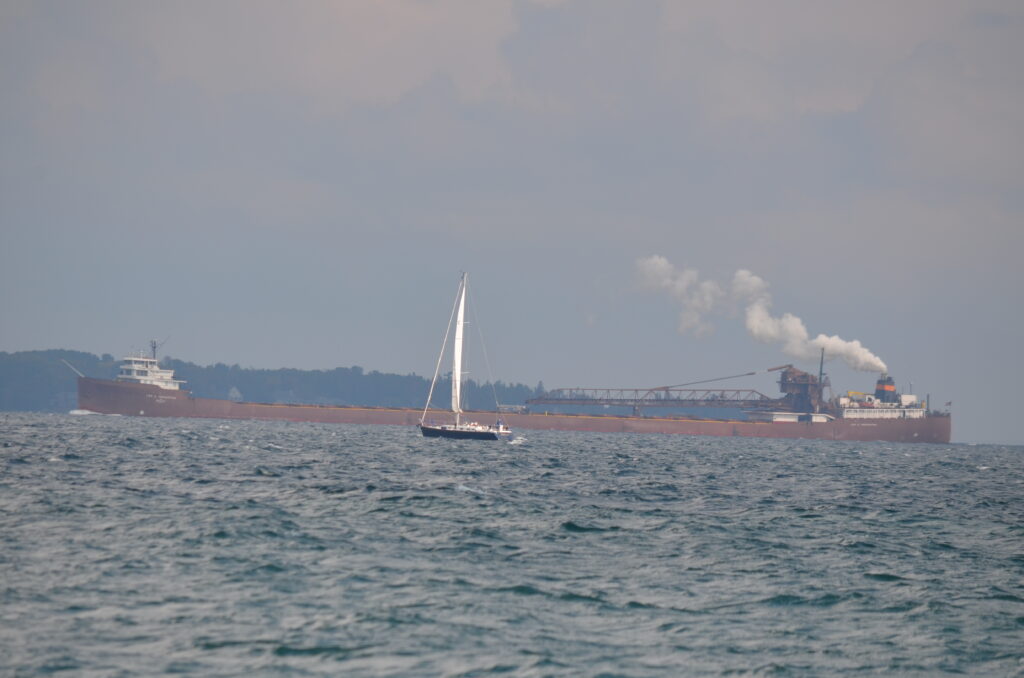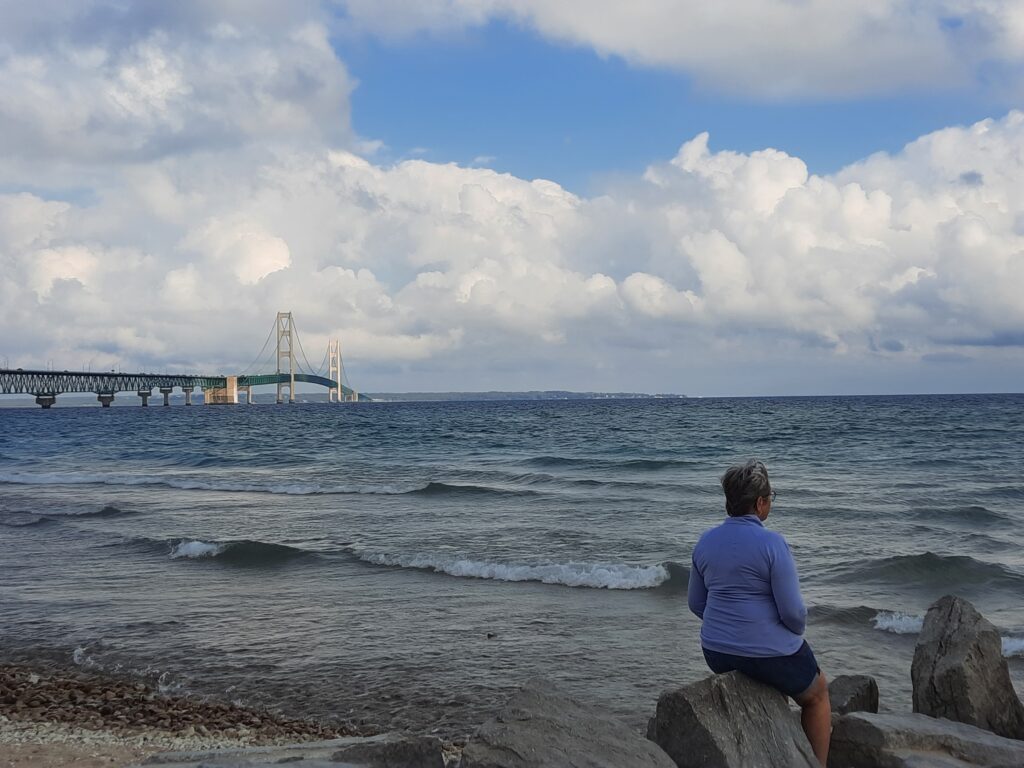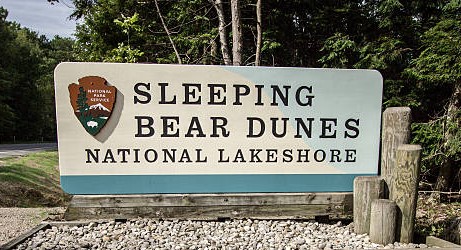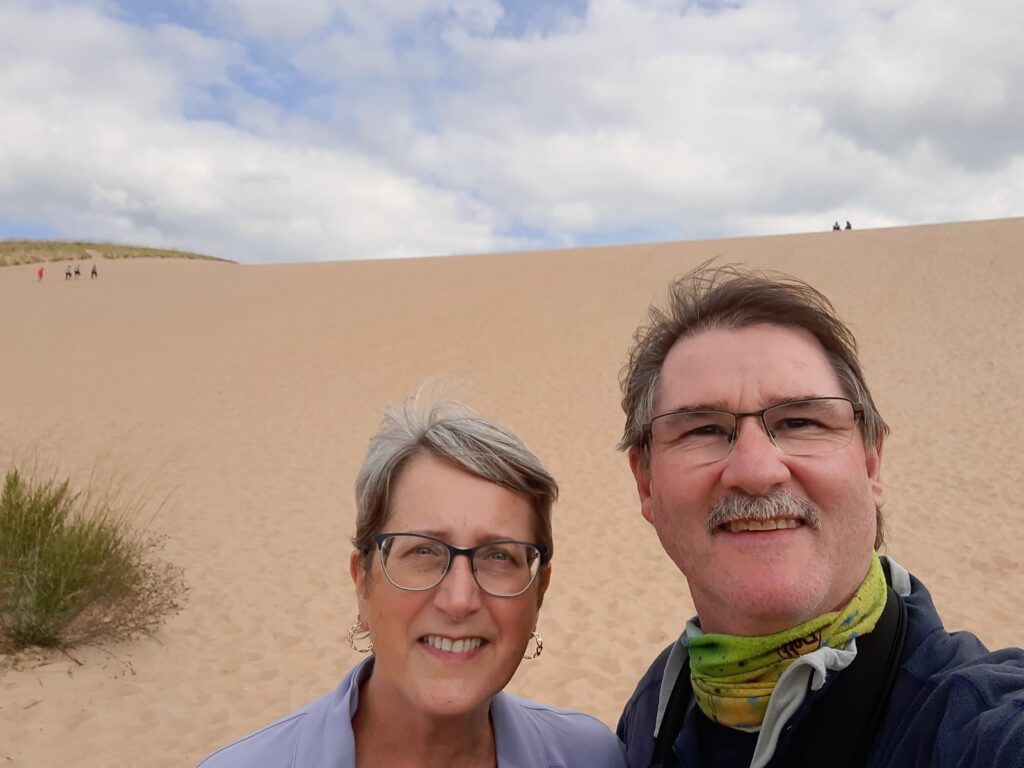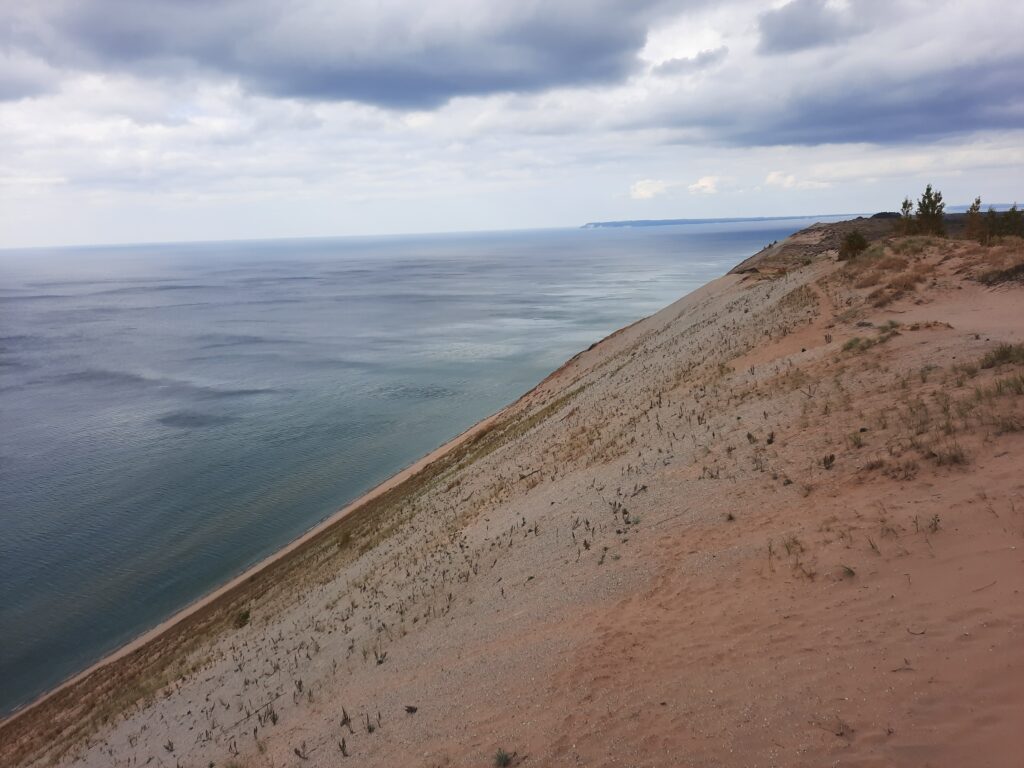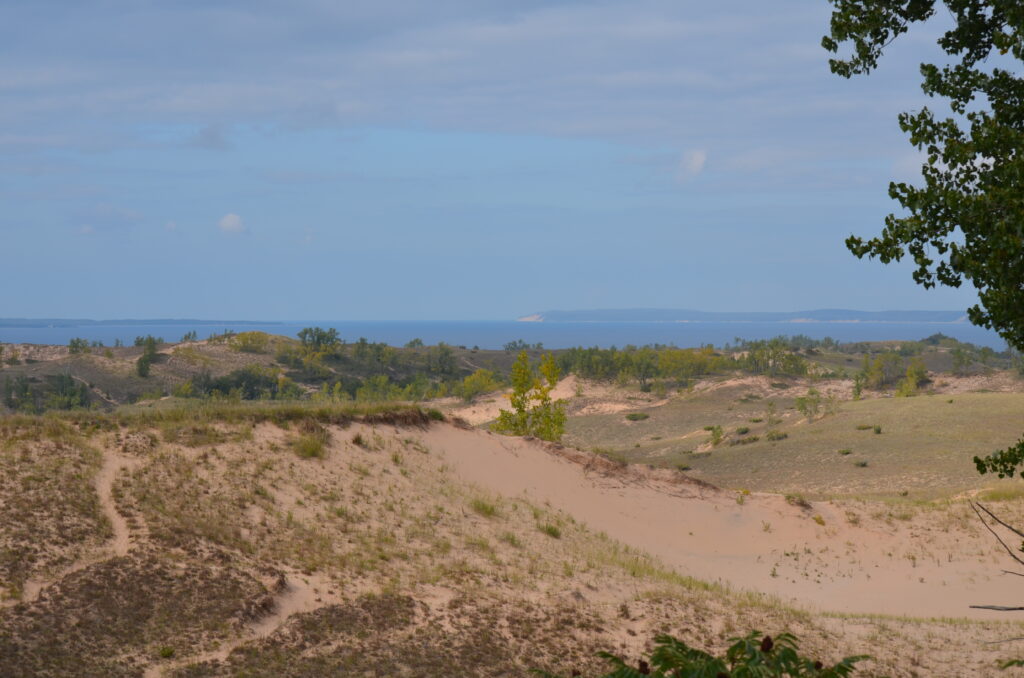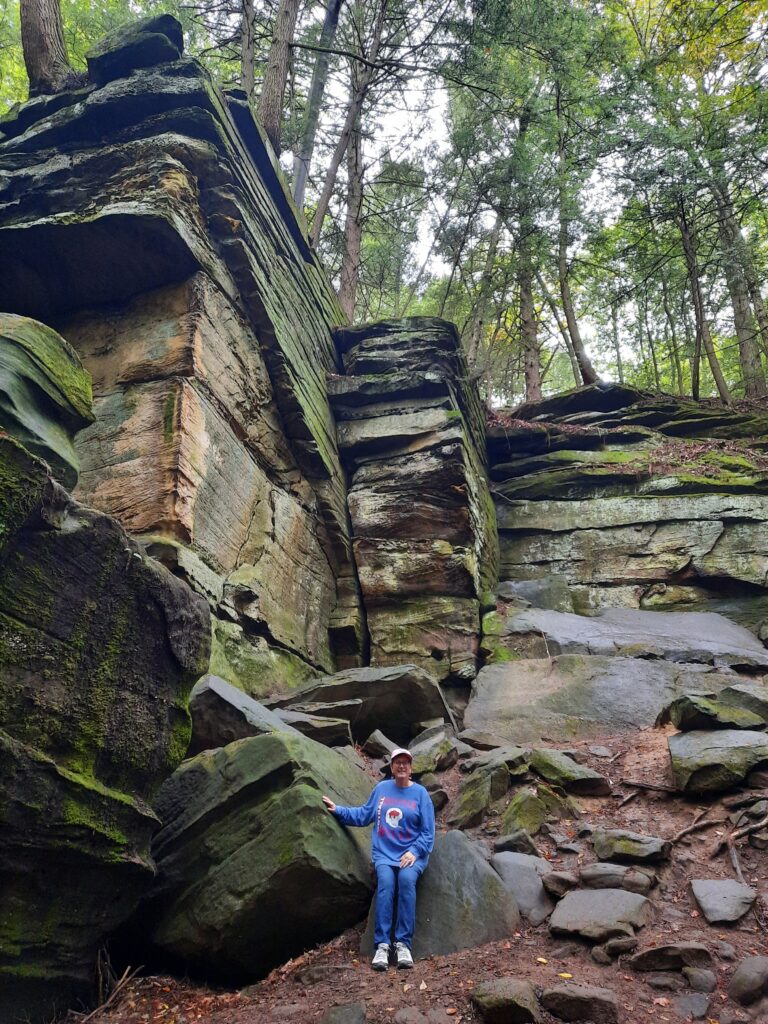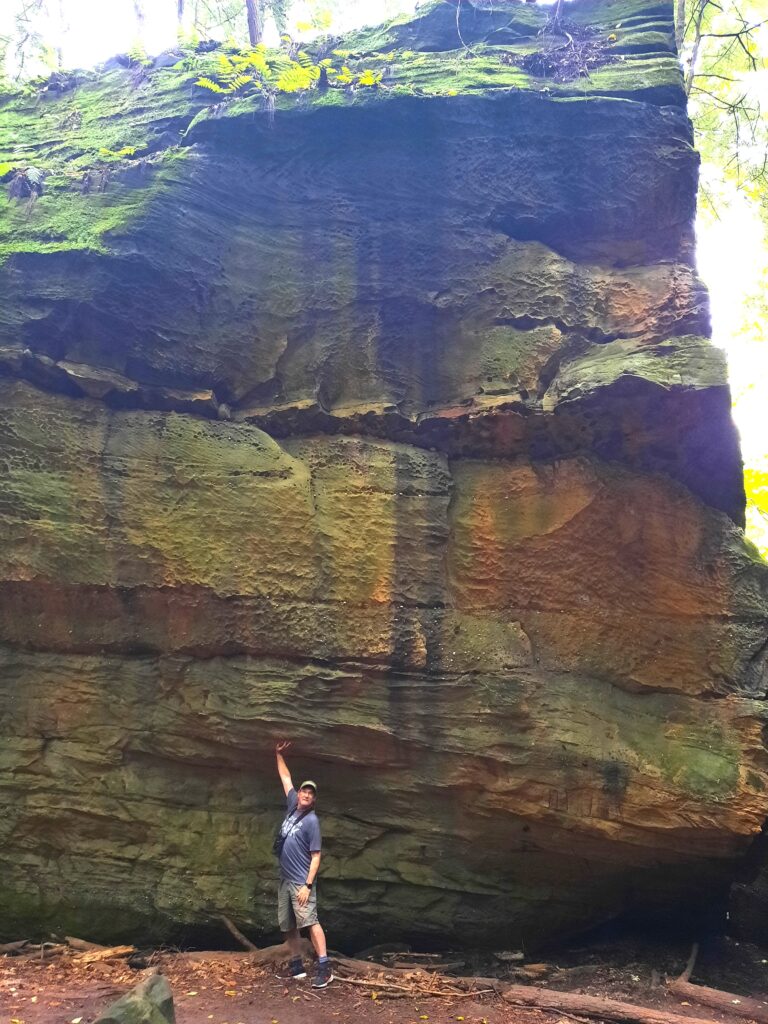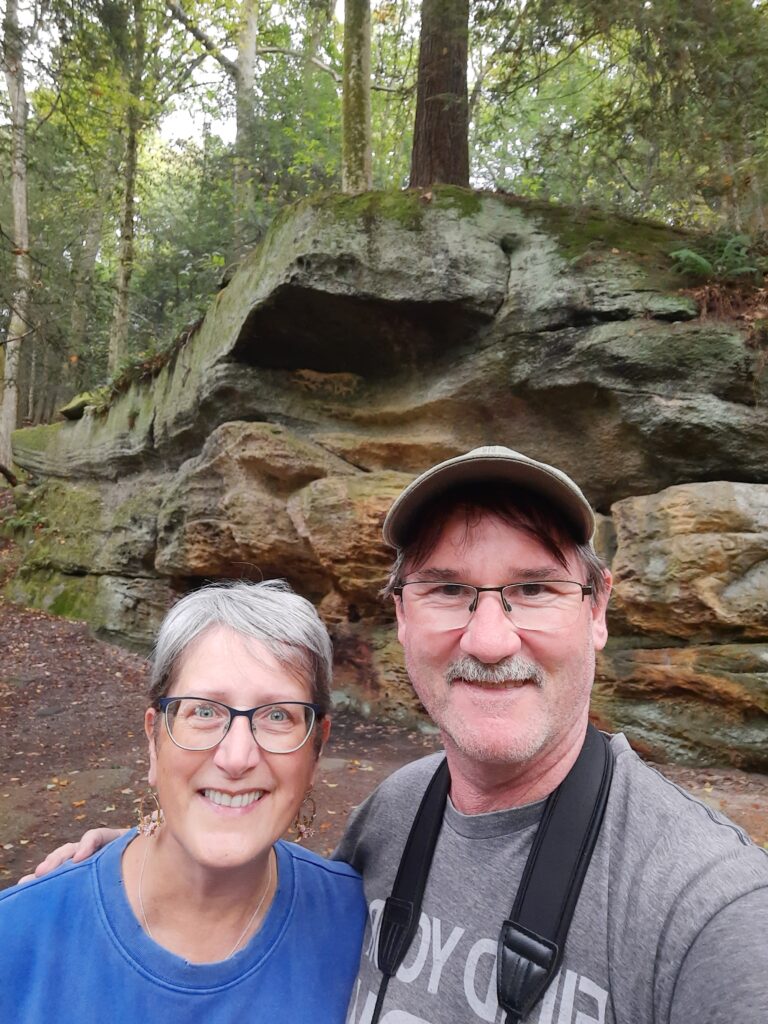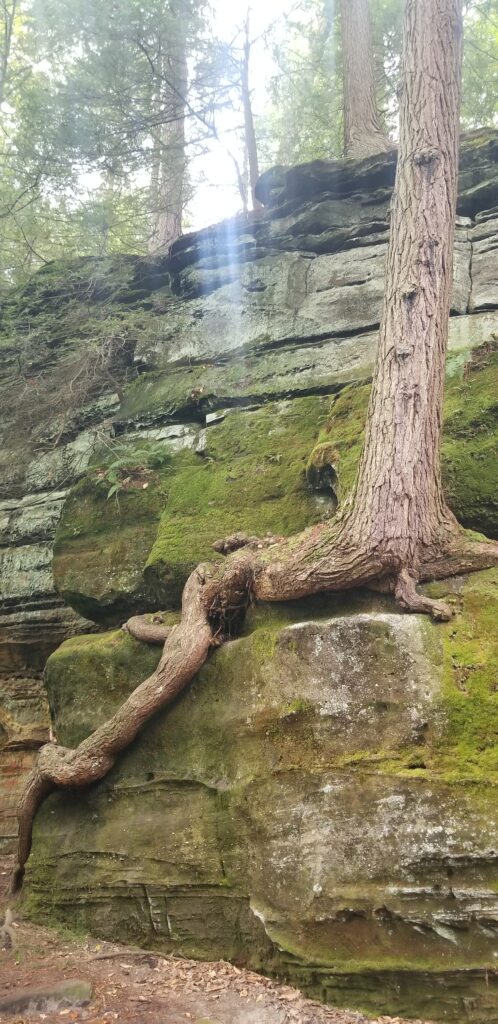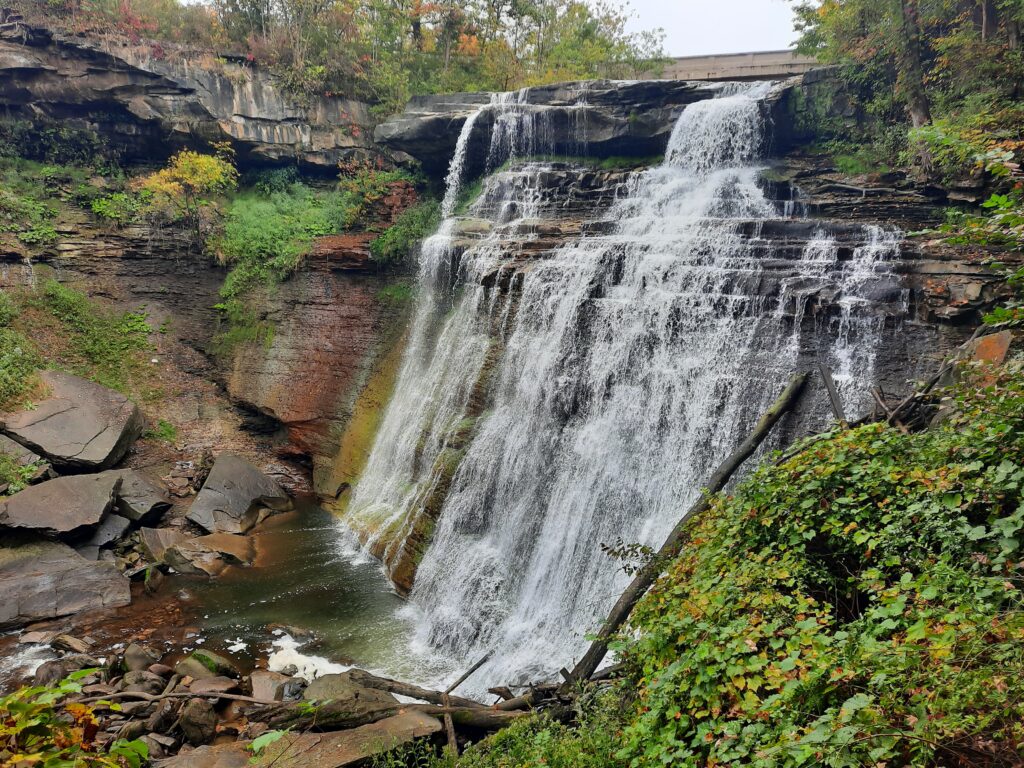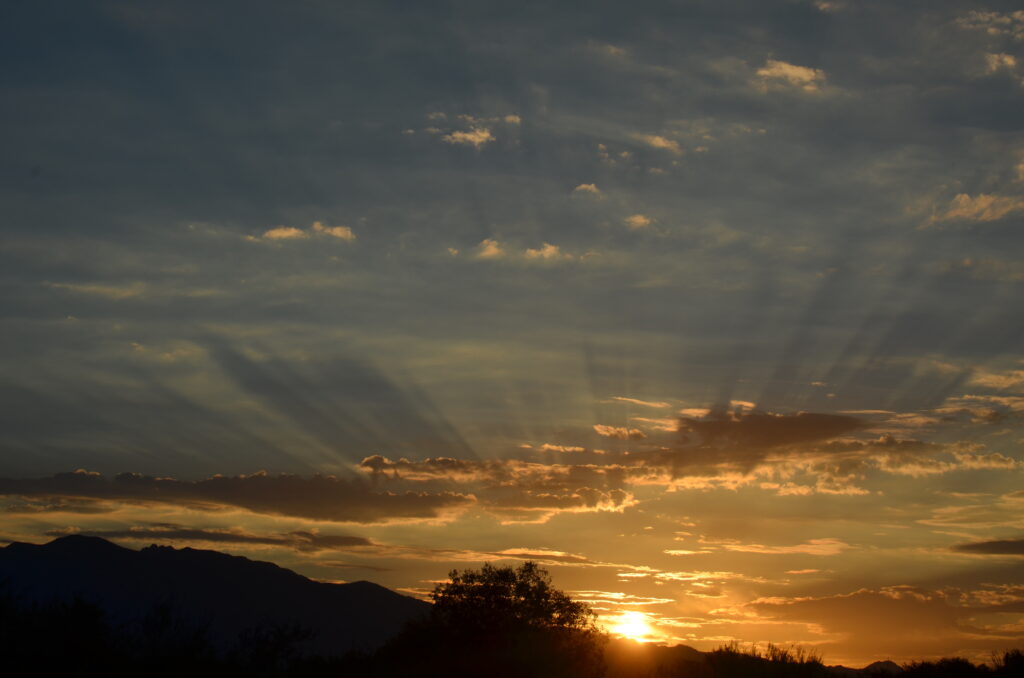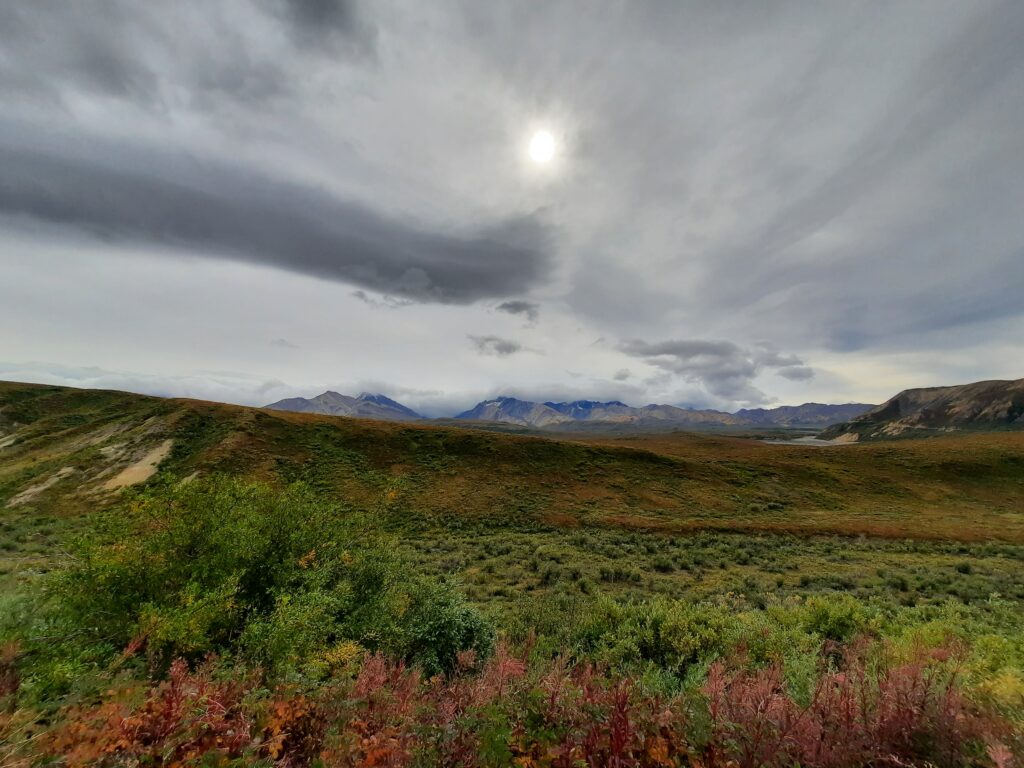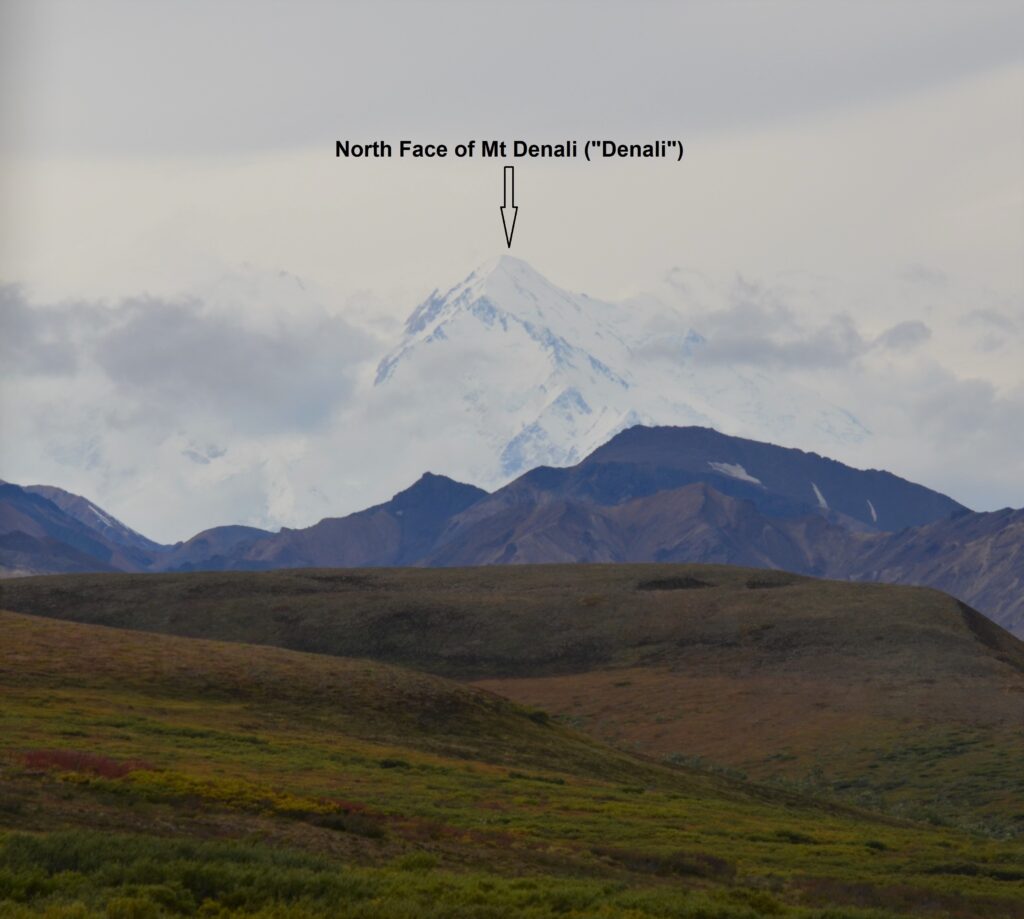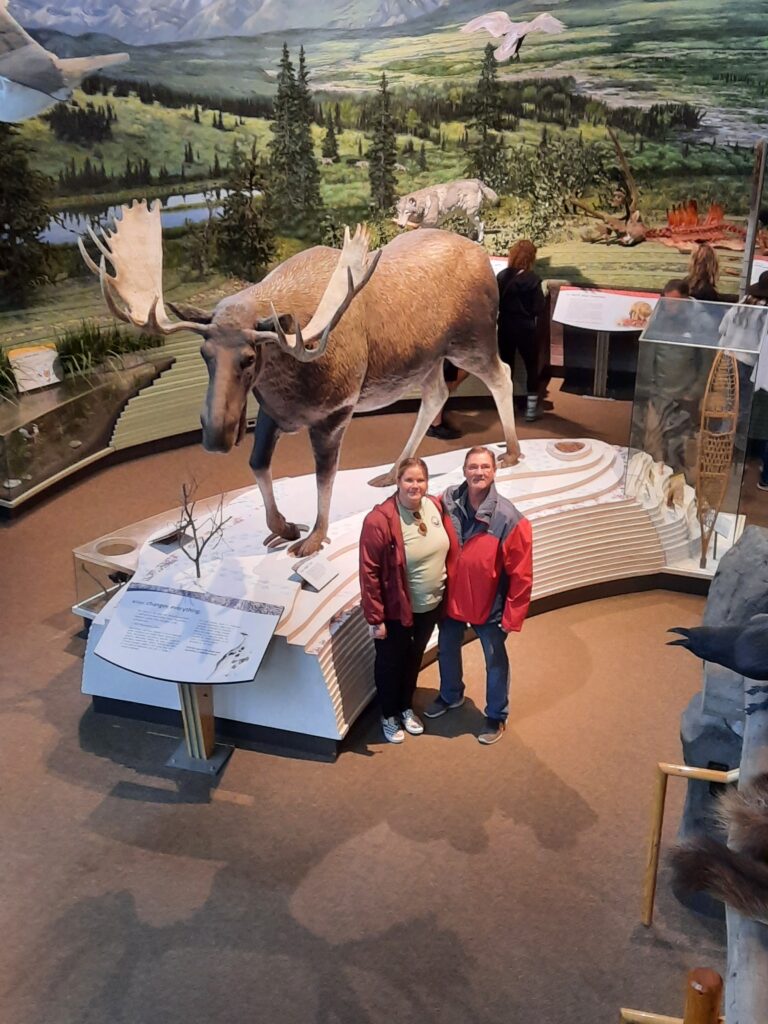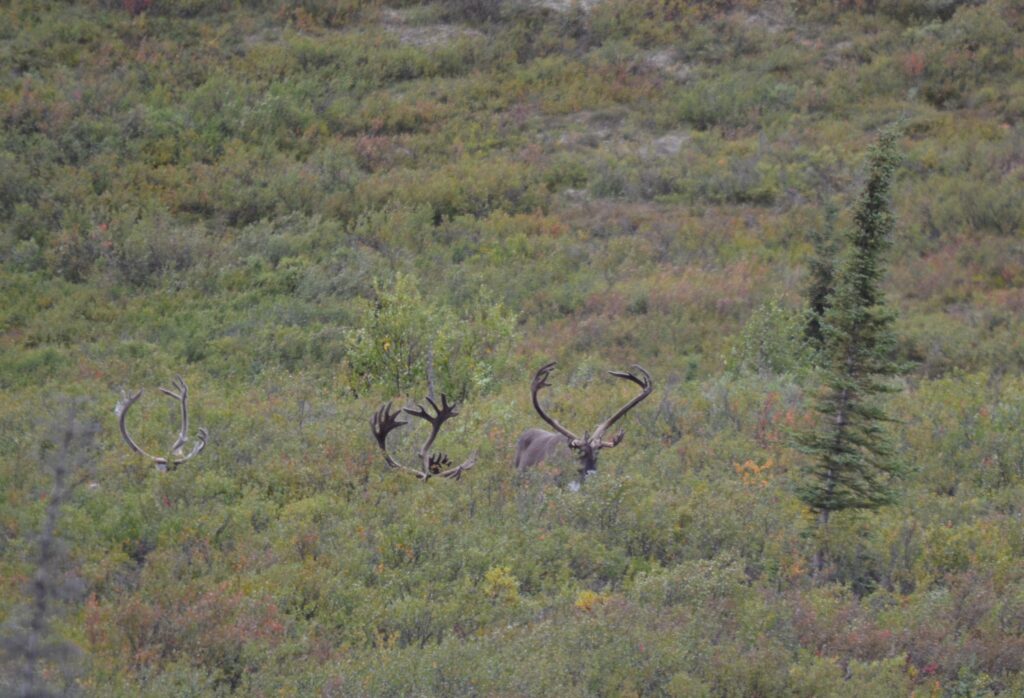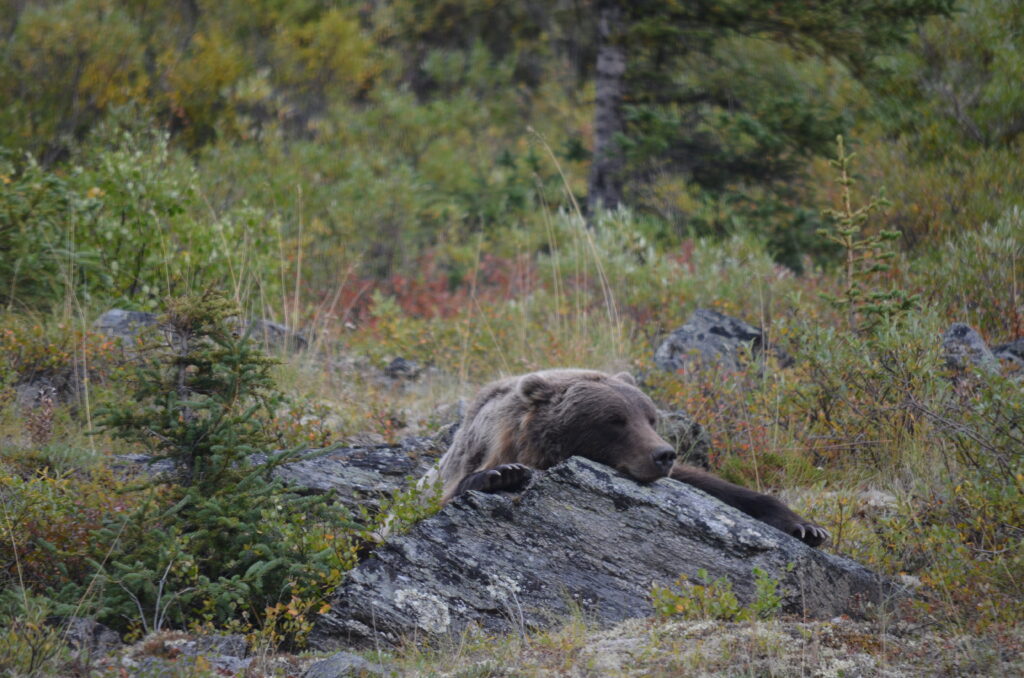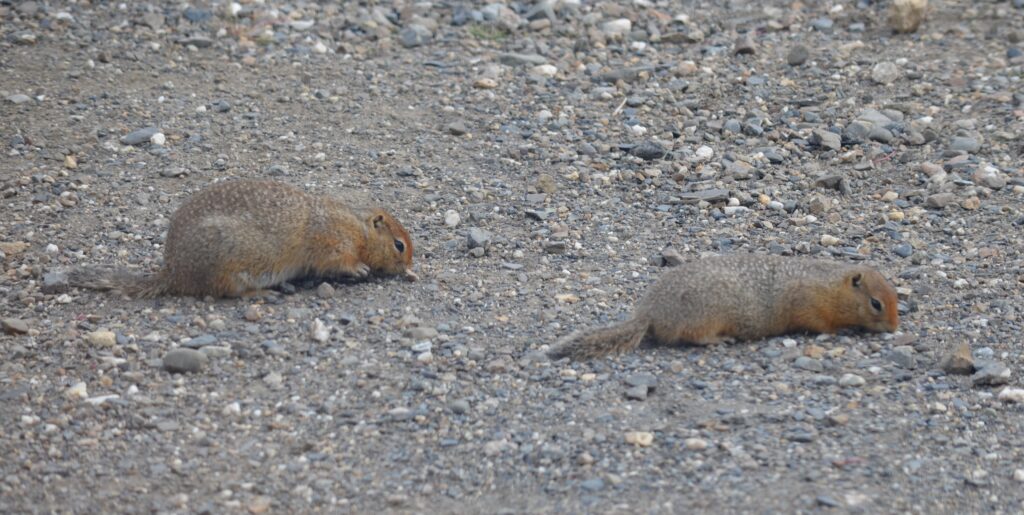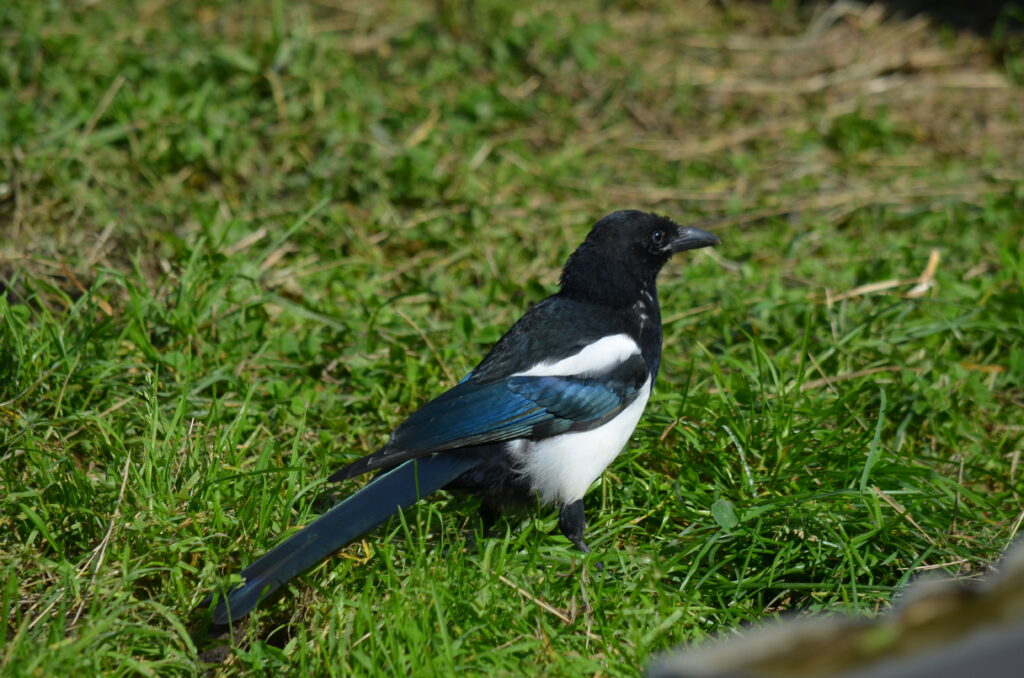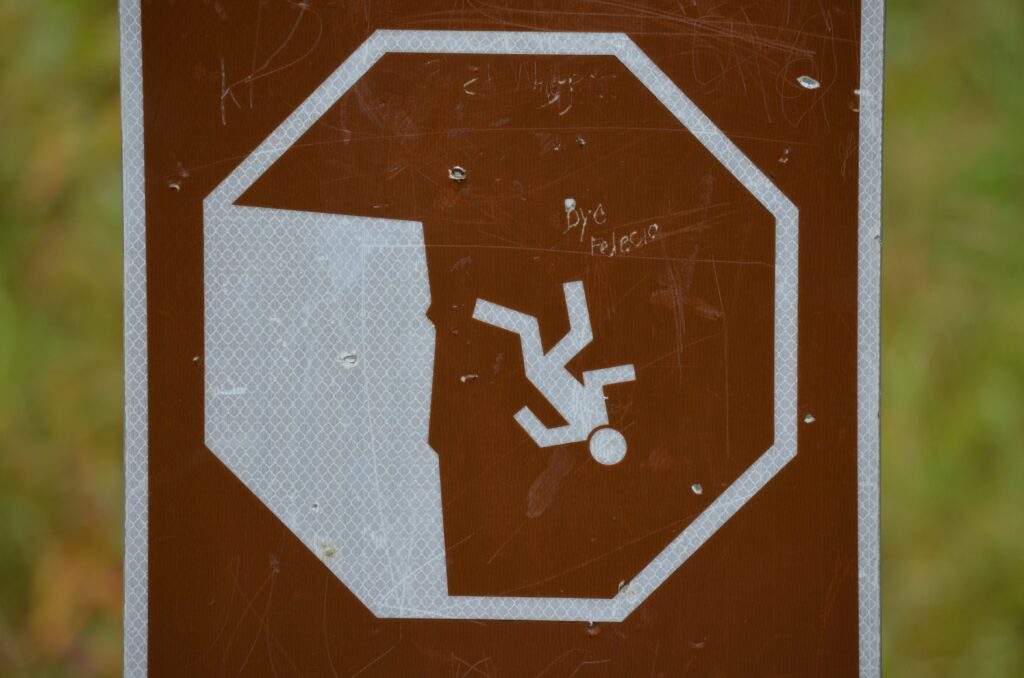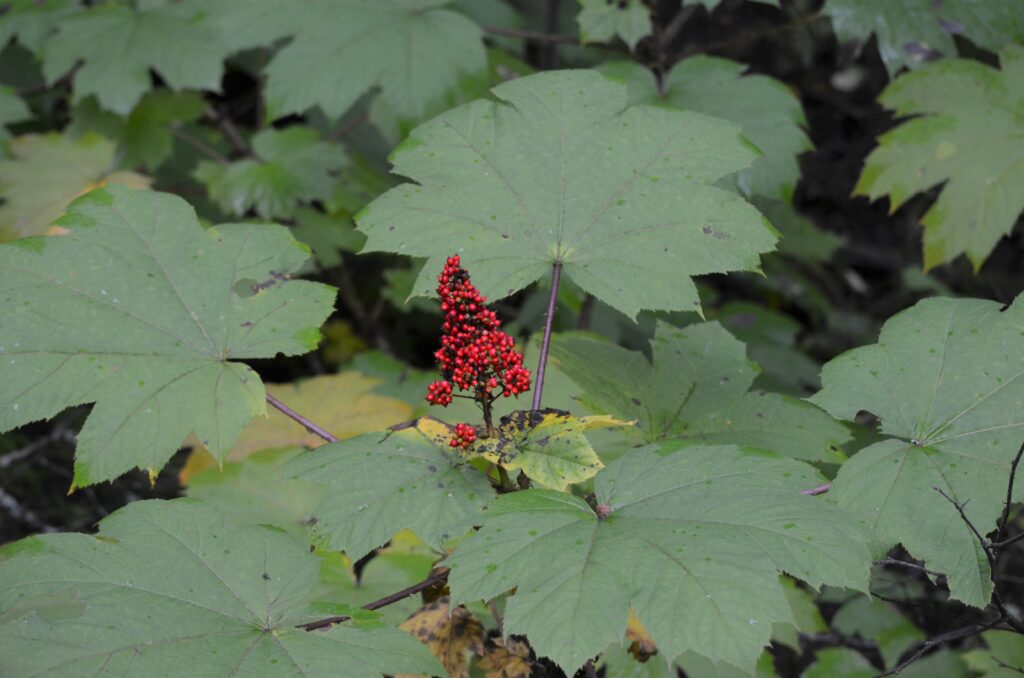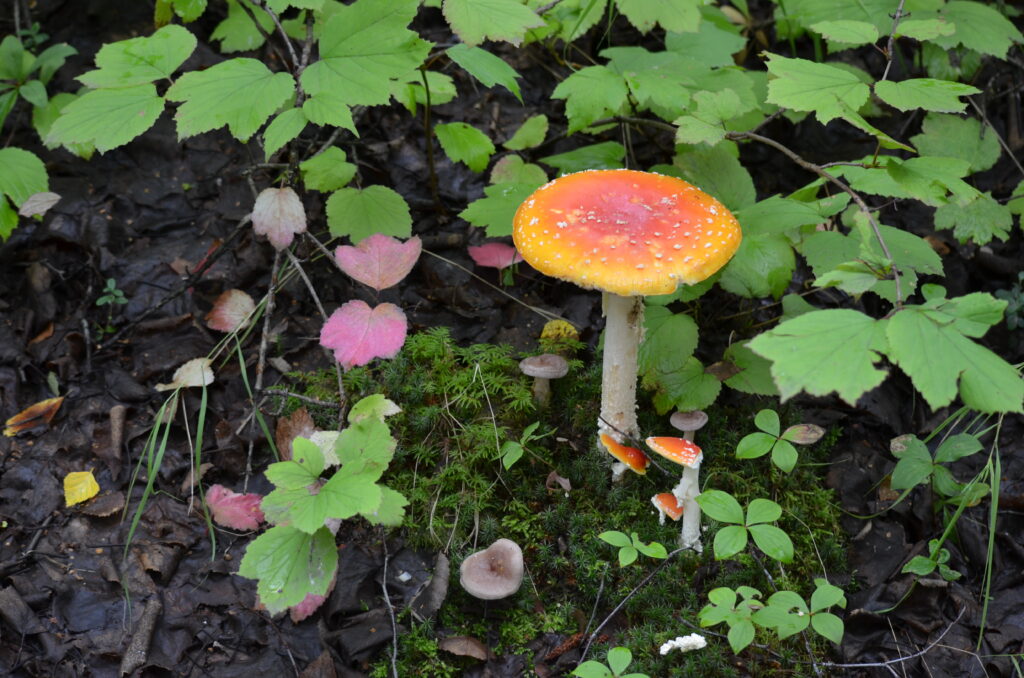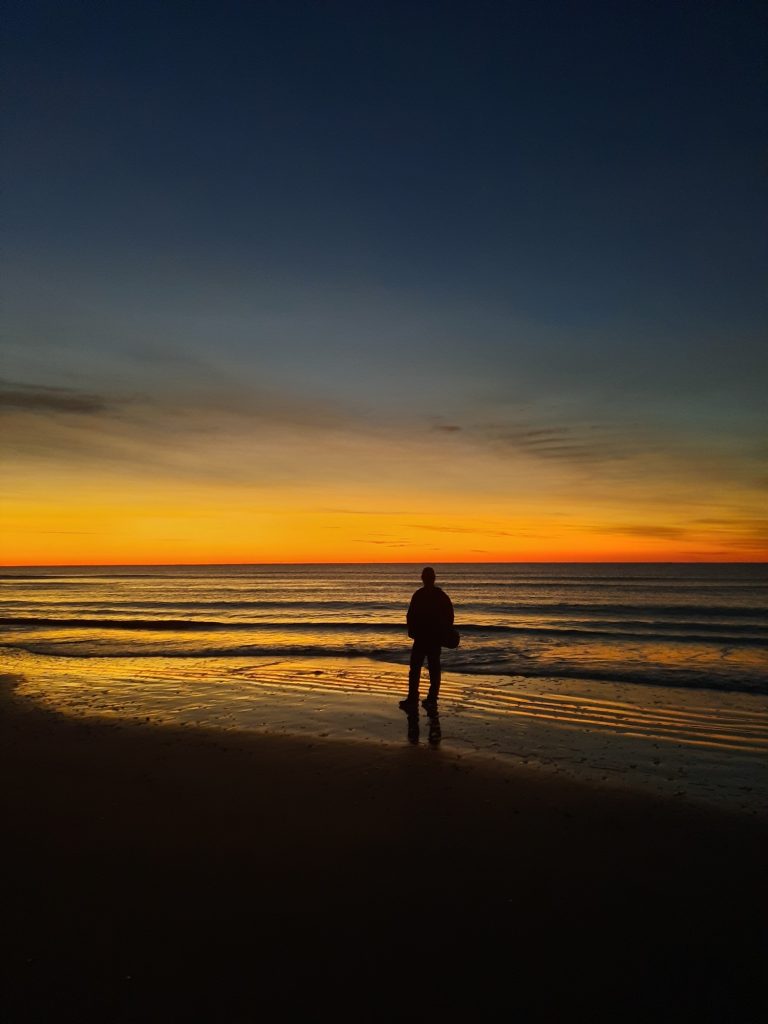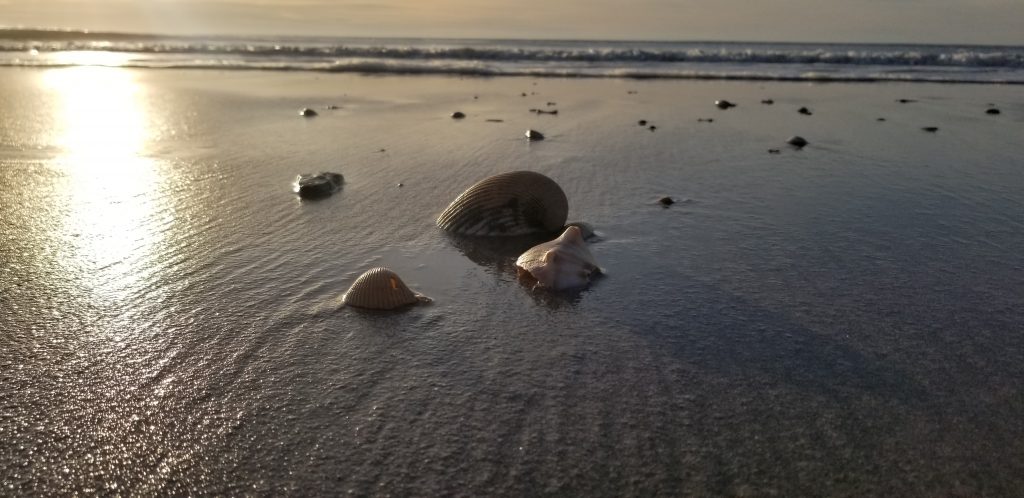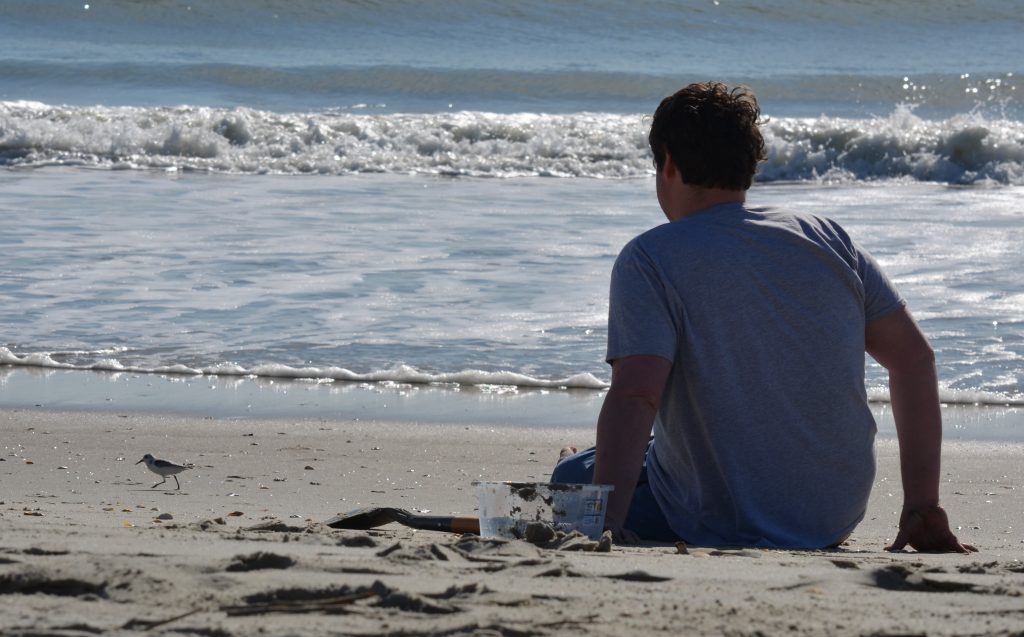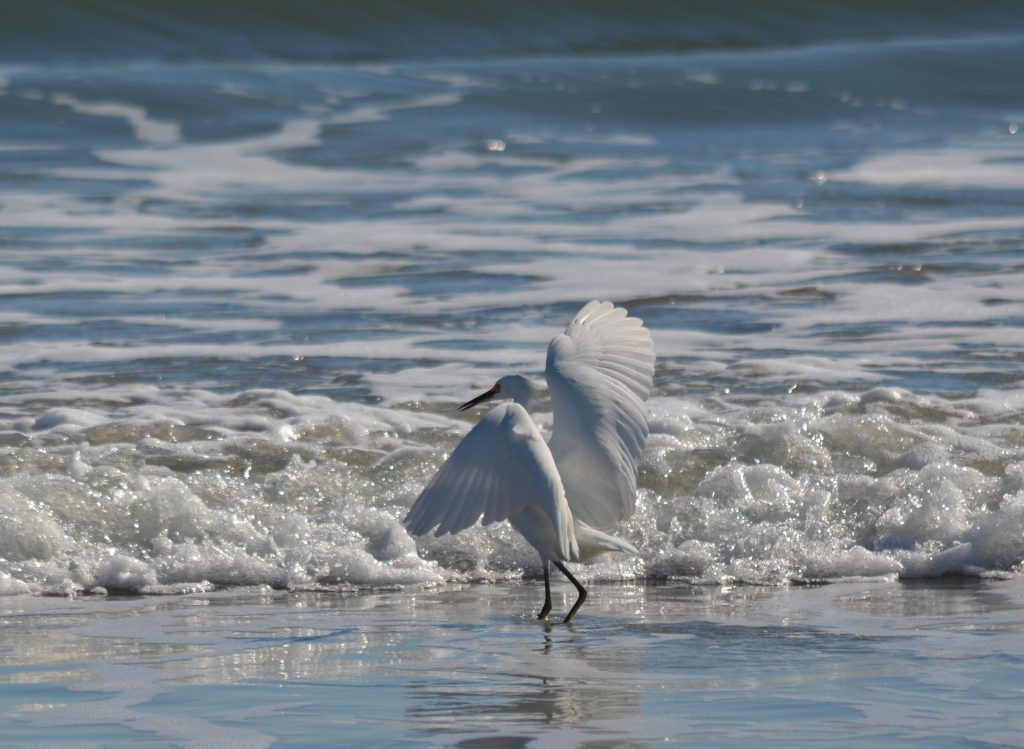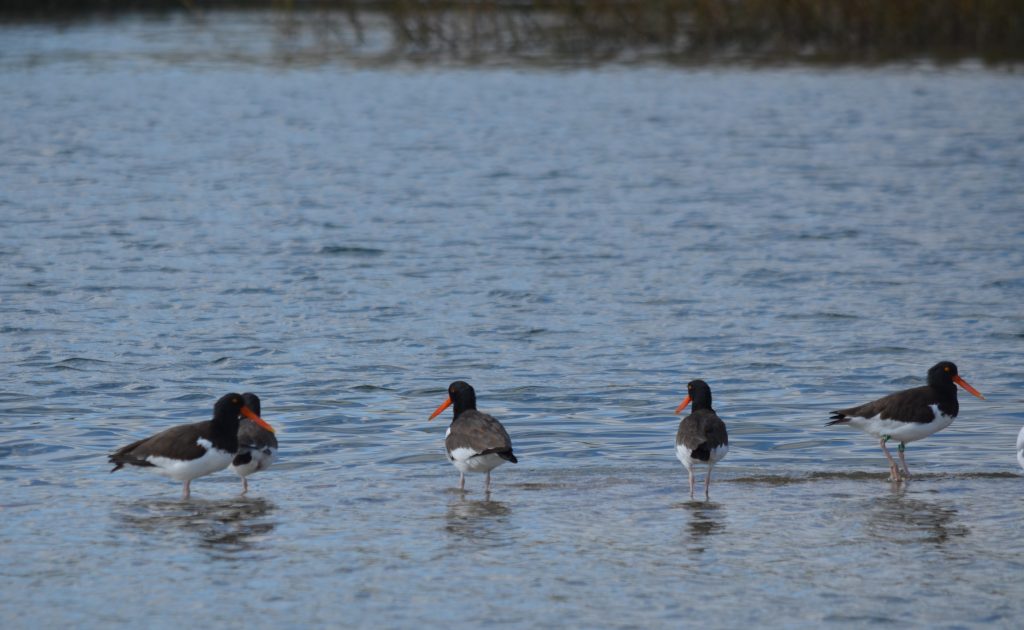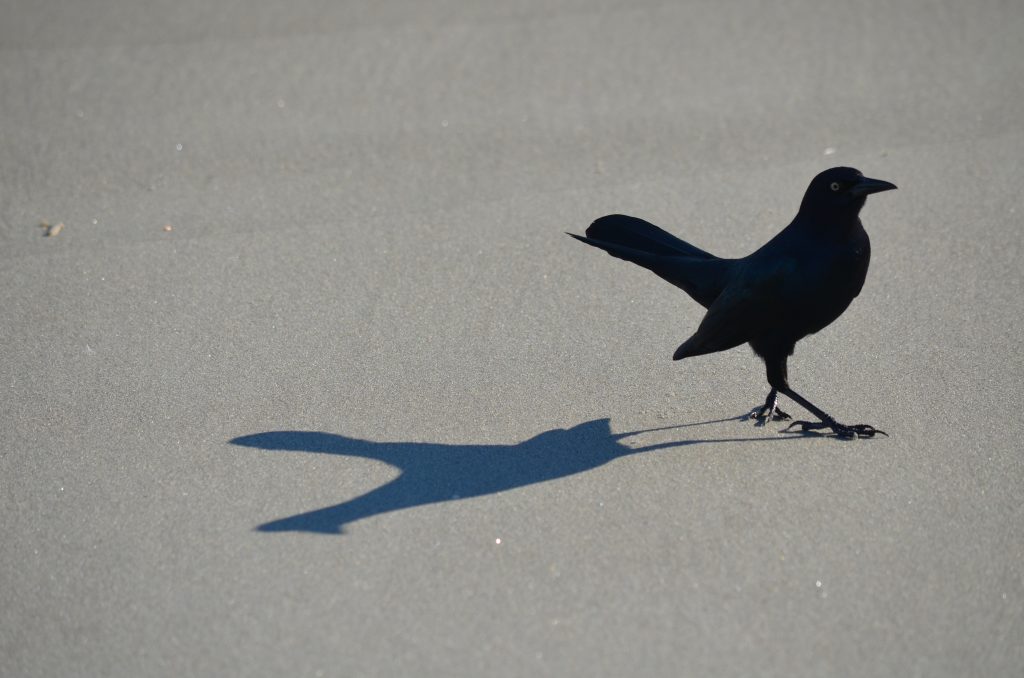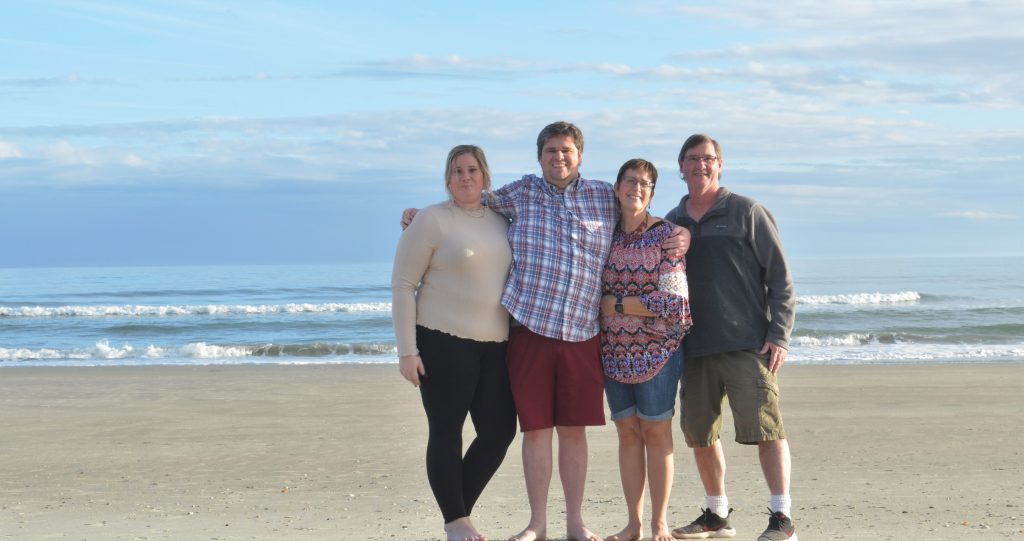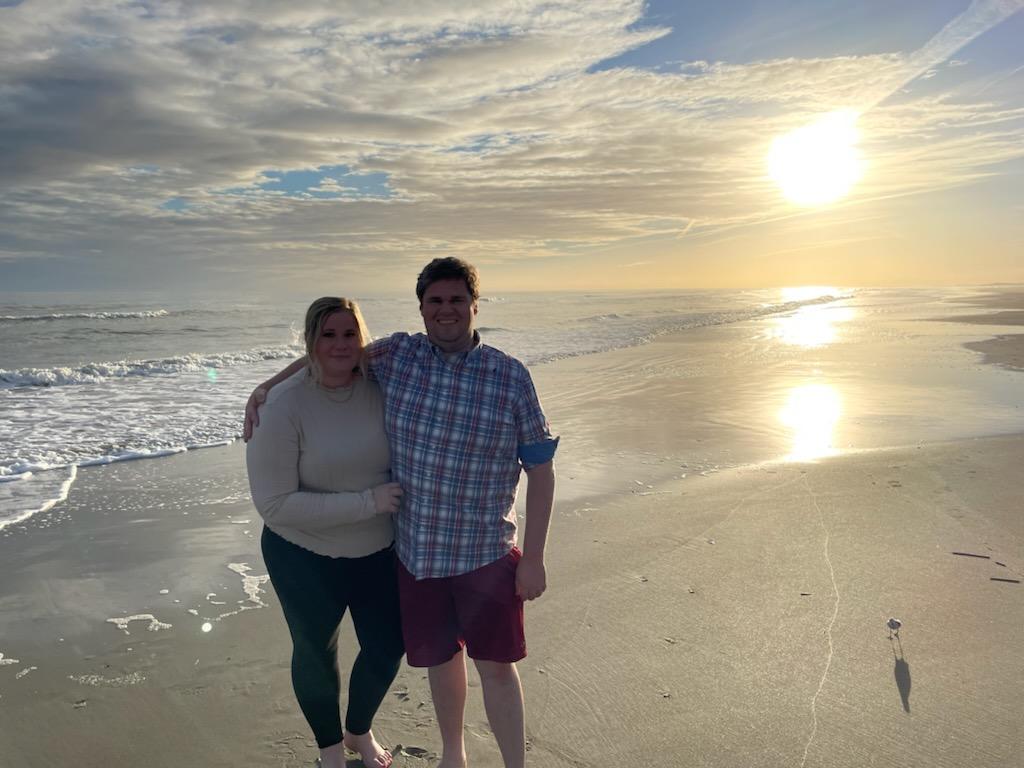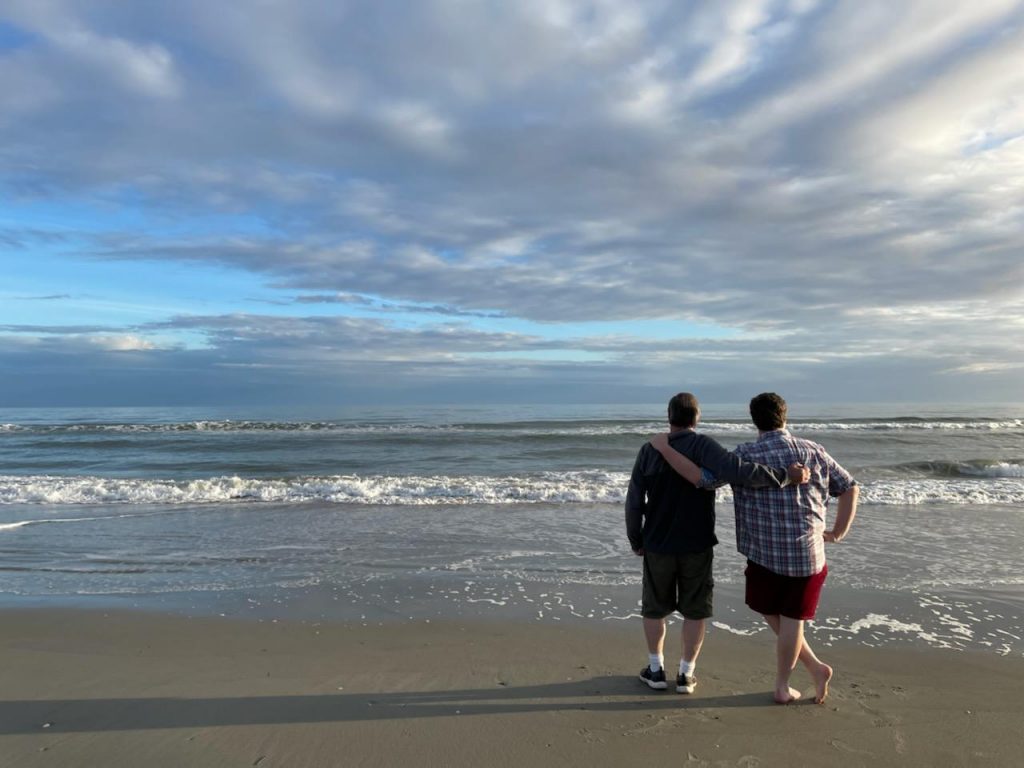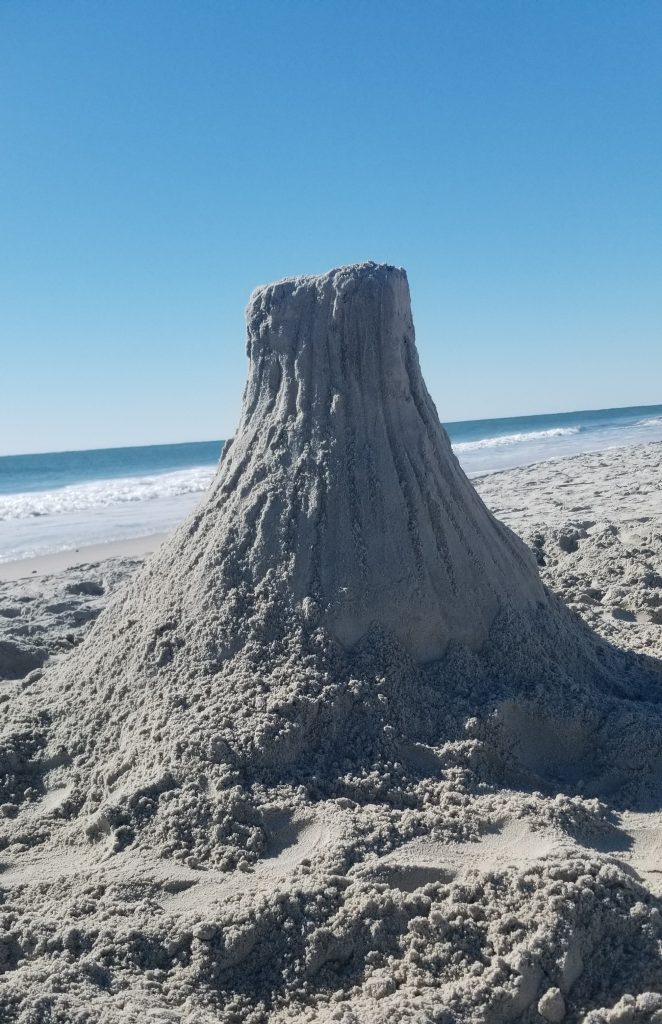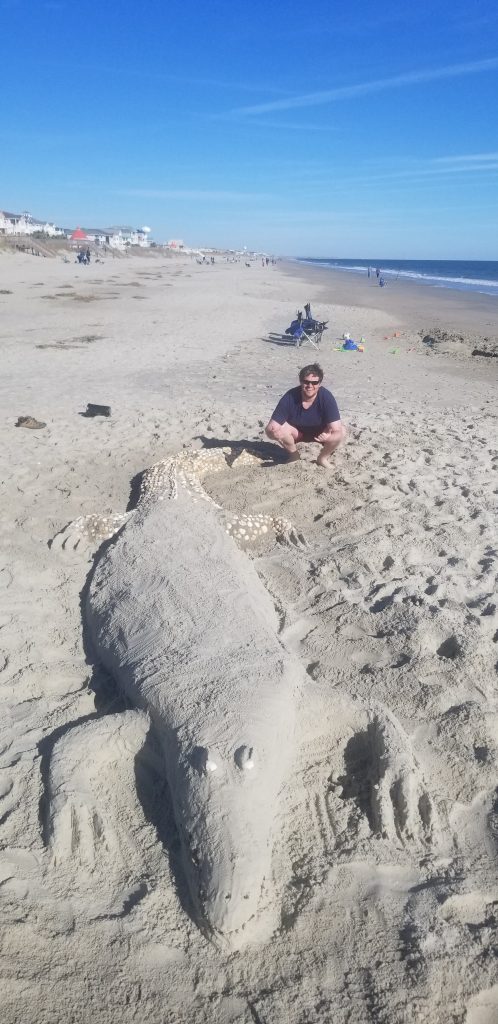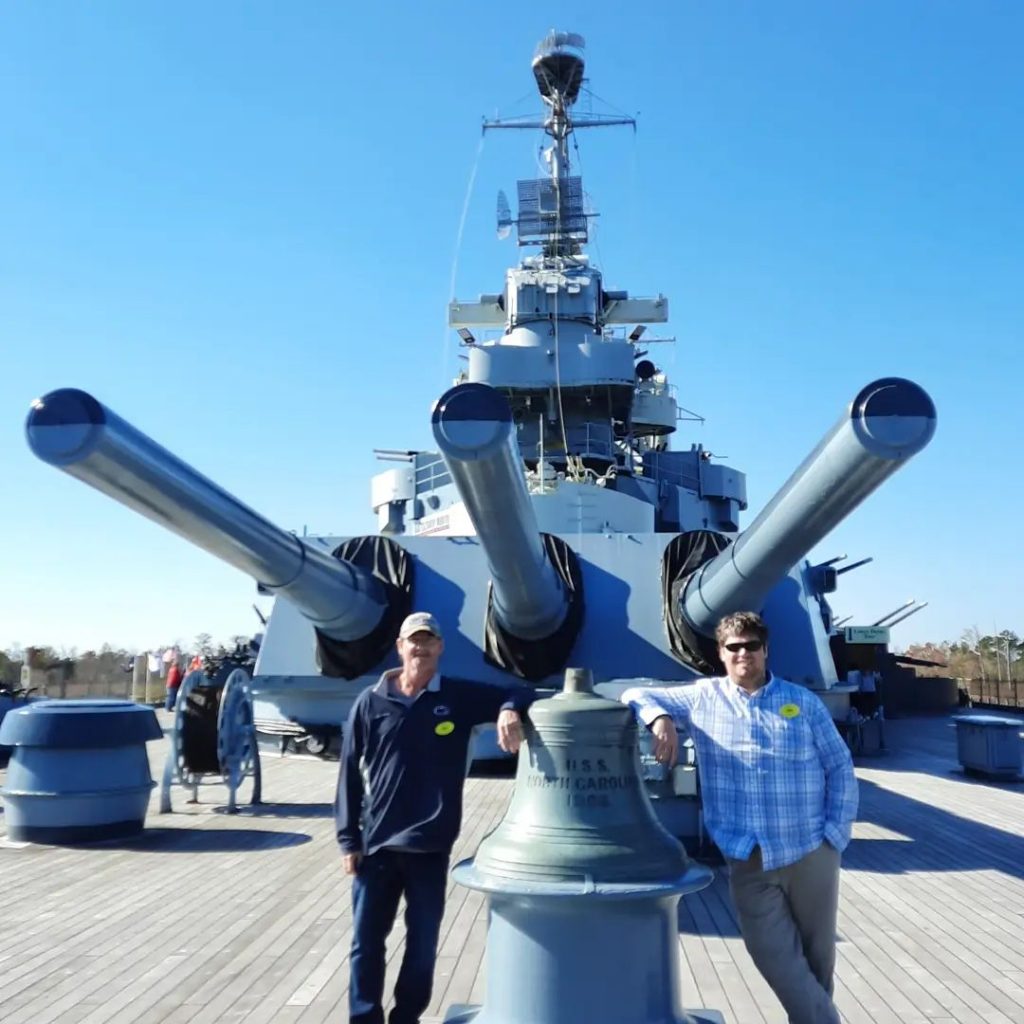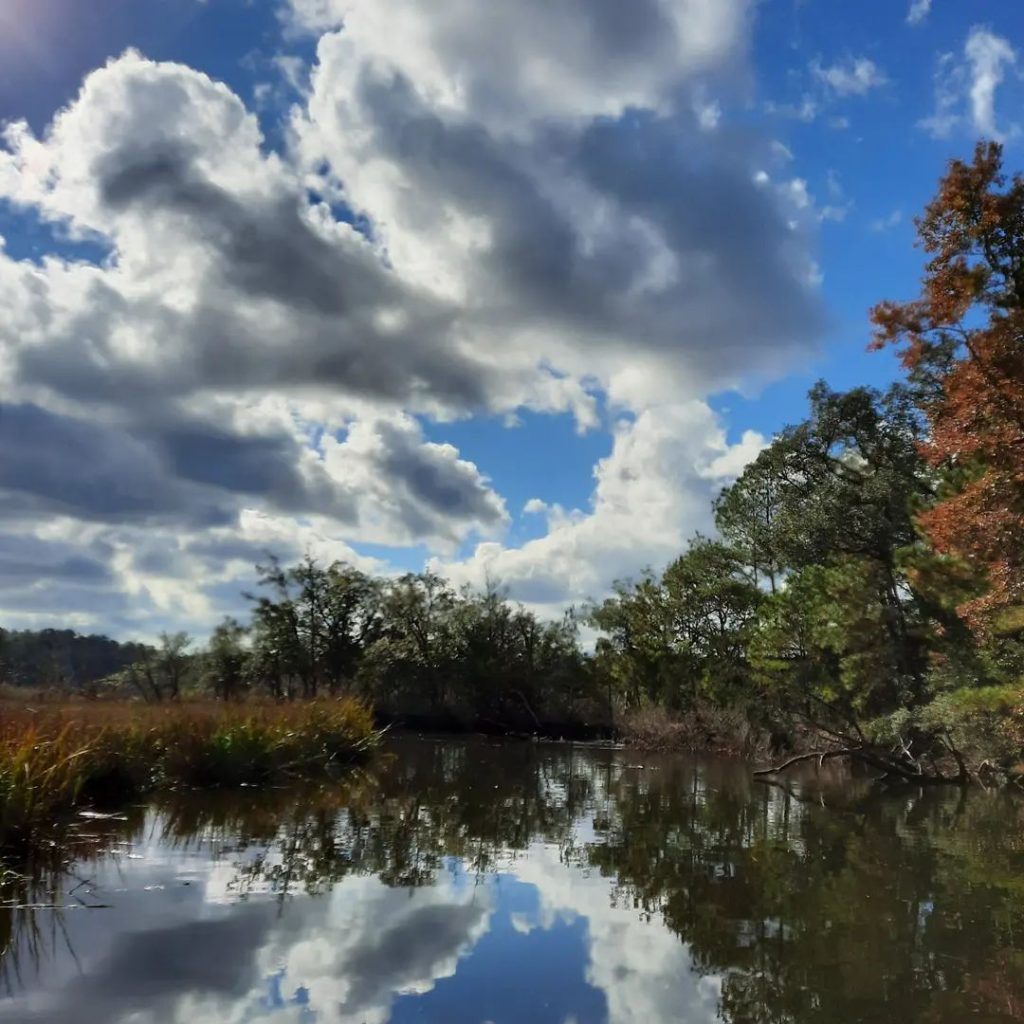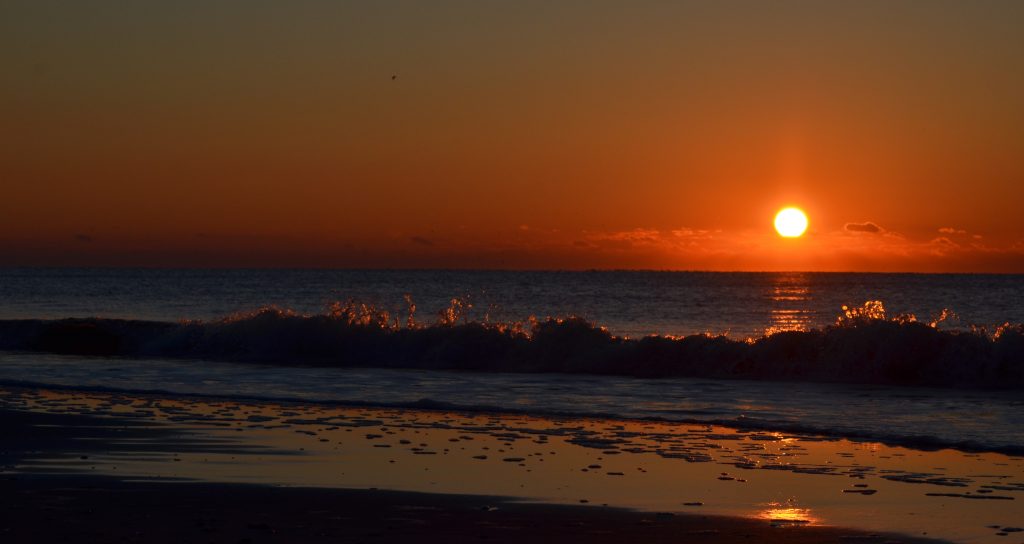It was unseasonably warm when we landed in Calgary, Alberta, Canada in late September. Our destination was the Canadian Rockies, specifically Banff & Jasper National Parks. This was a trip that was 3 years in the making. We had everything planned in the fall of 2022, but had to cancel due to large wildfires that were in the area. Even now in 2025, wildfires continue to burn, but luckily none were currently active in either of the parks we visited. We did have one day where the smoke from distant wildfires in British Columbia and the Yukon, was fairly heavy. Unfortunately, due to increased temperatures and prolonged droughts due to climate change, this has become normal for much of Canada. Despite the damage the wildfires have done to the landscape, Banff and Jasper National Parks are still a major tourist destination, with some of the most spectacular scenery and natural resources found anywhere in the world.
Sitting in each national park, are the two towns with the same names (Banff & Jasper), along with the town of Lake Louise, where most visitors start their daily adventures. Although these towns are very popular summer and fall vacation spots, they’re even more popular in the winter for skiing, snowboarding and snowshoeing, boasting of having some of the best ski resorts in Canada. As a matter of fact, we made a brief stop in Lake Louise in late winter of 2020, on a trip to the Northwest Territories to see the Northern Lights. We took advantage of the winter wonderland and went on a guided snowshoe hike-it was awesome, and we made a promise to return in the future for a warmer visit, and so we did!
Like many of our trips, we tried to jam as many things as we could into our schedule with the time we had planned. This part of the Canadian Rockies is known for its majestic mountains, hundreds of massive glaciers with sparkling, turquoise-colored lakes, roaring waterfalls, a variety of wildlife and endless miles of hiking trails. There’s a lot to take in and we did the best we could, from sunrise to sunset.
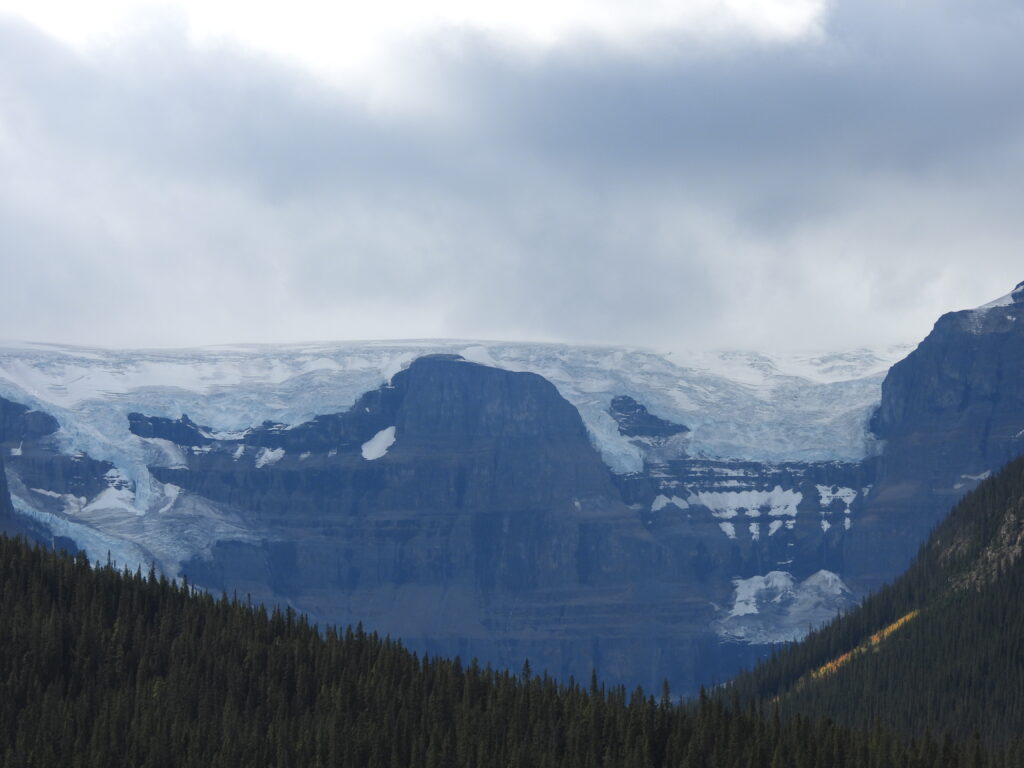
Banff National Park is Canada’s first national park and the flagship of the nation’s park system. Banff is part of the Canadian Rocky Mountain Parks UNESCO World Heritage Site. Driving north from the town of Banff, you enter the Icefields Parkway, a 144-mile scenic highway that connects Banff National Park and Jasper National Park. This highway is surrounded by towering mountain peaks, with dozens of huge glaciers that seem to be hanging on the edges of cliffs, or tucked away in the high valleys. The glaciers in this area are all part of the Columbia Icefield and are believed to be between 45 and 120 million years old. But even more stunning are the lakes that the runoff from the glaciers form!
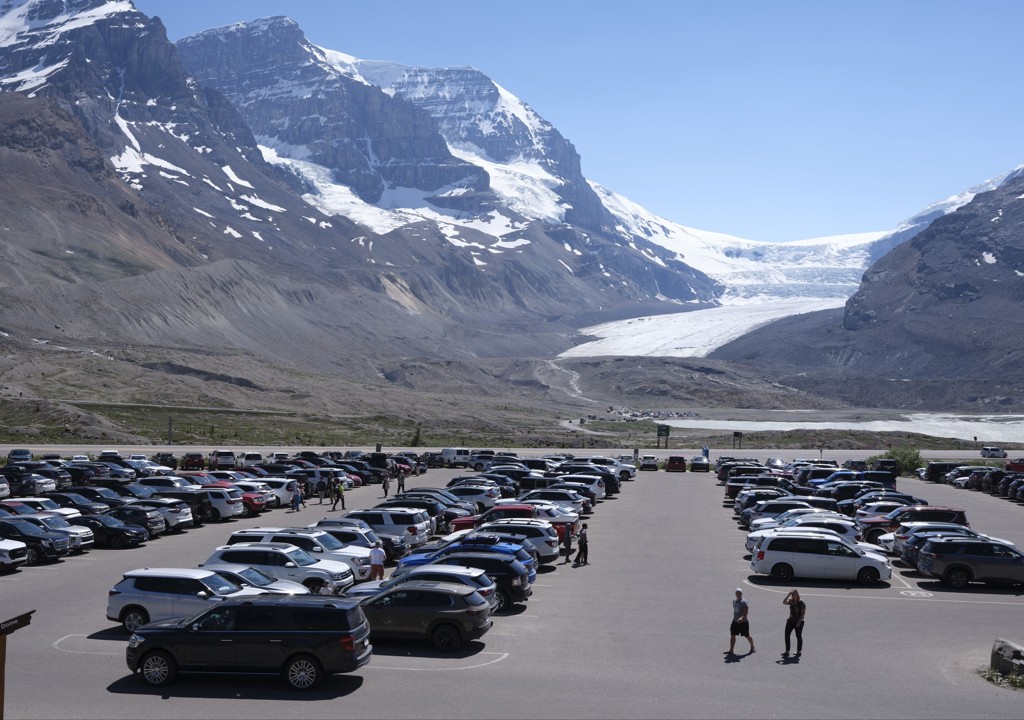
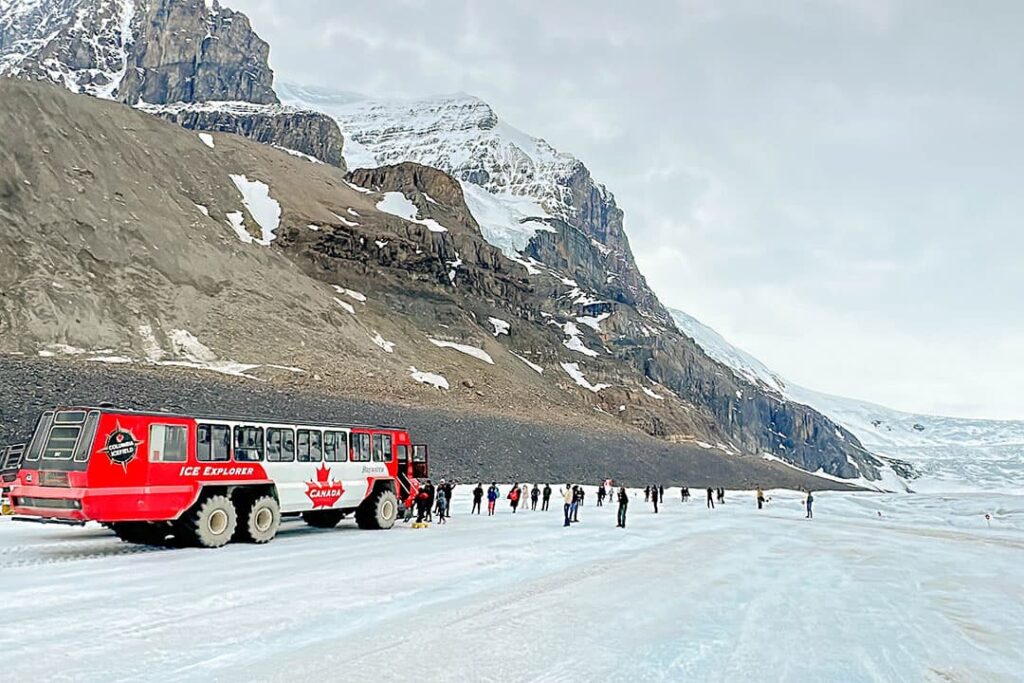
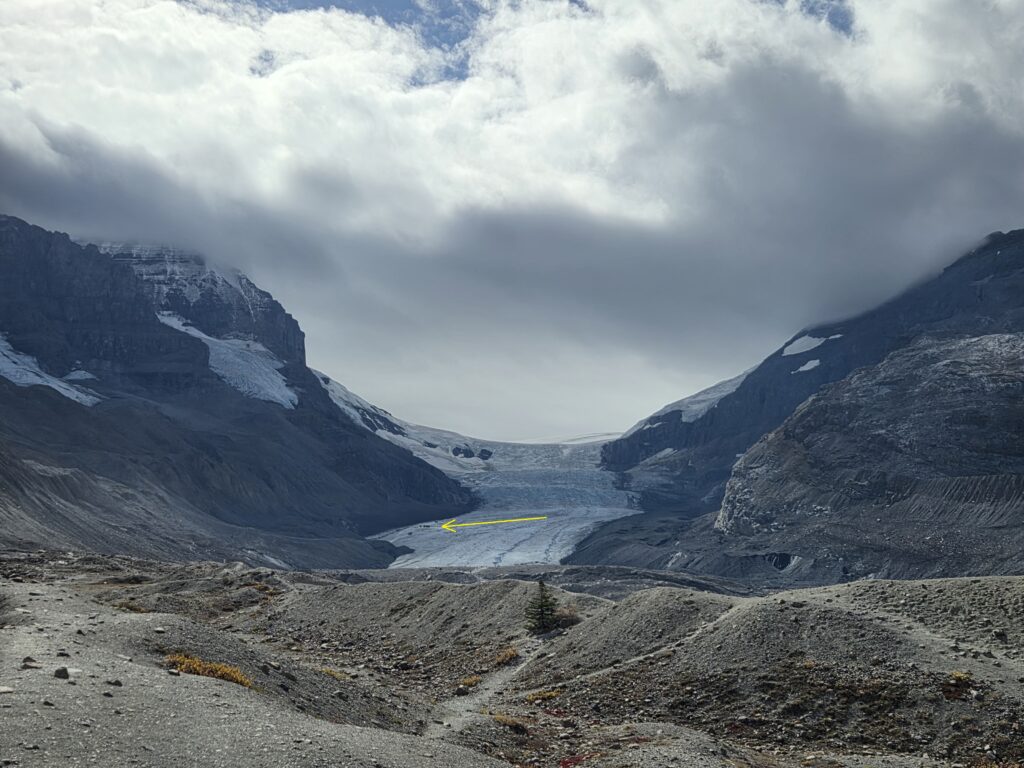
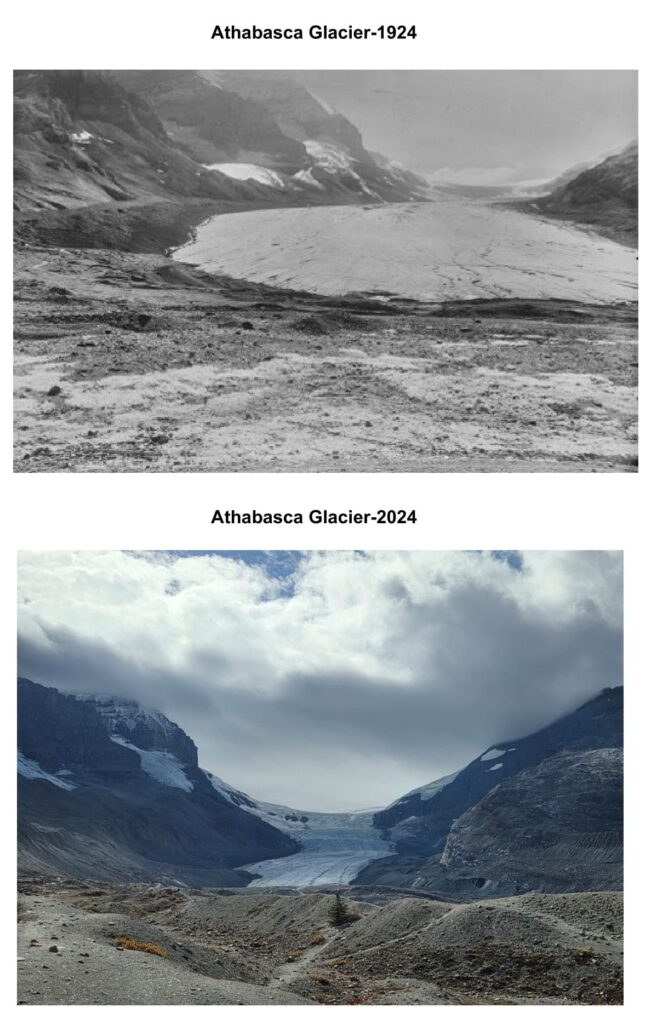
And of course, when you visit Banff National Park, you must visit its most famous tourist attractions-Moraine Lake and Lake Louise! We did a pretty good job of not getting many of the 10,000 other visitors that were there when we were! Uggghh!
These beautiful turquoise lakes are fed by rivers where large, active glaciers are pushing through rocky valleys upstream. The glaciers function like bulldozers, grinding away and pulverizing rocks along valley floors and walls. The process produces a fine-grained powder of silt and clay, called glacial flour, that is picked up by meltwater streams. Since the particles are so fine, they are slow to sink to the bottom, remaining suspended in the water column instead.
When sunlight hits the water, these particles absorb the shortest wavelengths: the purples and indigos. Meanwhile, the water absorbs the longer wavelength reds, oranges, and yellows. That leaves mainly blues and greens to get scattered back to our eyes. Even as we stood there staring at them and snapping photos, they didn’t look real! And of course, wherever you have tall mountains with melting glacier streams, you’ll have roaring, powerful waterfalls in the valleys below, and both parks have plenty of them, right along the parkway.
One thing we always seek out during our vacation journeys is the chance to see/photograph wildlife. I knew these parks had an abundance of critters-from Grizzly Bears to Ground Squirrels, though it was a bit more challenging finding them. We were told the recent wildfires that have scorched thousands of acres of forests had a lot to do with it. But having visited many national parks in both the U.S. and Canada, we think the large crowds of people also looking for wildlife, contributed to the animals staying out of sight. Despite the many herds of humans we saw, we did manage to find many Elk, a couple female Moose and a few female Bighorn Sheep with babies that were still nursing.
One of the “target” animals I really wanted see were Mountain Goats. These white, nomadic animals are usually found high on cliffs, rarely coming down in the warmer months. At each stop we made, I would scan the cliffs and high mountain meadows to see if I could pick out a few, moving “white rocks.” I got a lot of curious looks from other people when I would stand with my back to a popular waterfall attraction (not looking at it) with binoculars up to my eyes looking above all their heads! At one pull-off I finally found a few, but they were miles away, barely visible even with my binoculars. Then, early one morning as we drove back south along the Icefields Parkway, we came around a corner and suddenly I noticed this large white blob standing right in the gravel shoulder of the highway, next to a fenced off area. It was a large male Mountain Goat, most likely licking salt off the side of the road. I slammed on the brakes, almost propelling Theresa through the windshield to the valley below. I hollered at her that there was a Mountain Goat right outside her window! She had just enough time to roll down her window and snap a few pics with her cell phone, as the cool-looking goat, turned, showed us his butt, and proceeded to drop down over the steep edge. It was a quick encounter, but awesome to see! We also saw a few birds, including Black-billed Magpies, Stellar’s Jay, Canada Jay, Clarke’s Nutcracker and a Golden Eagle being harassed by Common Ravens.
As we traveled north, following the Saskatchewan River, we entered Jasper National Park, the largest national park in the Canadian Rockies at over 11,000 square kilometers (4,247 square miles). As a comparison, Yellowstone National Park is 3,472 square miles. Just outside the Town of Jasper, we took a couple hours and hopped on the Jasper Tram to the top of Whistler Mountain. The views were fantastic, as we could see for 50 miles in every direction!
As we continued along our northerly route, we also took a few hours to head west to British Columbia to visit Mount Robson Provincial Park, home to Mount Robson, the highest peak in the Canadian Rockies at about 13,000 feet. With its snow-capped peak, almost covered in clouds, it was the most impressive mountain we saw. On our return trip south, we also visited Yoho National Park and Kootenay National Park, once again, venturing back into British Columbia.
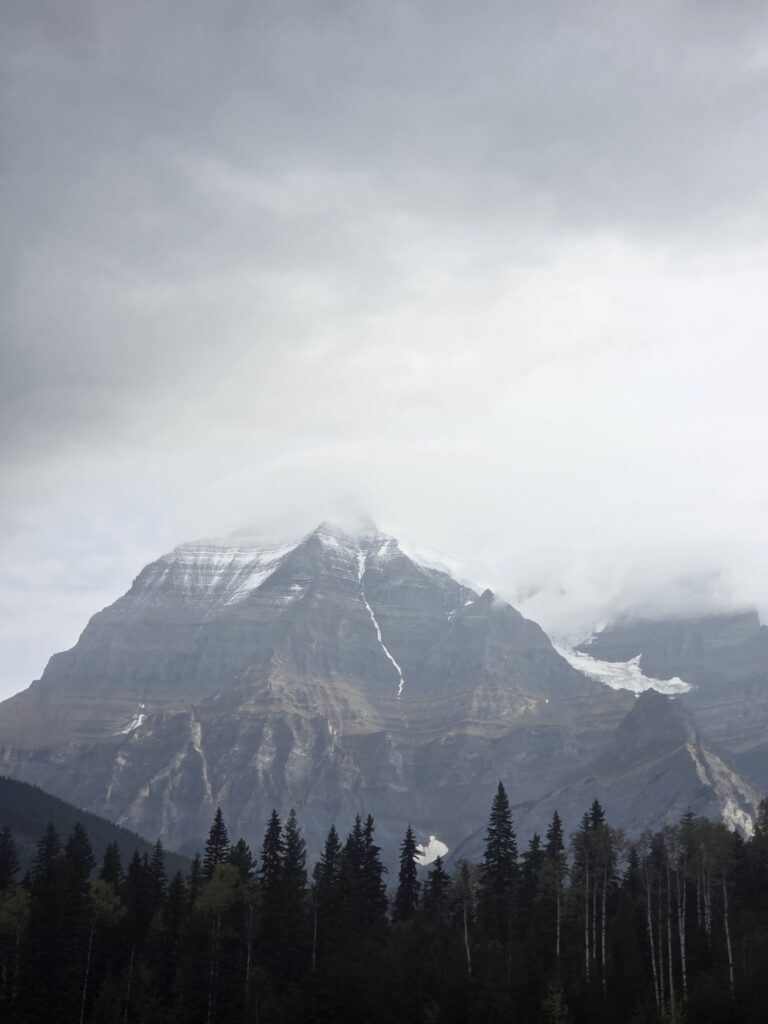
Banff and Jasper National Parks are by far the most popular, most visited national parks in Canada. But located just west of Banff is the smaller, quieter Yoho National Park, with a lot less people. Theresa and I both agreed that the entire Icefields Parkway from Banff to Jasper was gorgeous and spectacular, but a close second of our entire trip was the short time we spent in Yoho! From the towering Takakkaw Falls (833 ft), to the crystal clear, reflective, blue-green water of Emerald Lake. The park had so many picturesque attractions. Emerald Lake might be the most beautiful lake we’ve ever seen!

We ended our trek through the Canadian Rockies with a visit to our fourth national park in 7 days, Kootenay National Park. Again, this is a smaller, less visited park than the “big two,” but still had towering mountains, rushing waterfalls and miles of hiking trails. One of the coolest stops we made was at a famous little roadside pull-off. That exact spot was not only the border between Yoho National Park and Kootenay National Park, but it was also the border between the Province of Alberta and the Province of British Columbia. But the most impressive fact about that location was that it was the actual Continental Divide, where all water flowing from my right eventually flowed into the Atlantic Ocean, and all water flowing from my left eventually flowed into the Pacific Ocean! As a note, I did walk behind the wall and the sign, but found no water at all! But how cool is that!
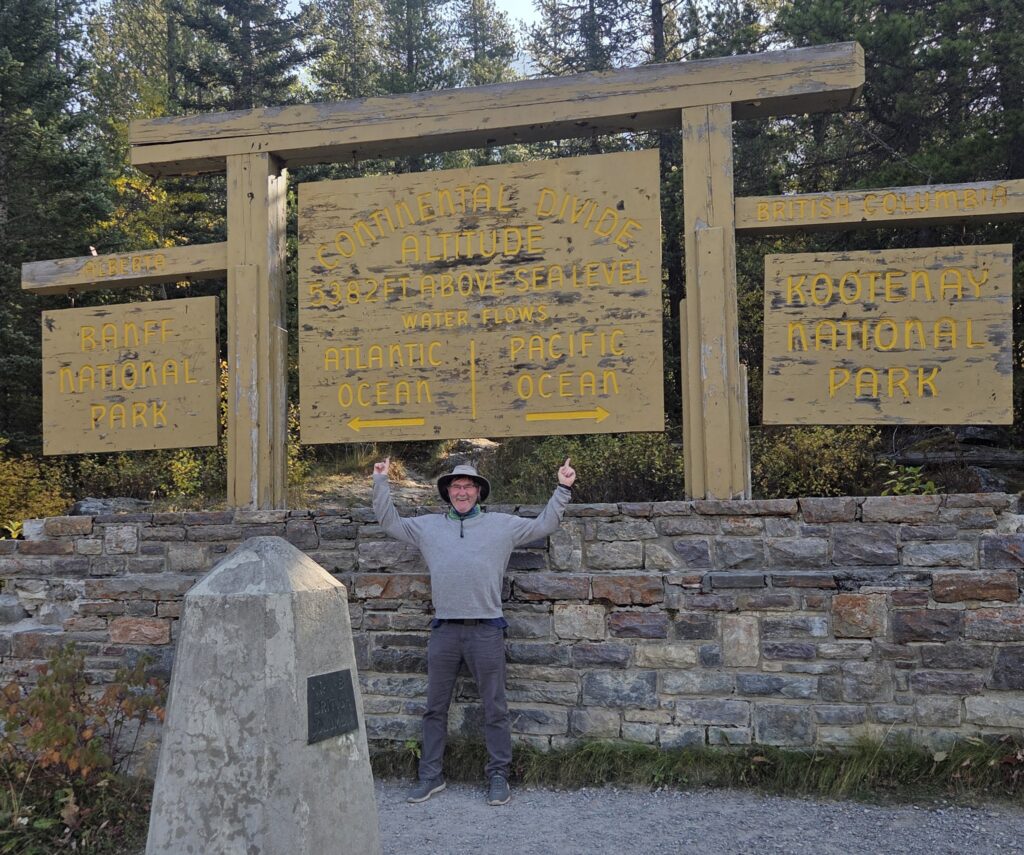
It was jam-packed trip through the Canadian Rockies, with so many wonderful natural features to experience and enjoy! We easily could have spent a couple more weeks exploring other areas of each park-gazing at majestic mountain peaks, impressive glaciers, and maybe, just maybe, discovering a few more Mountain Goats!
